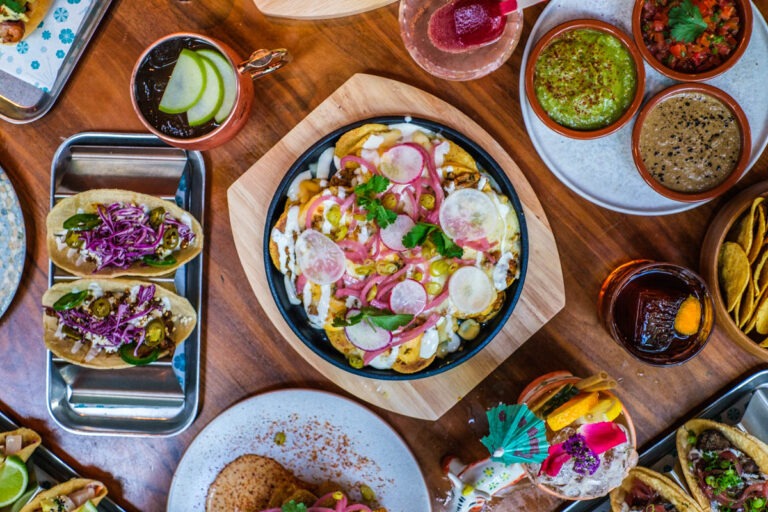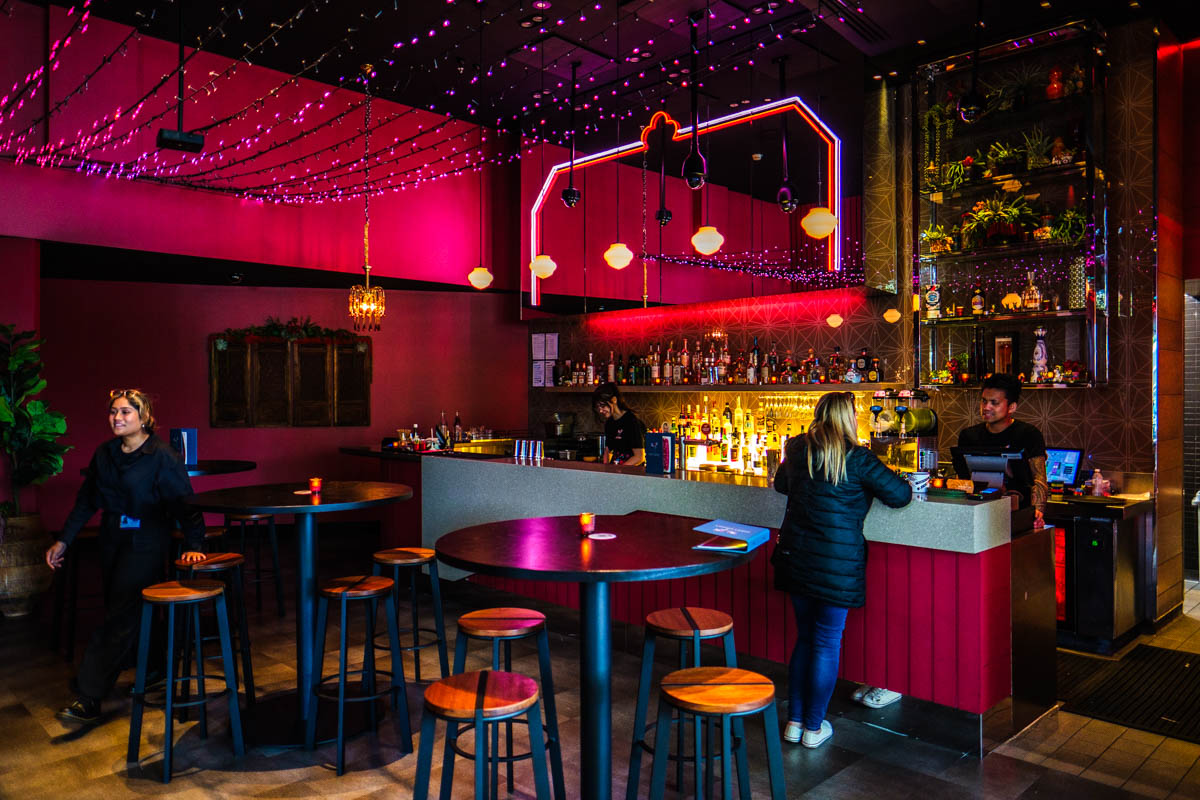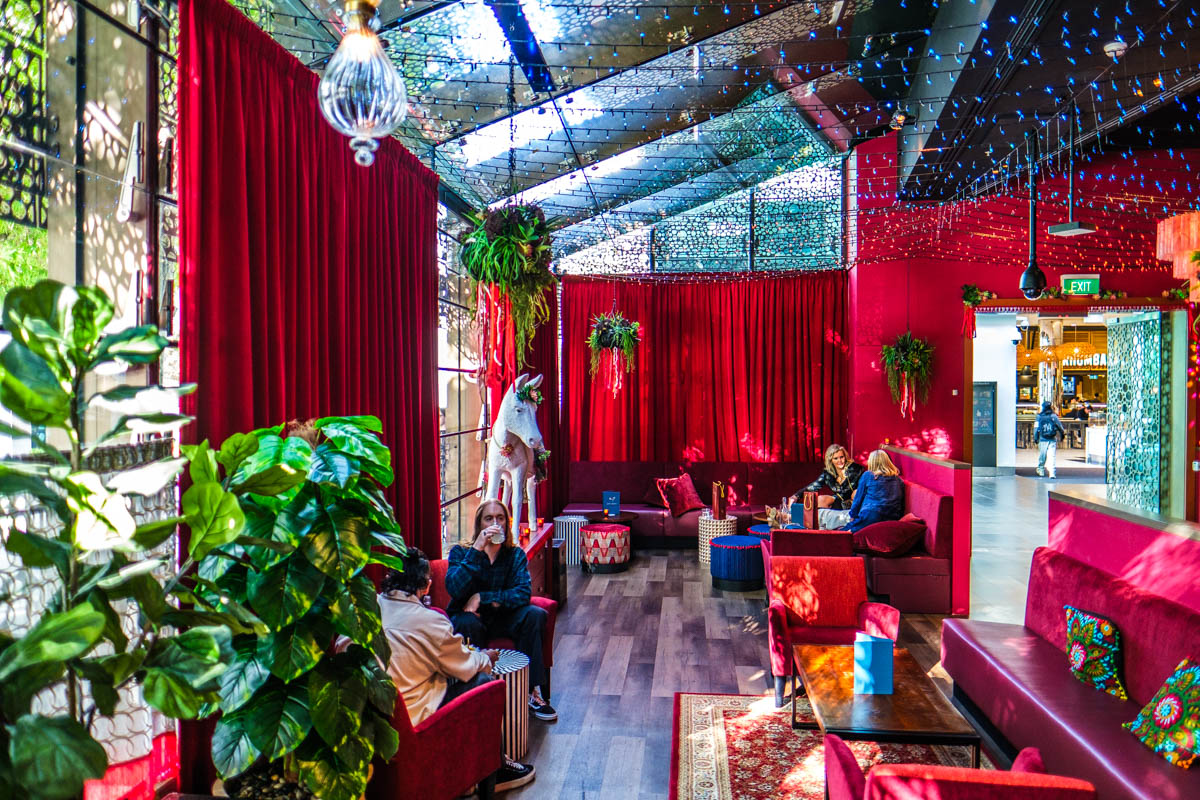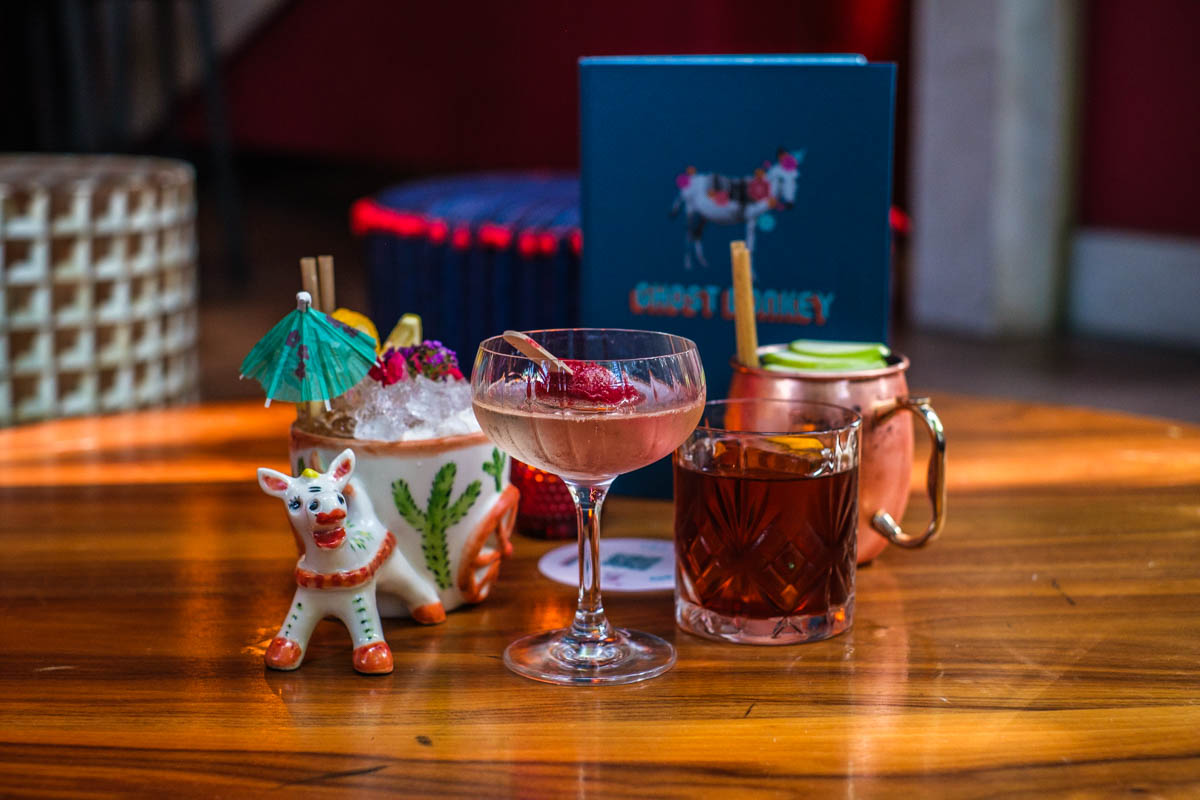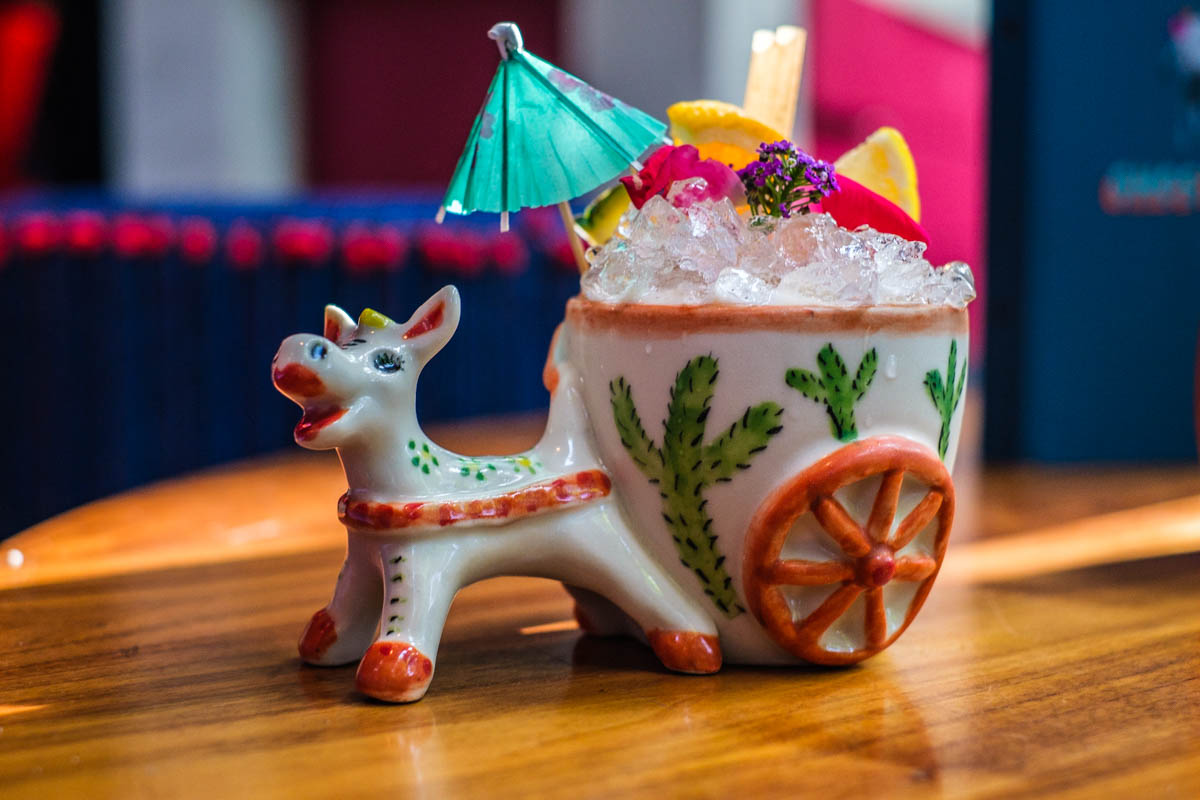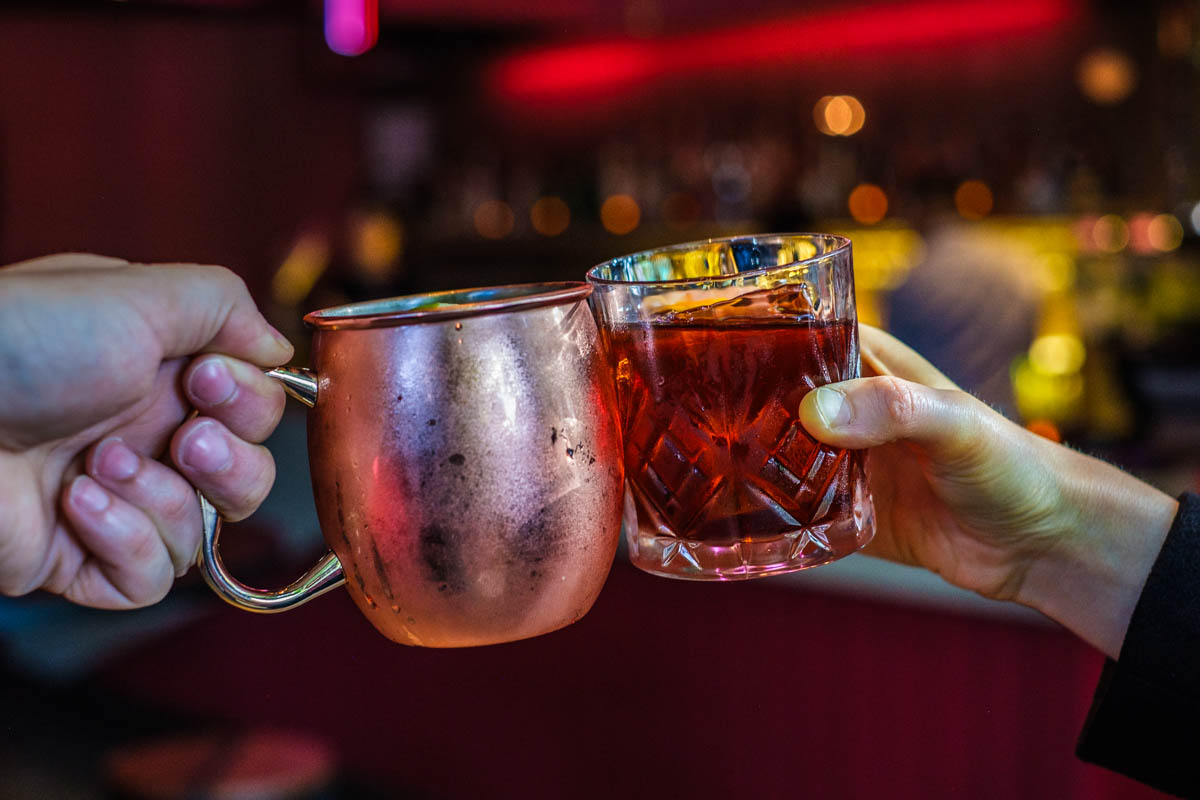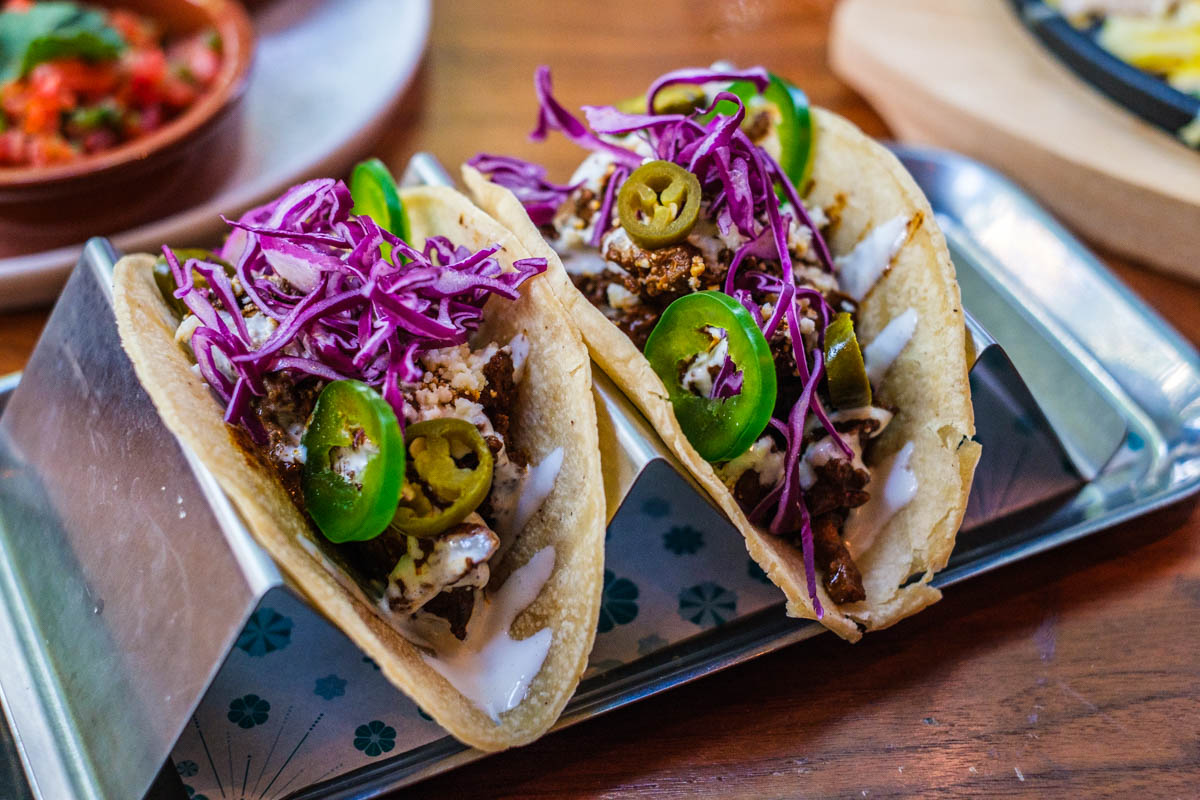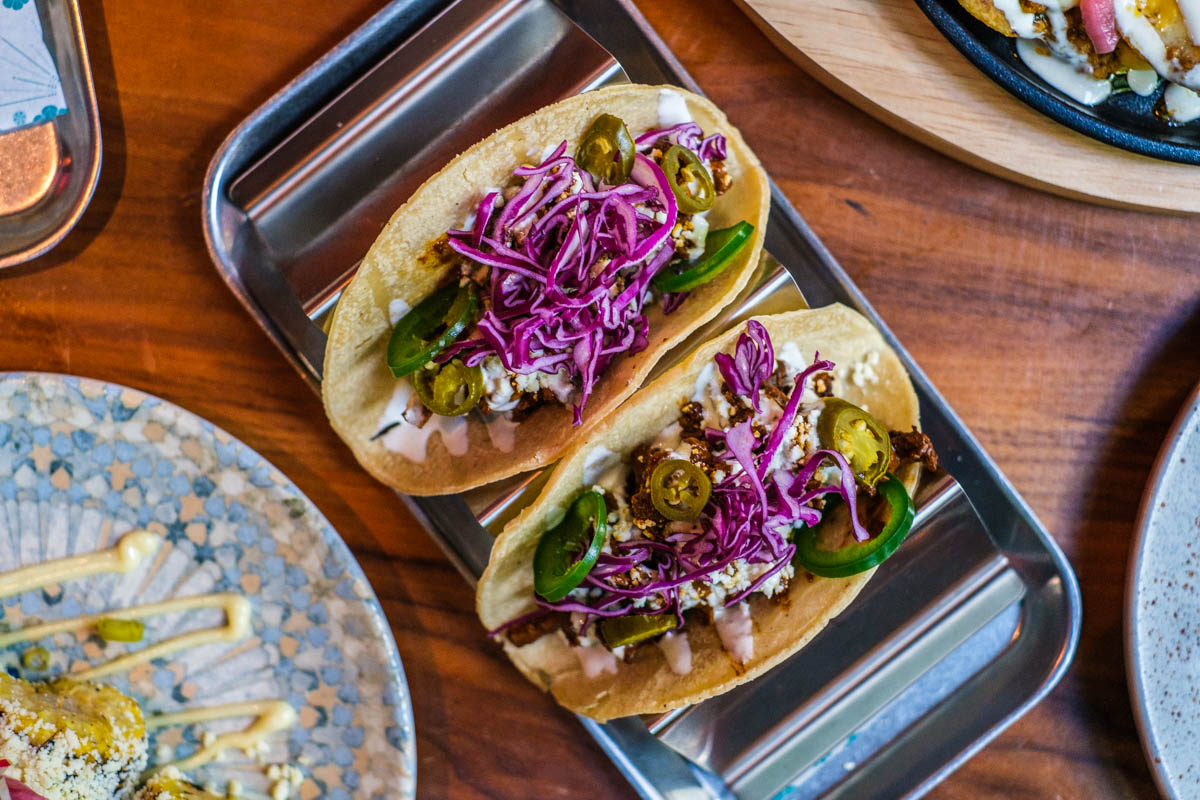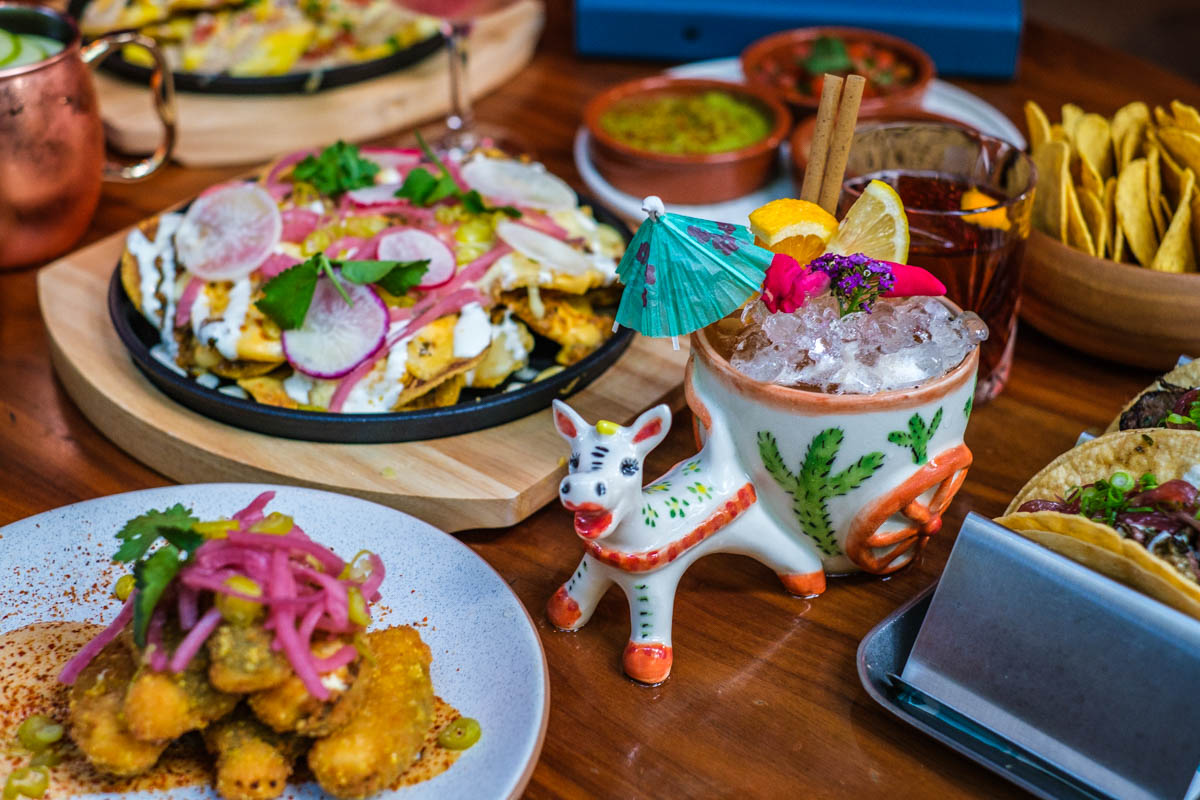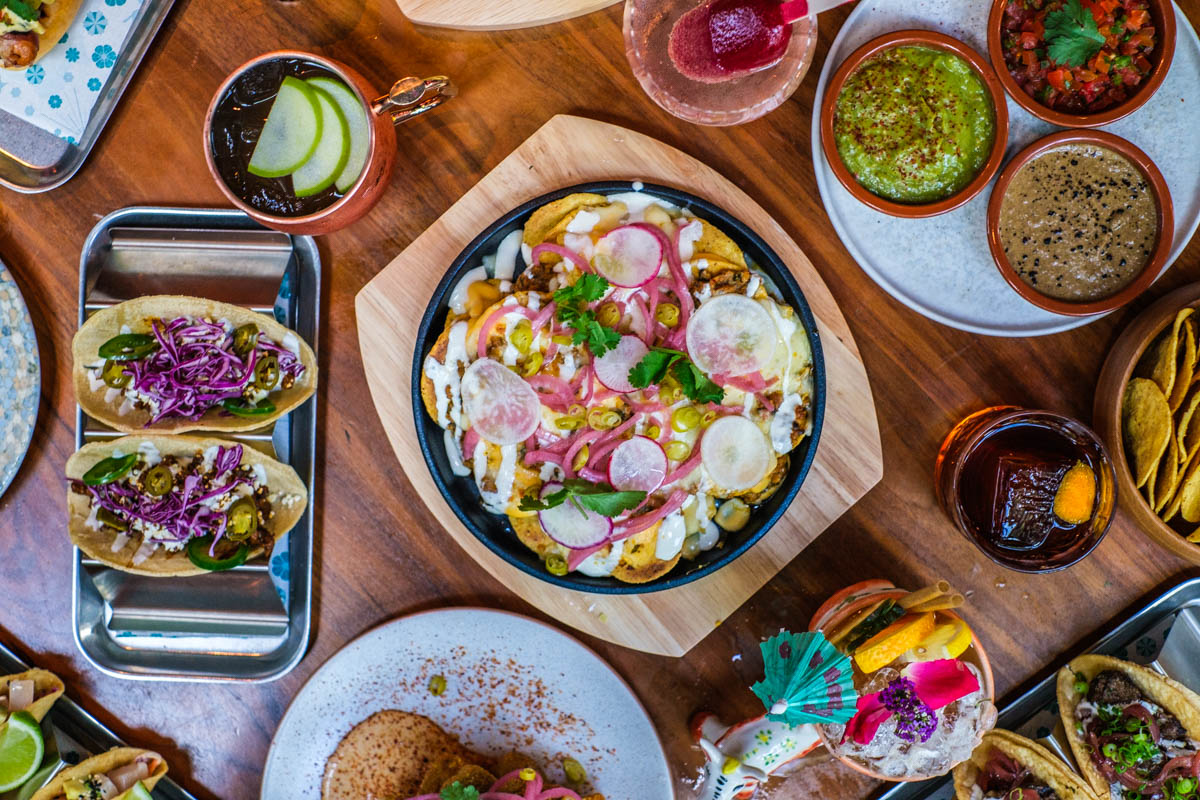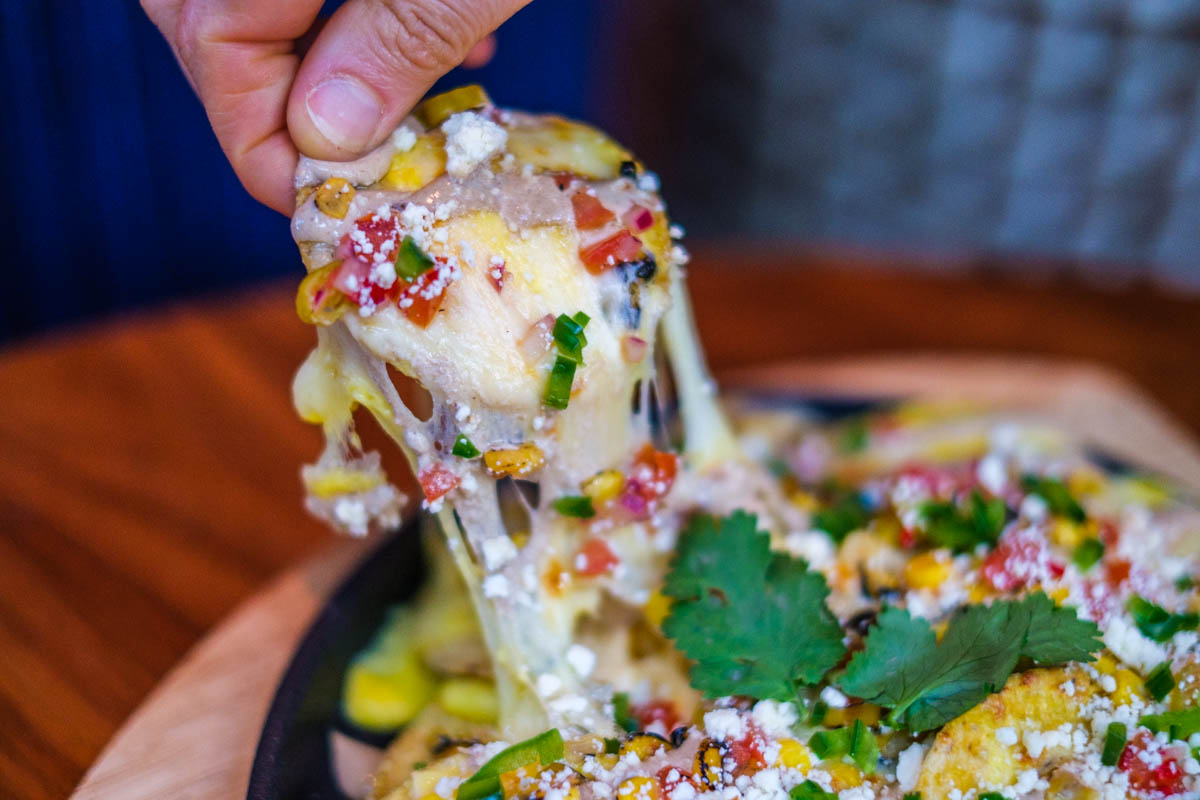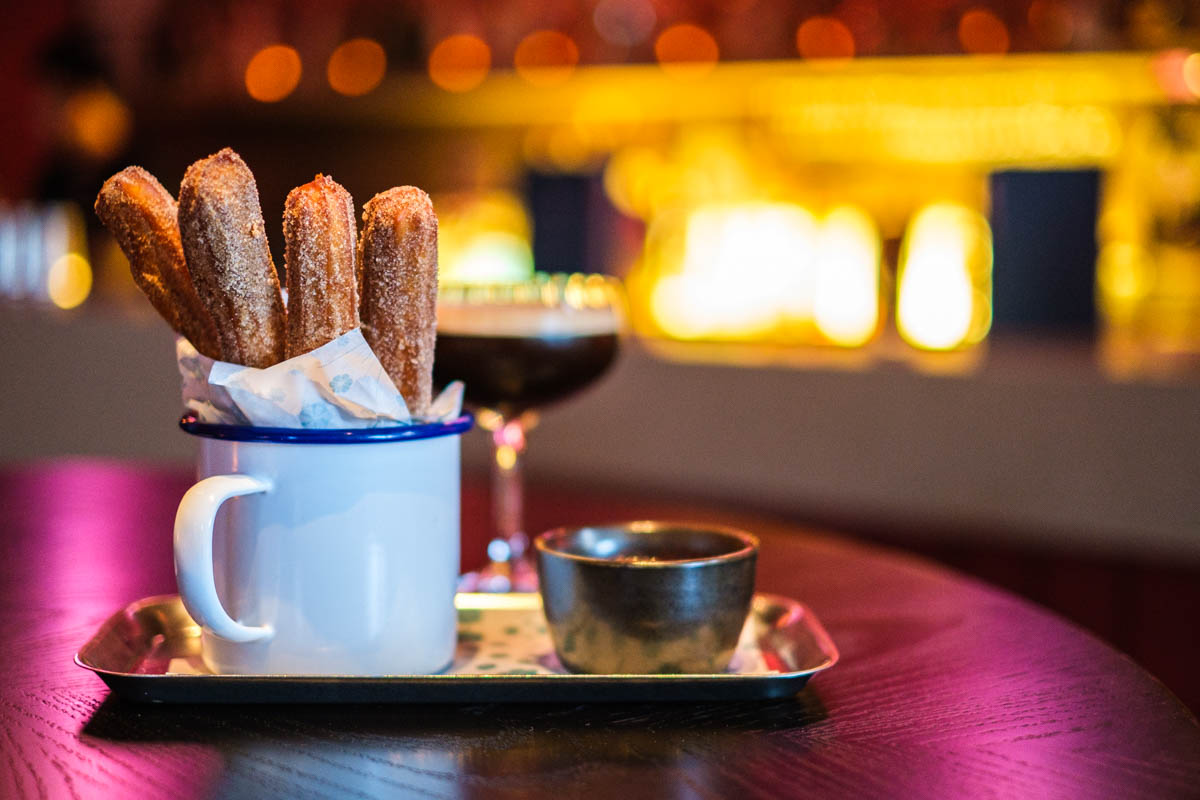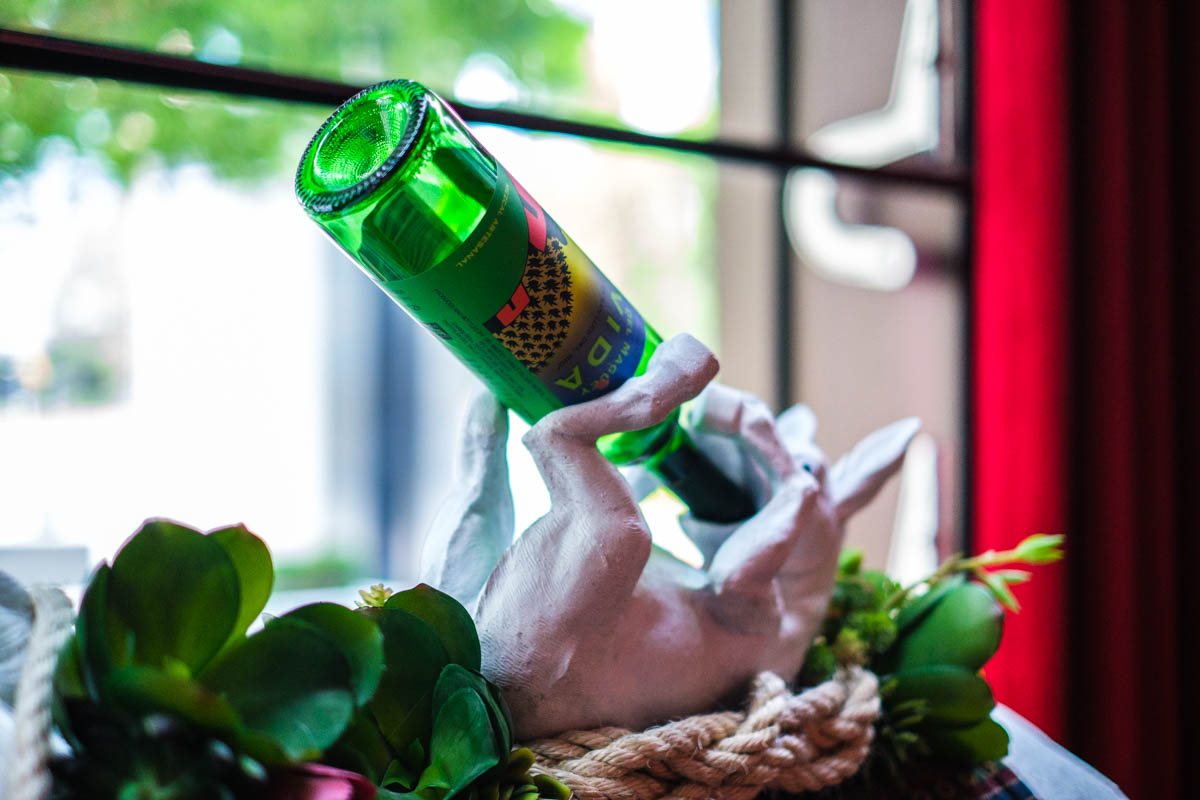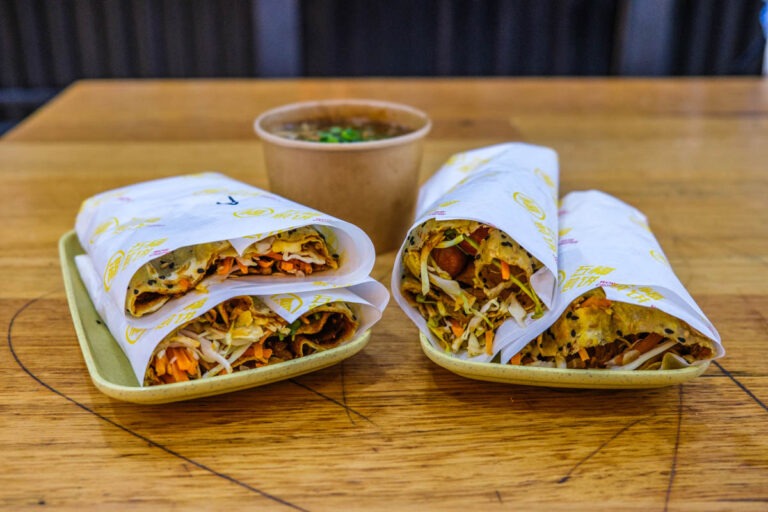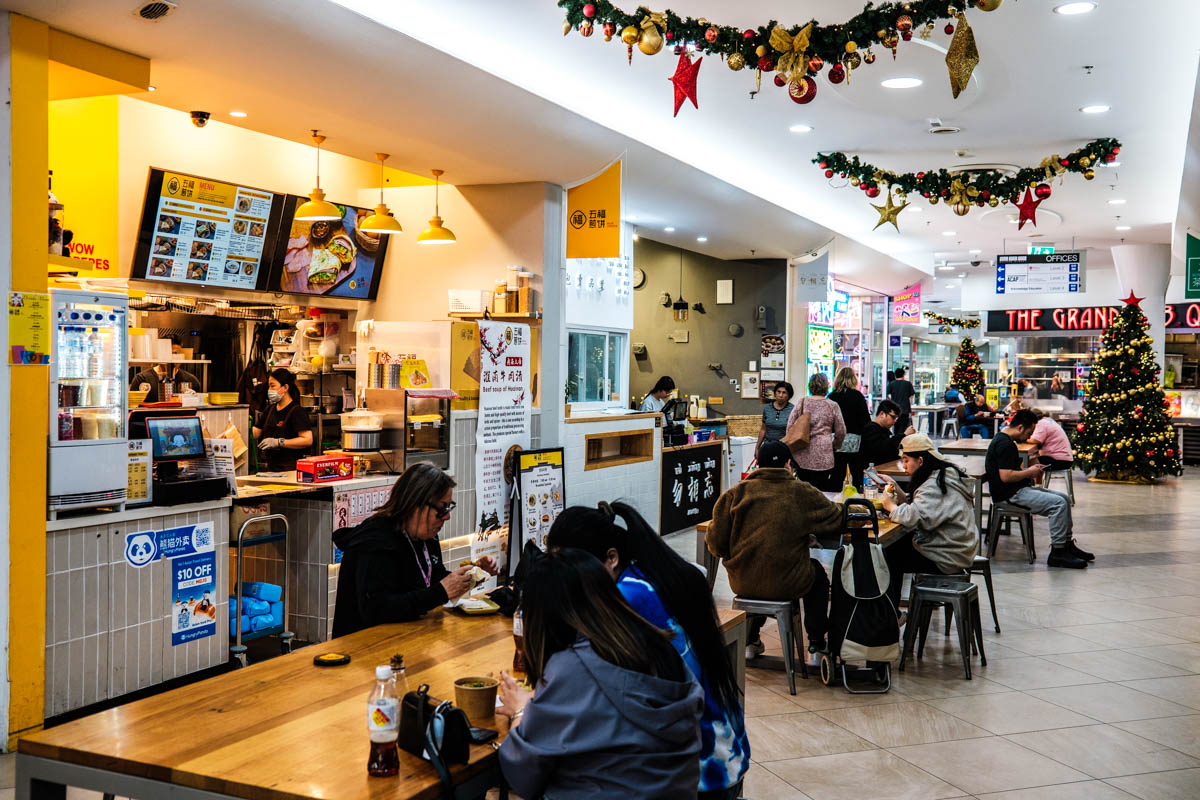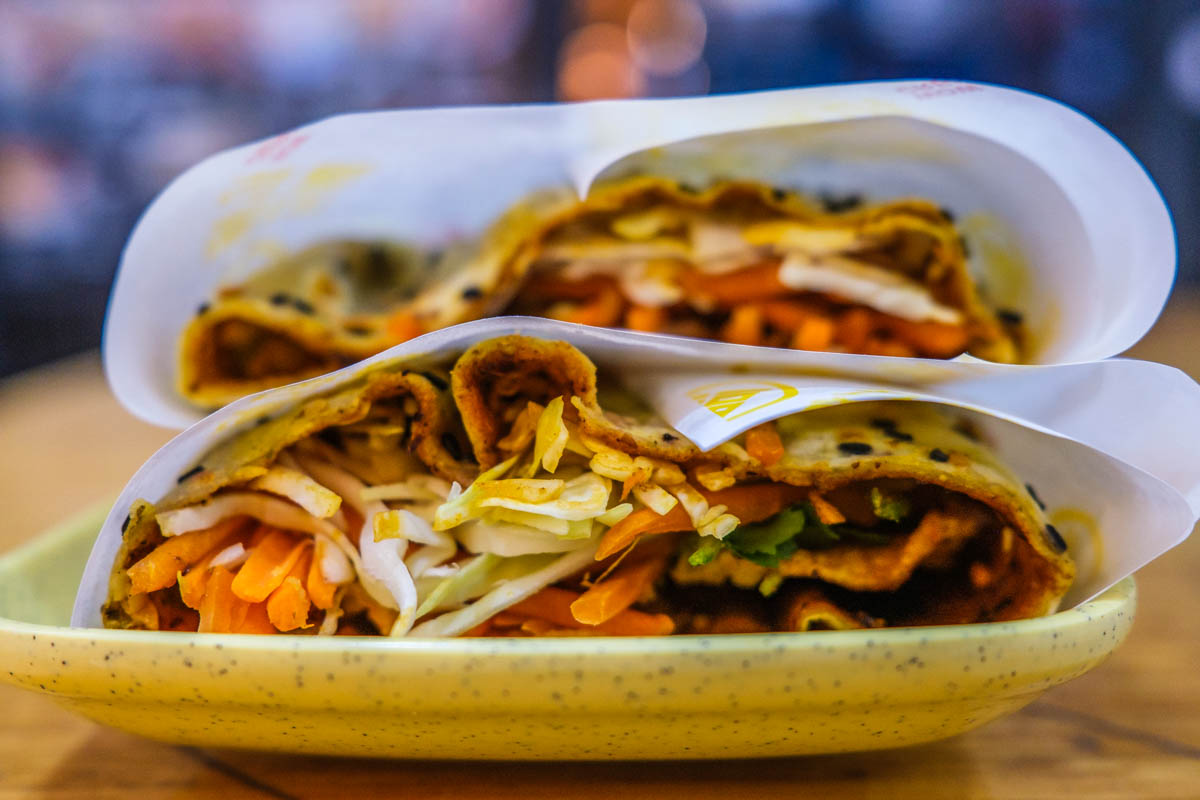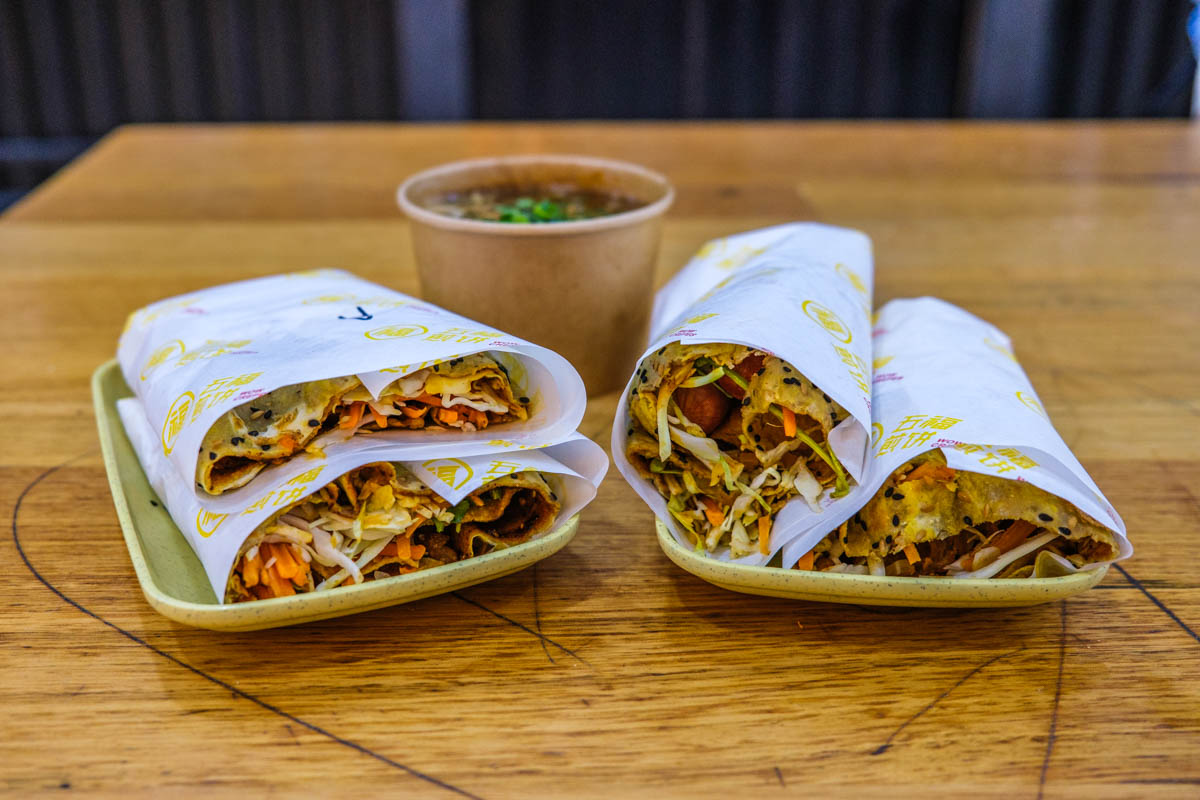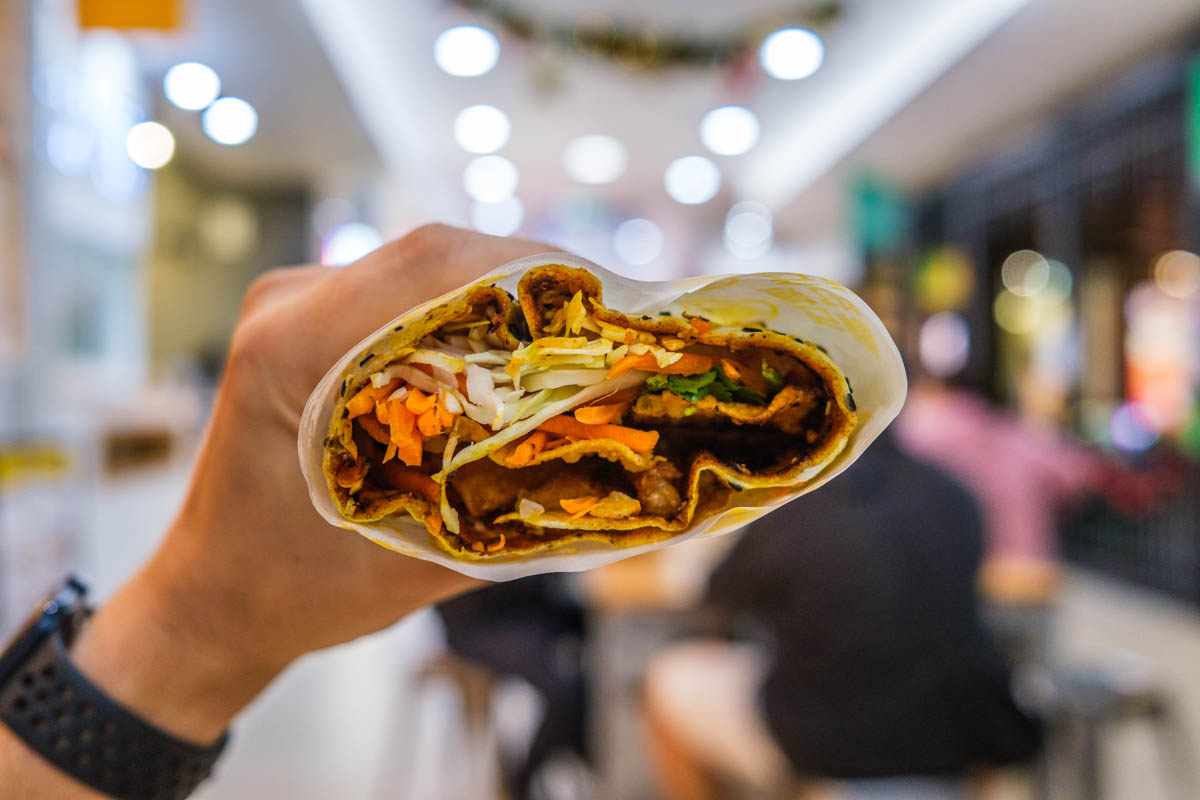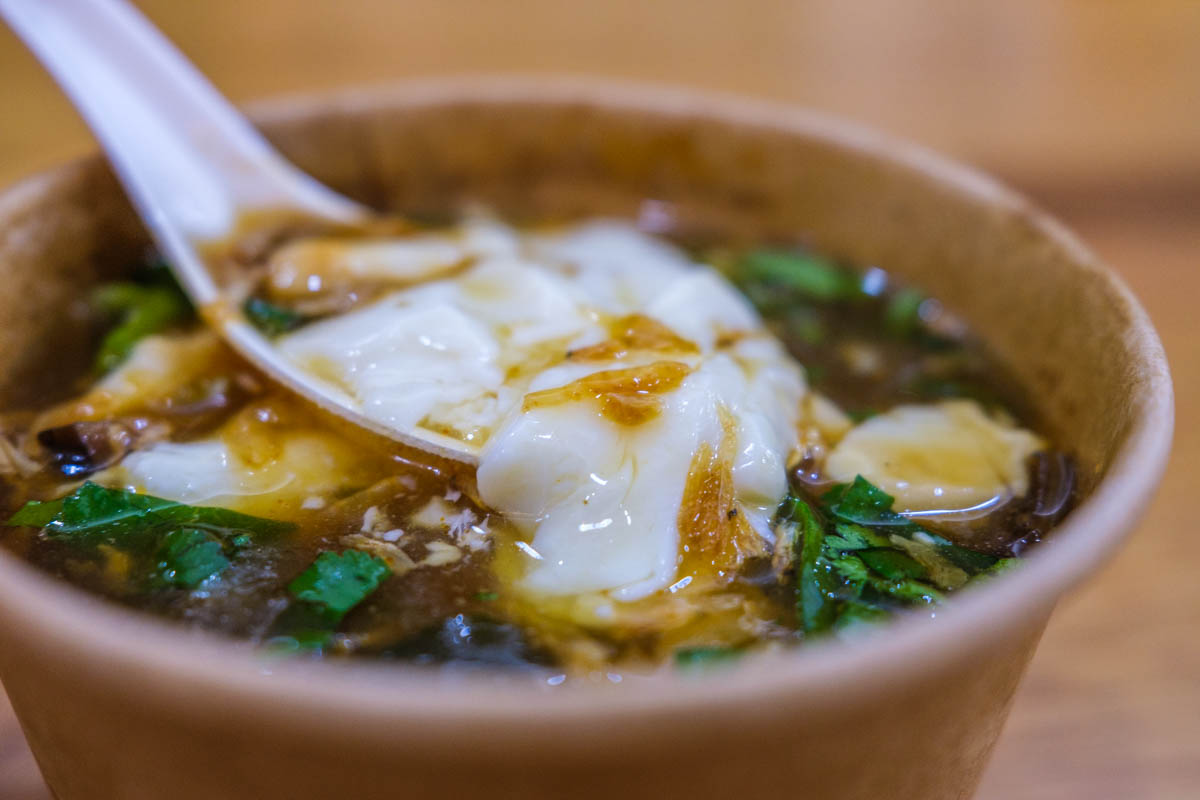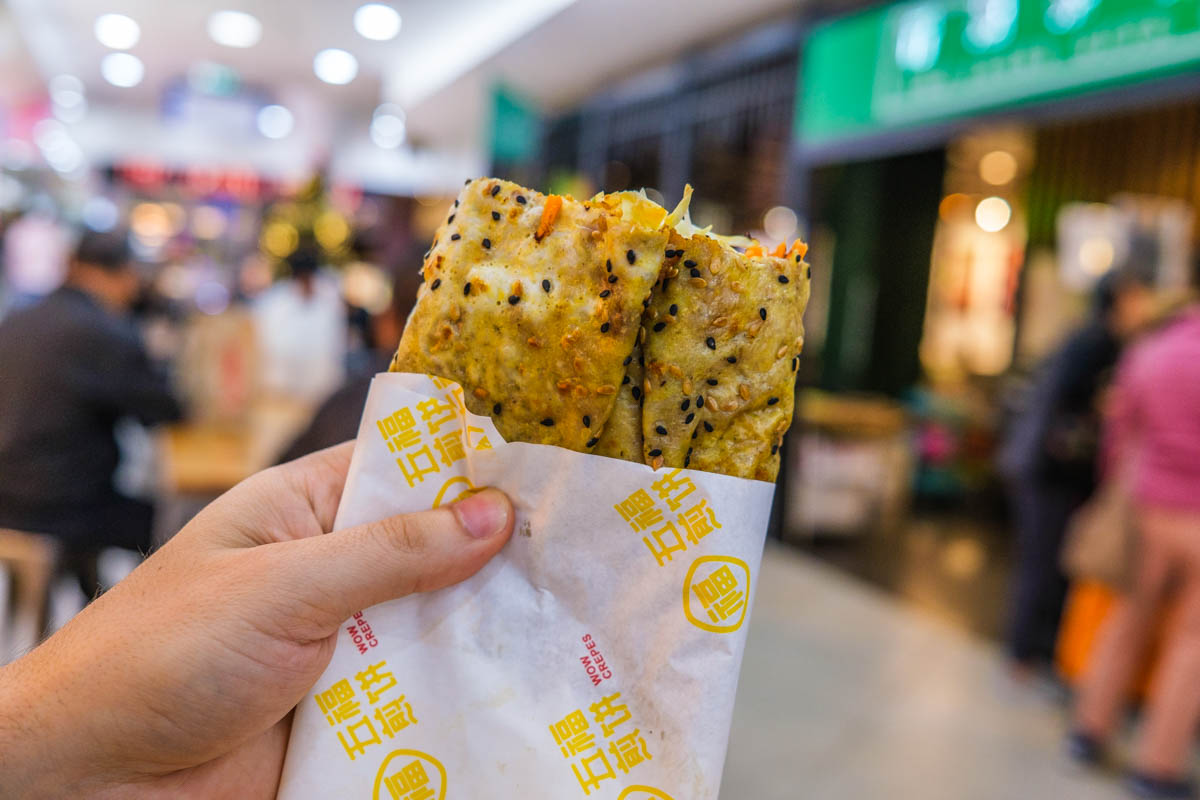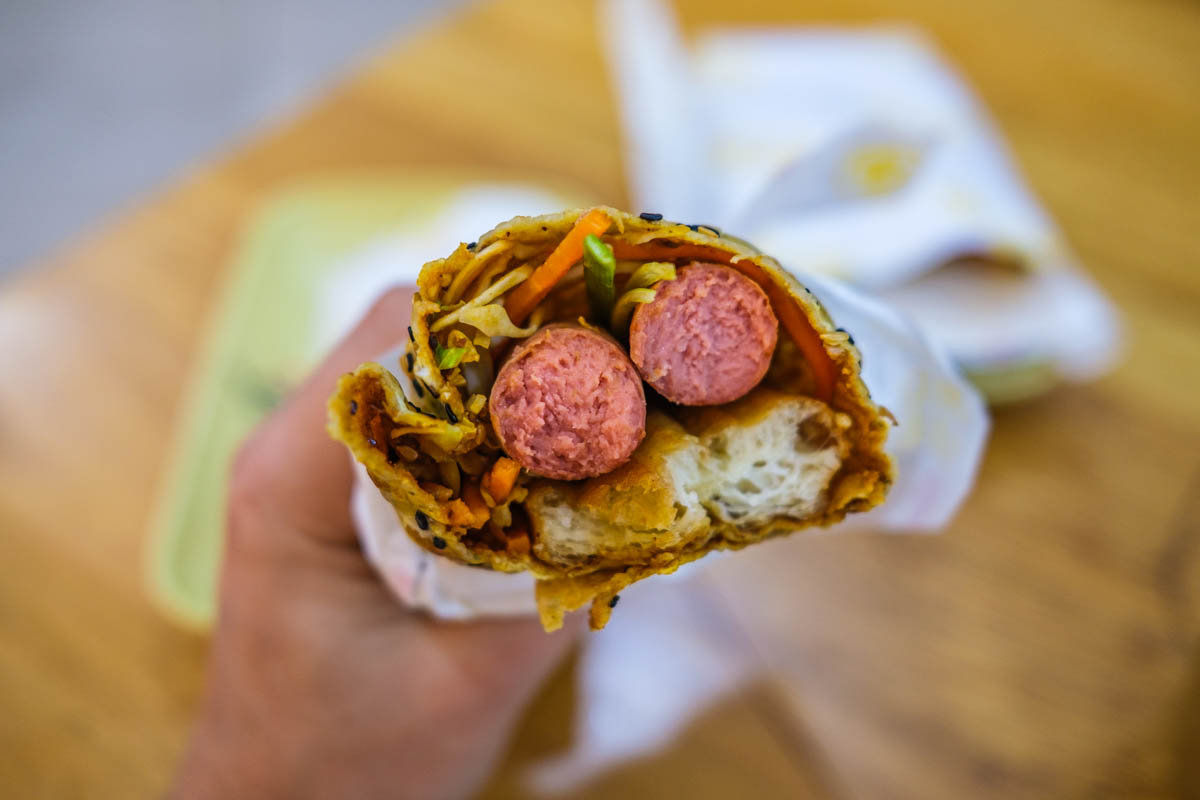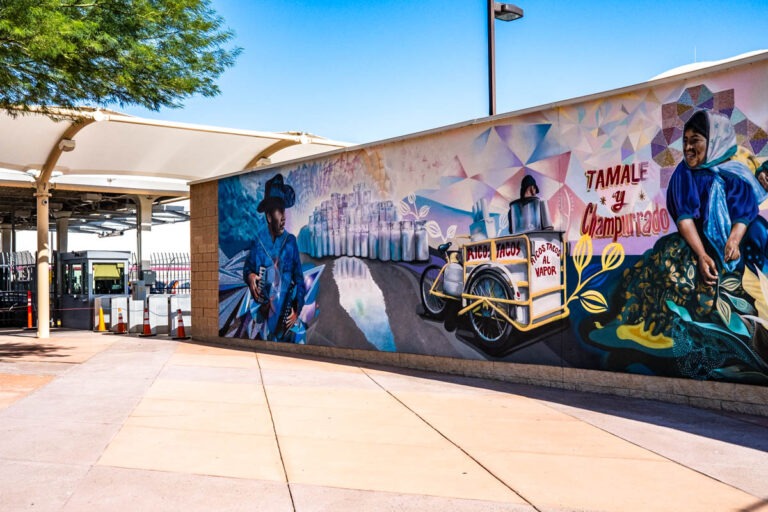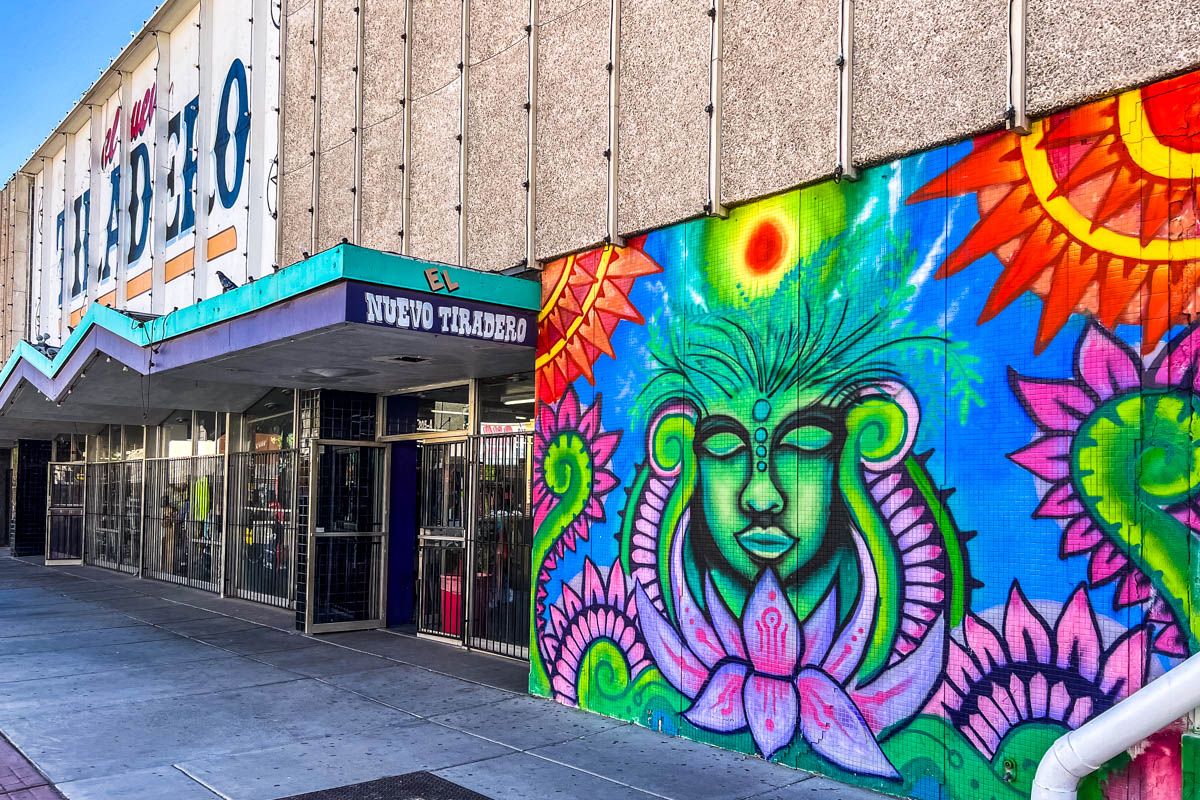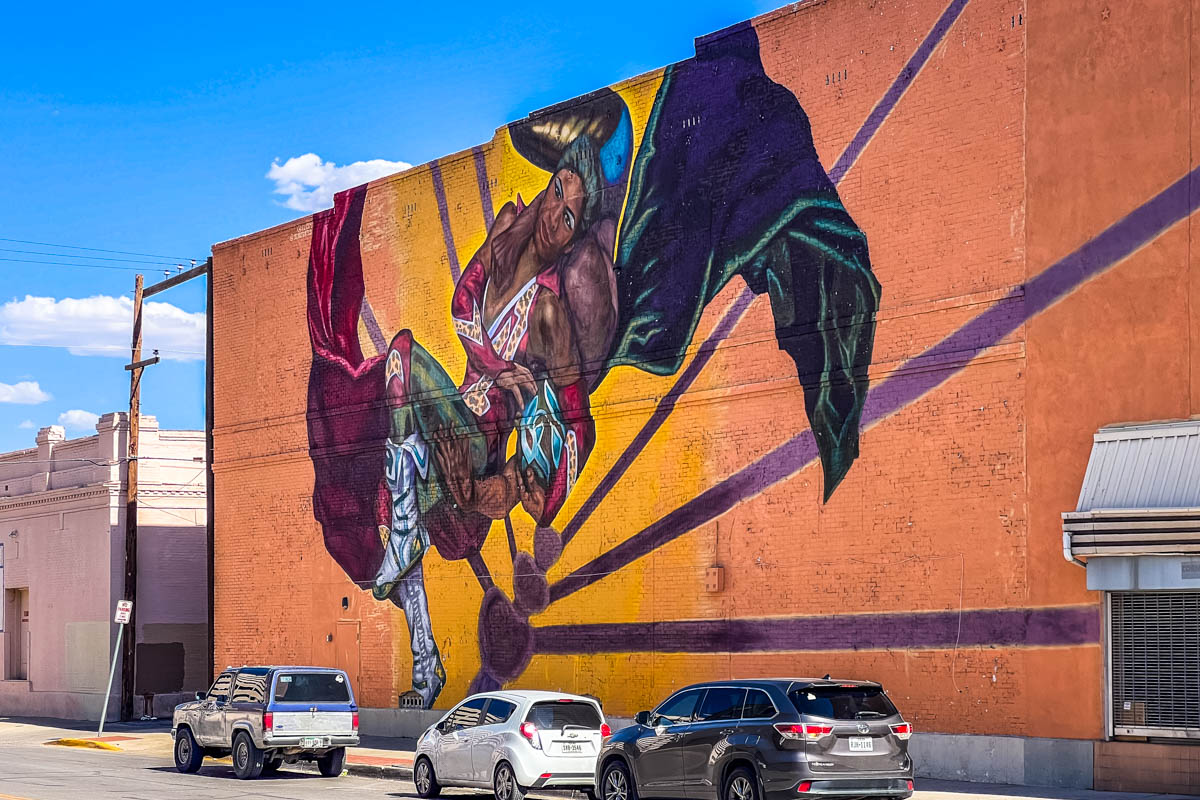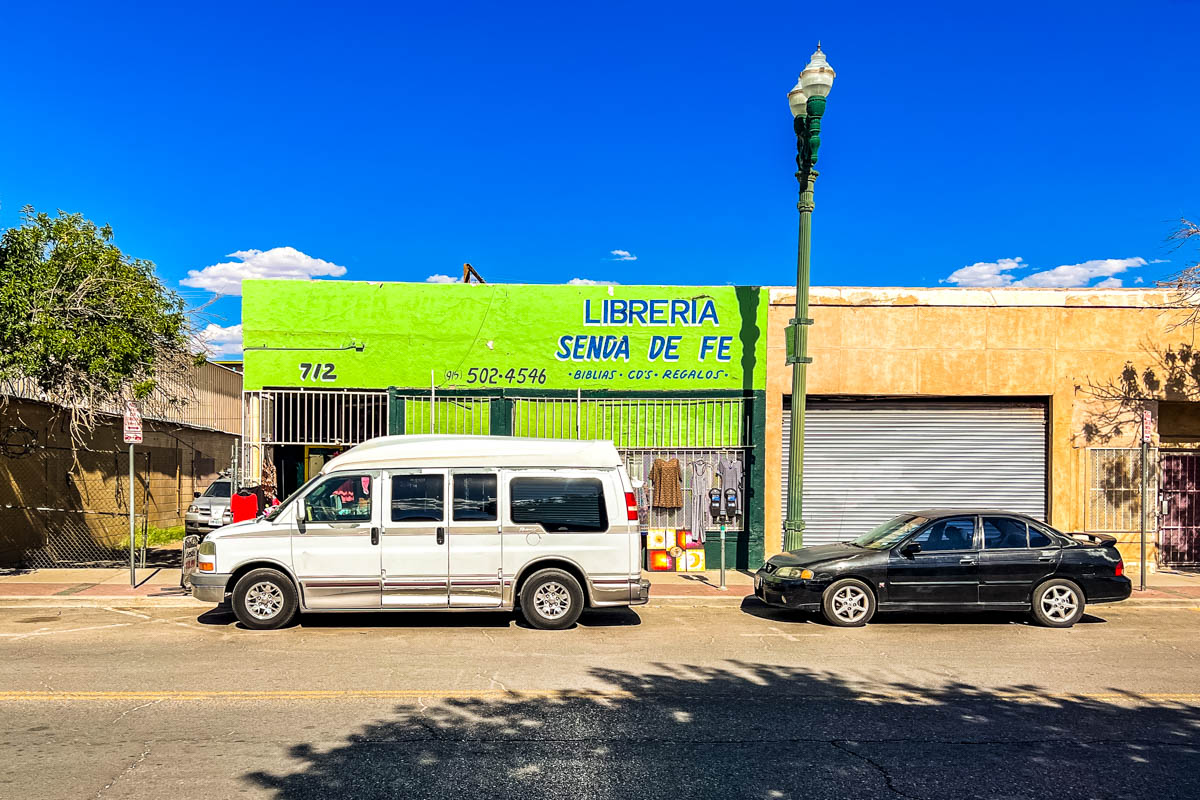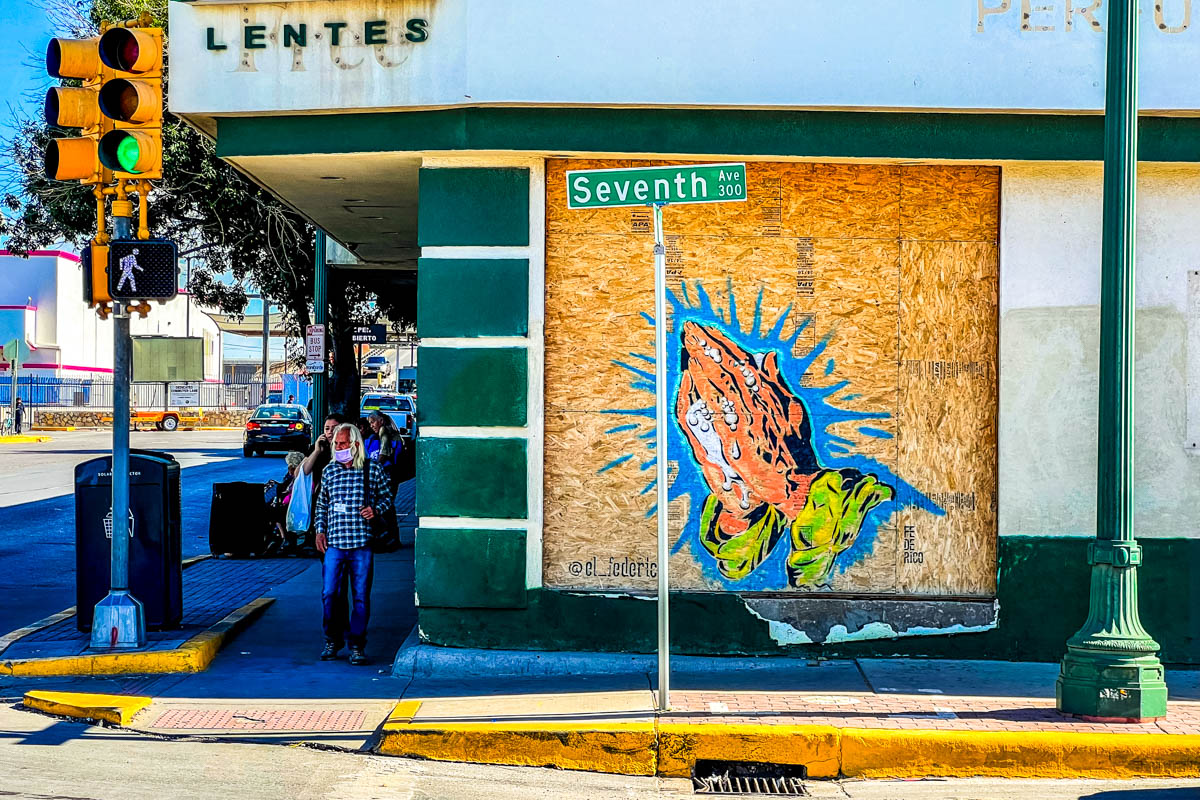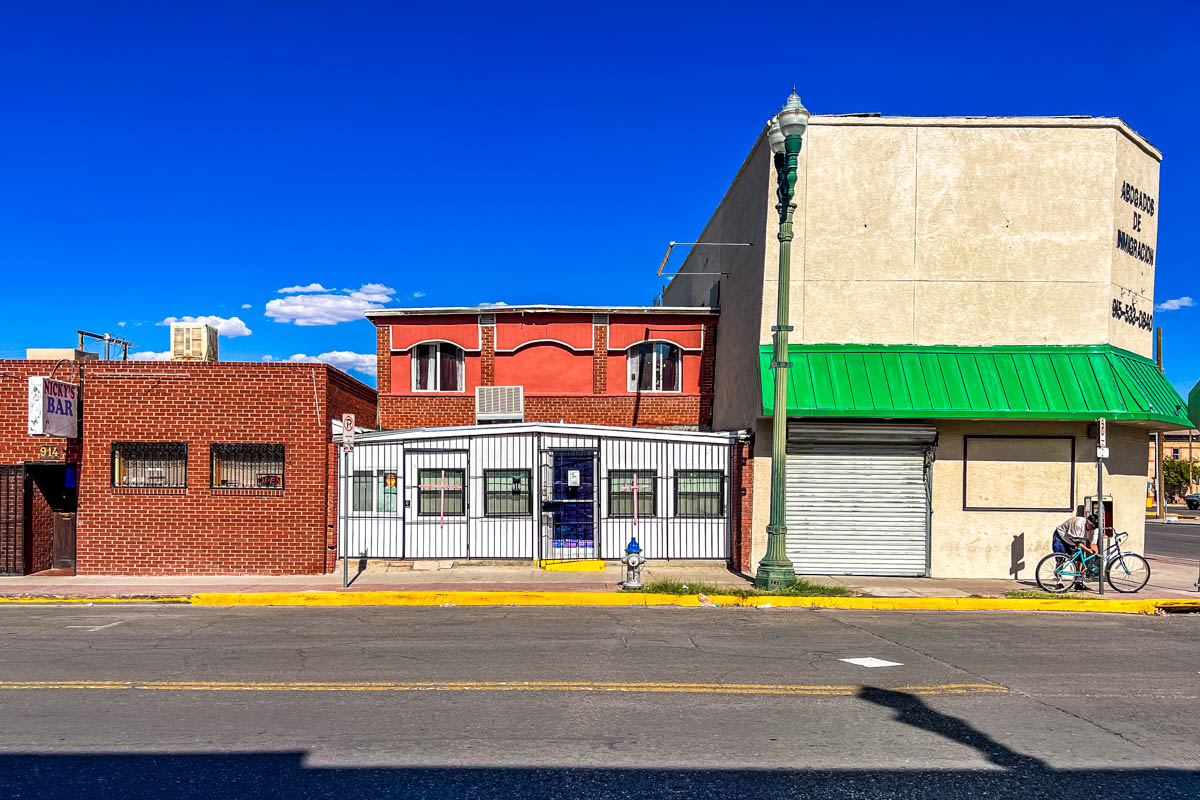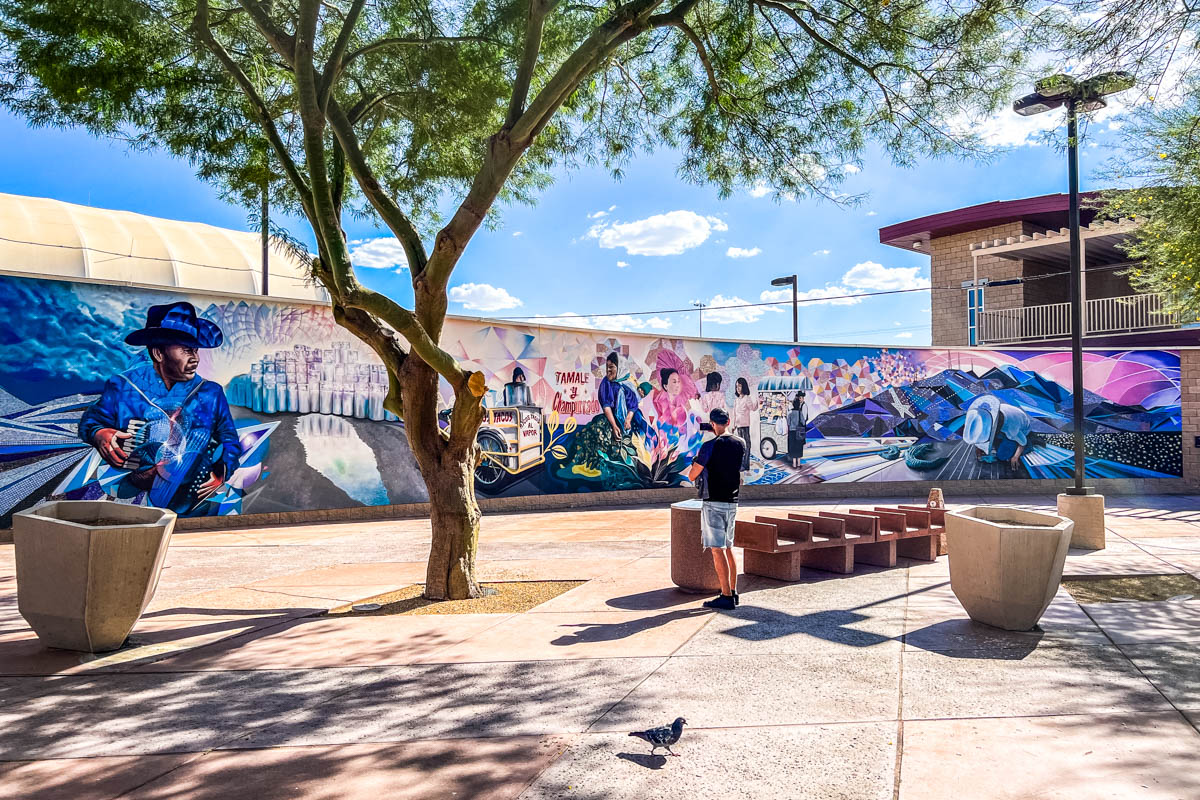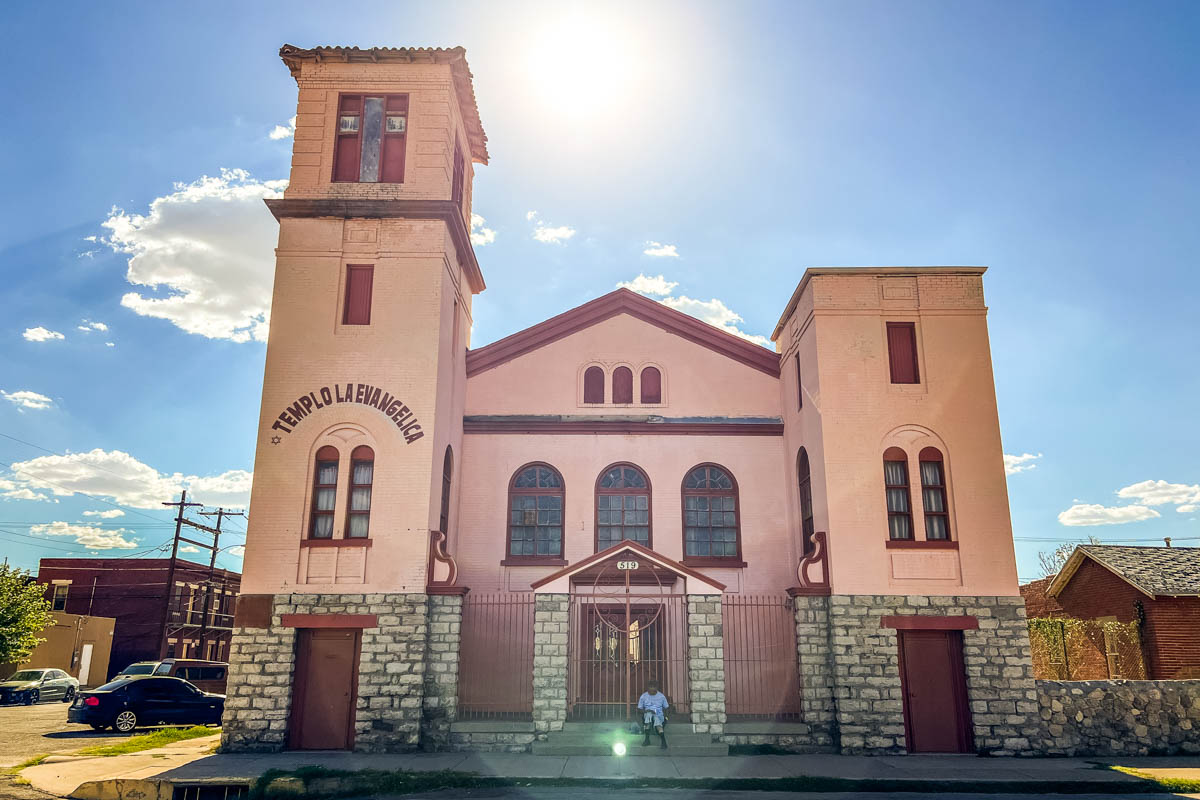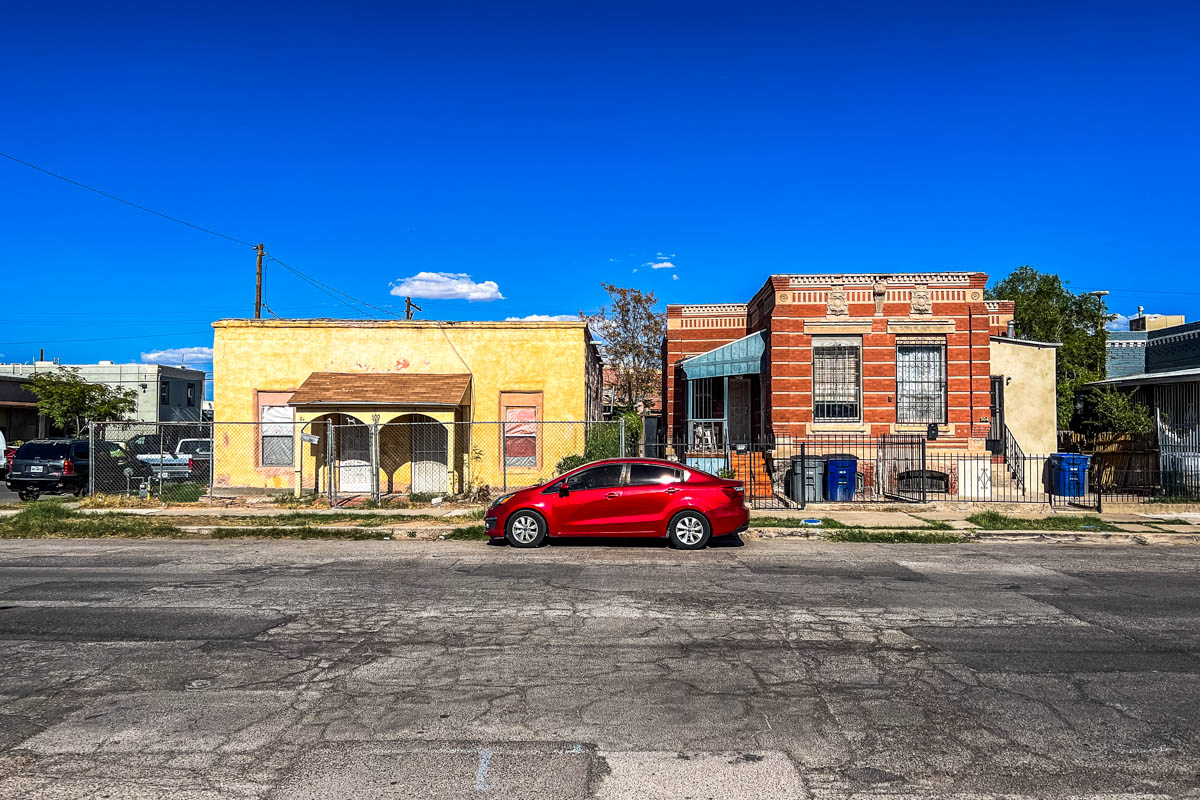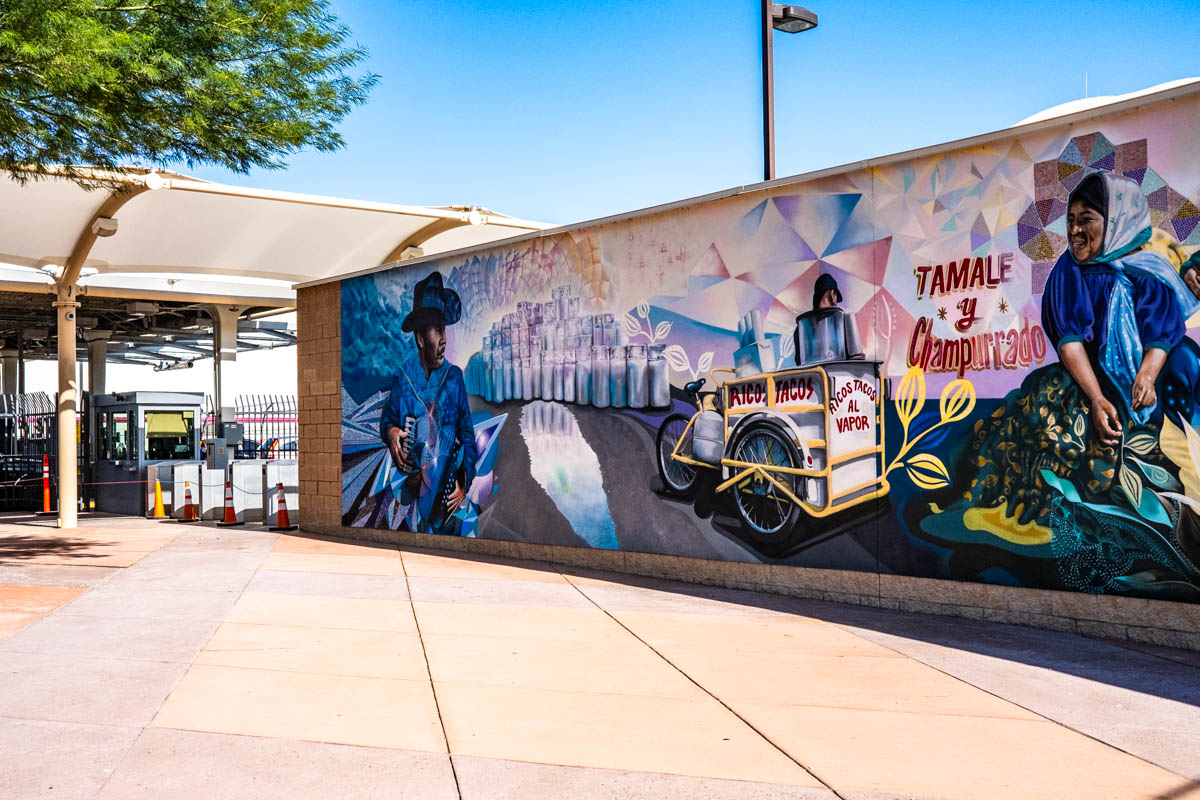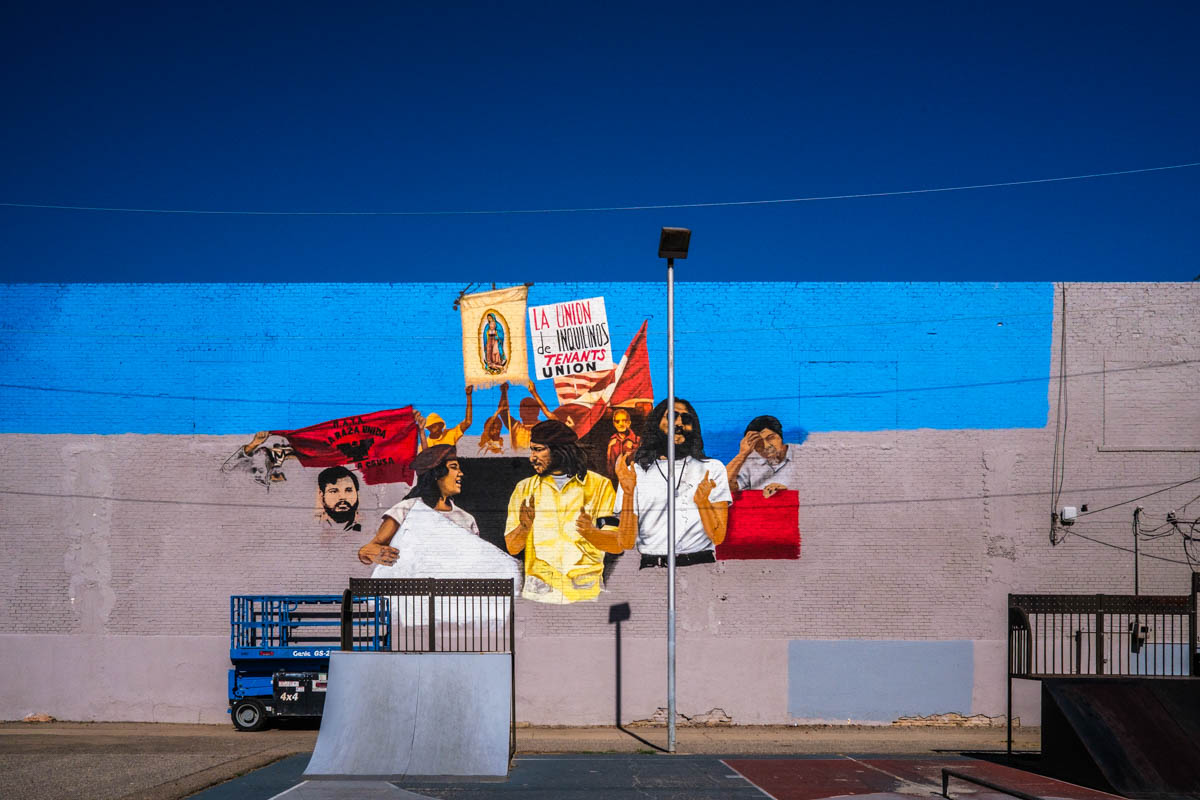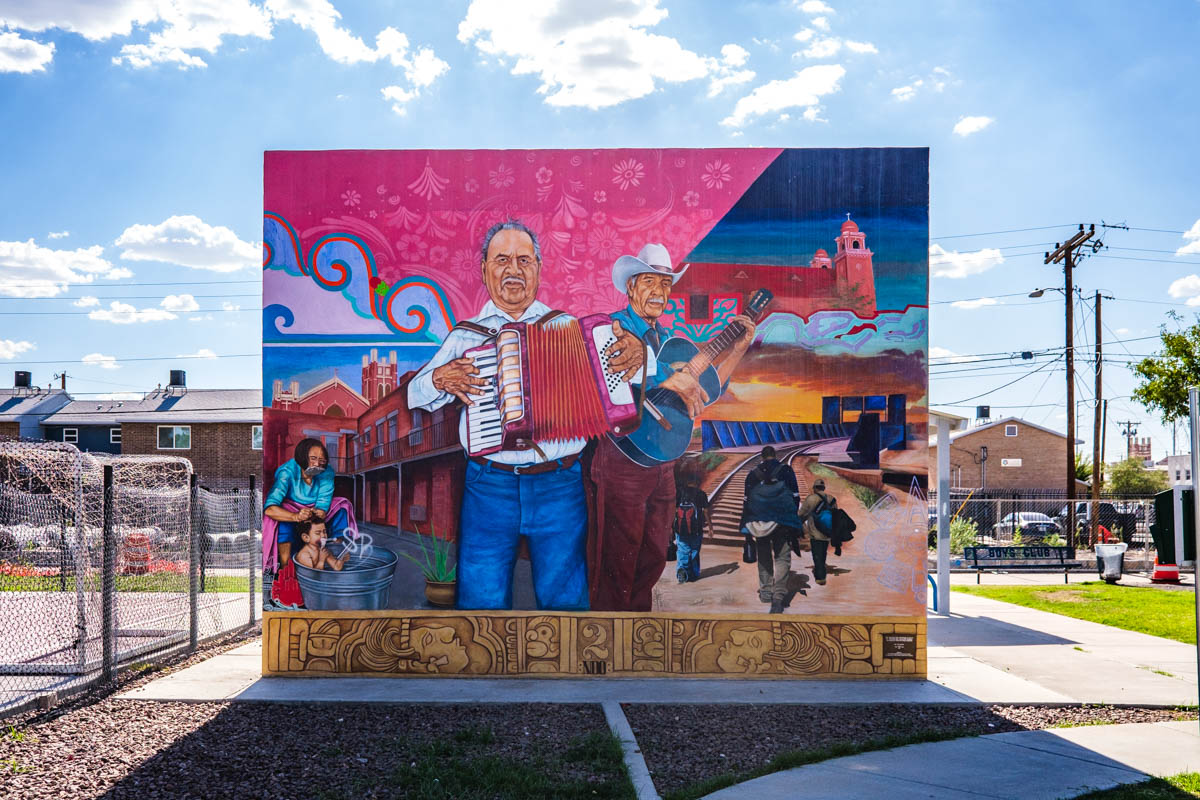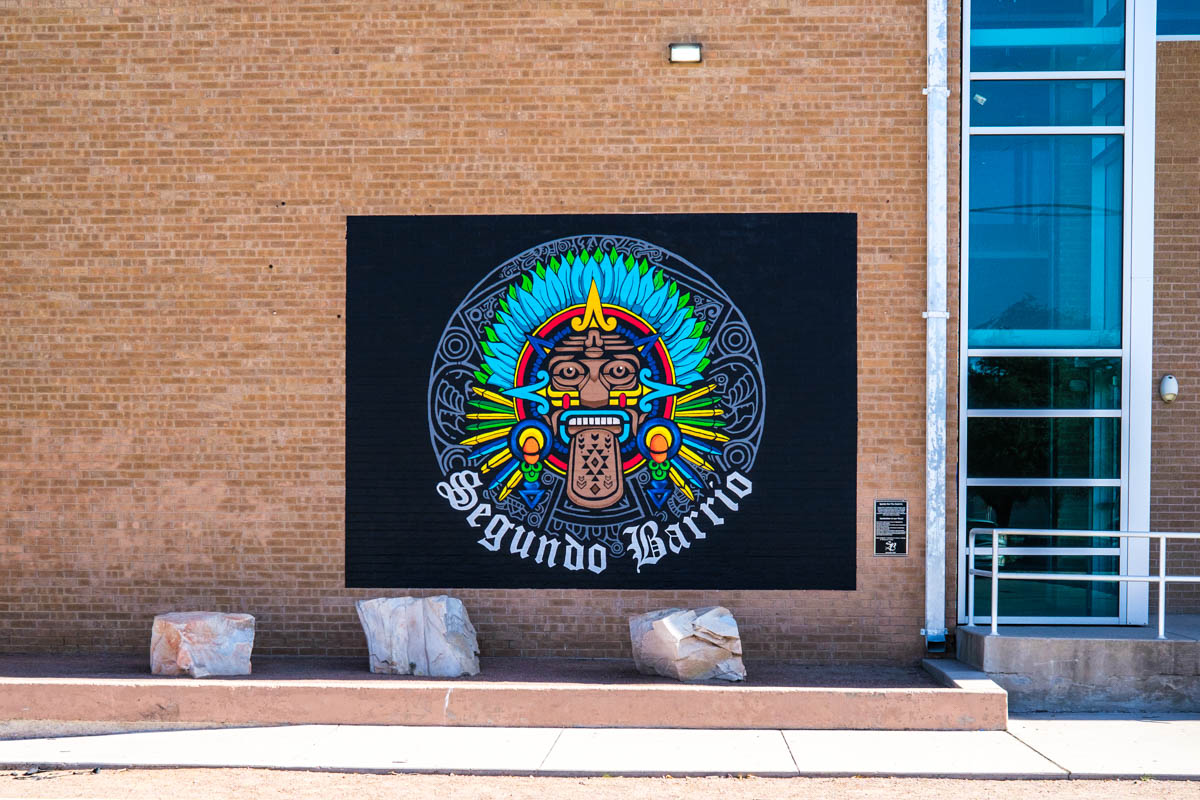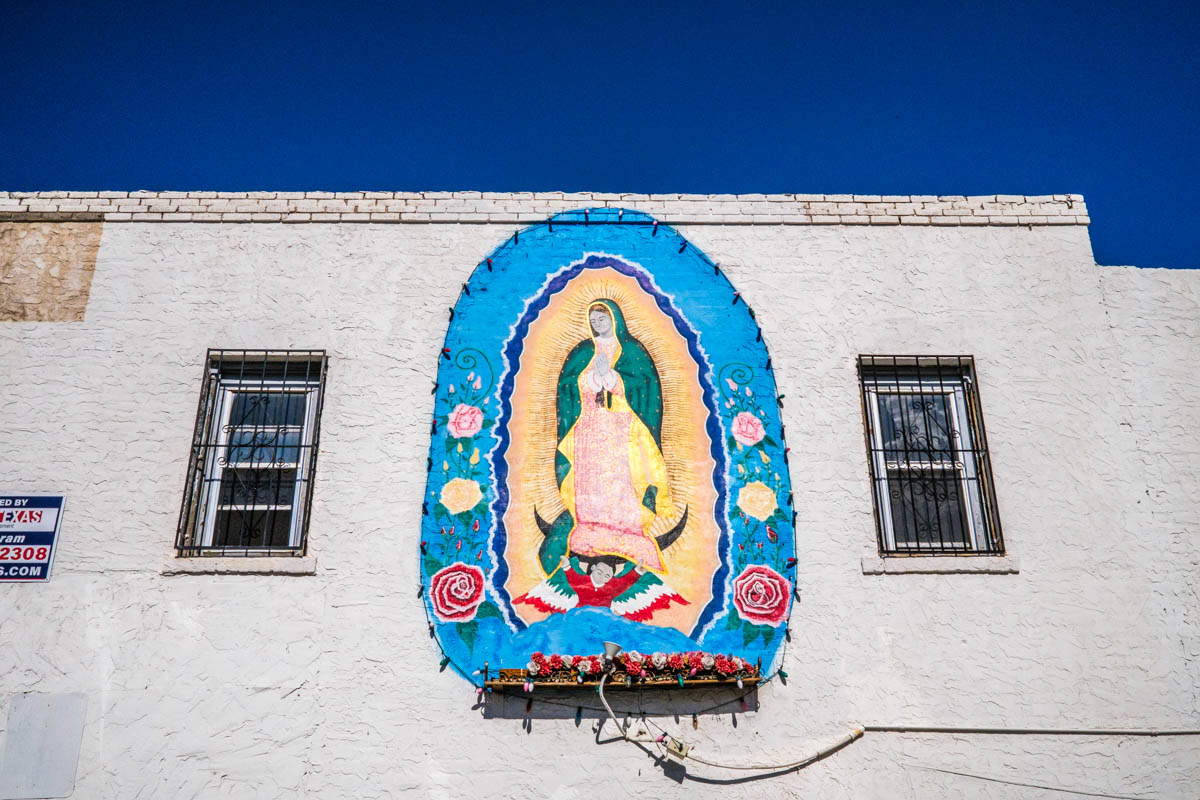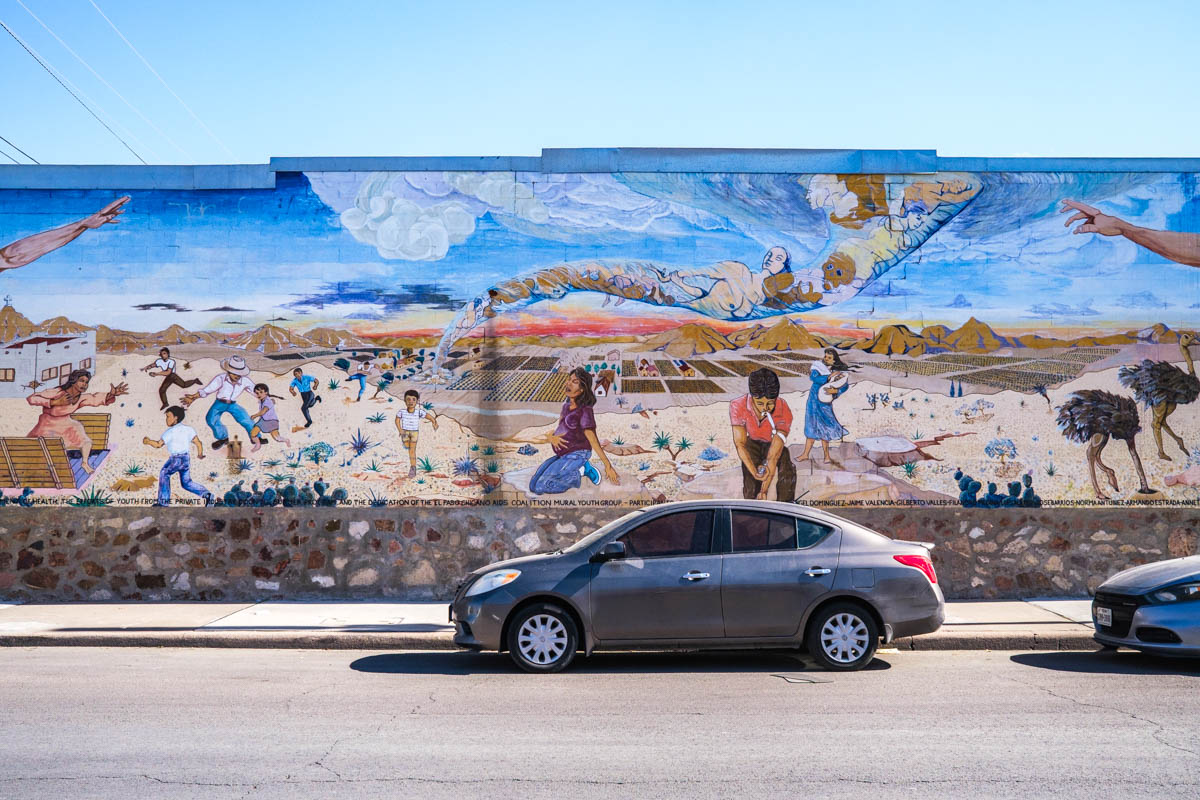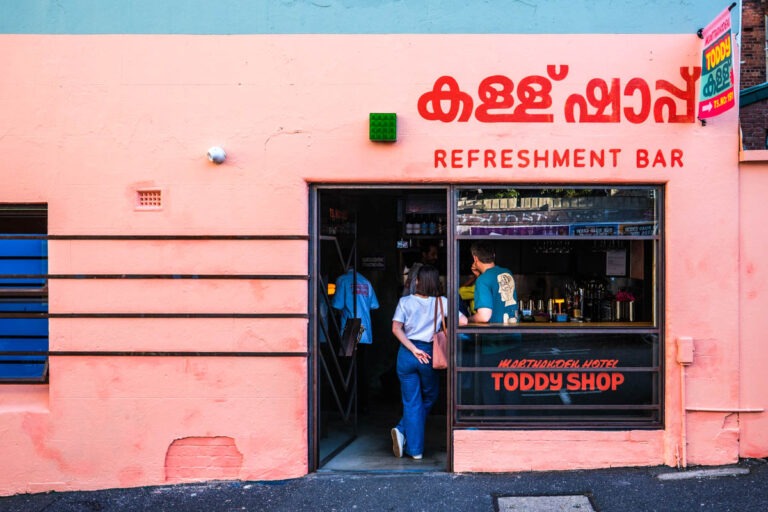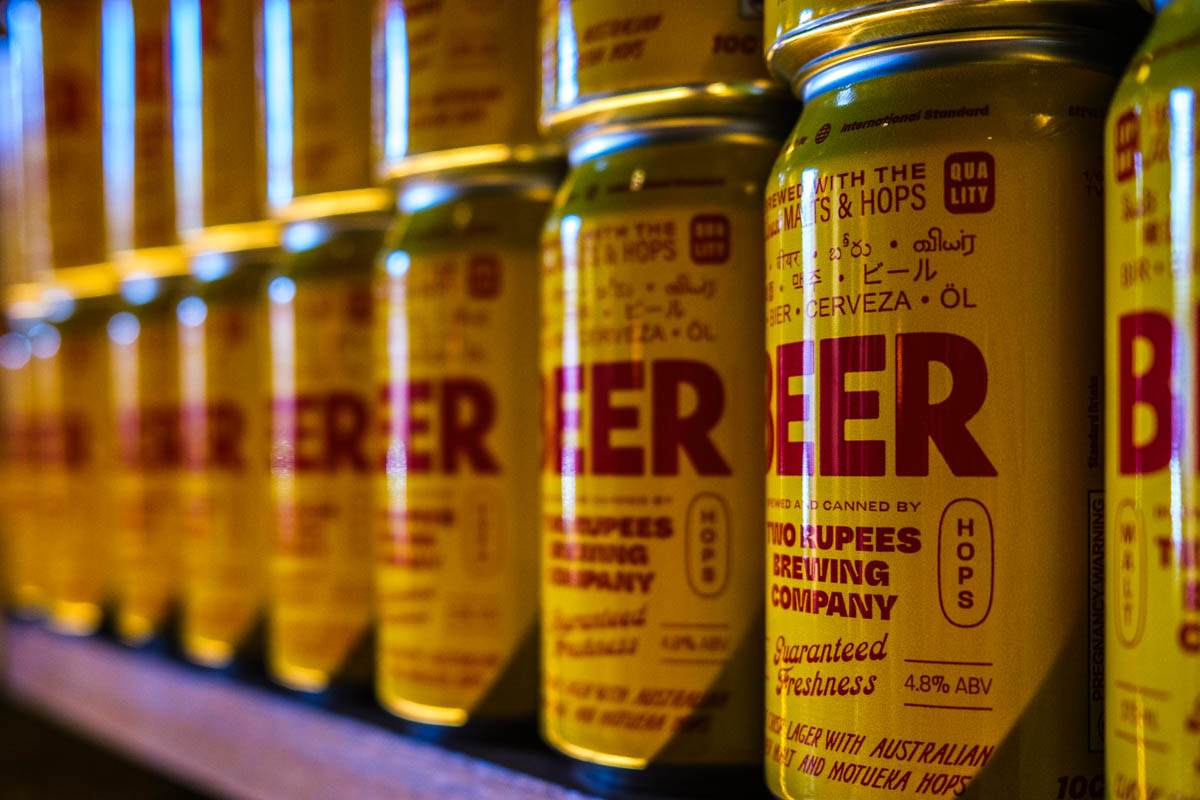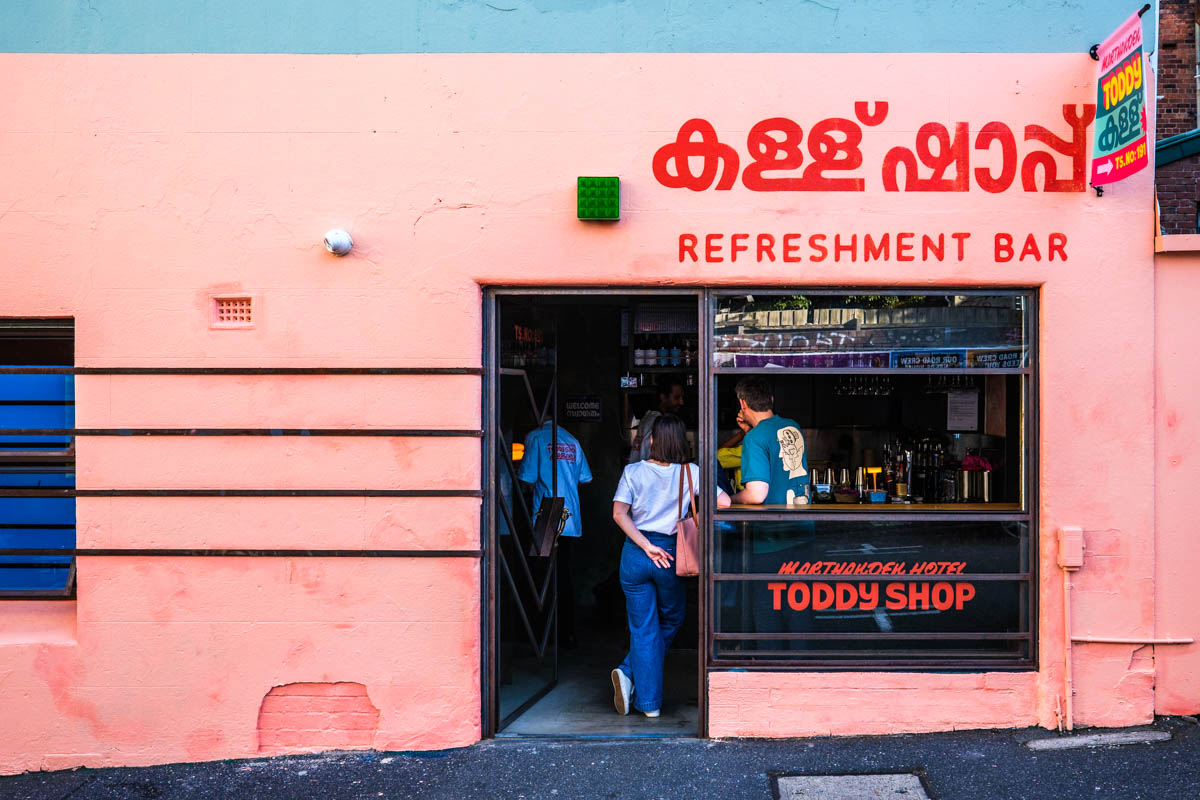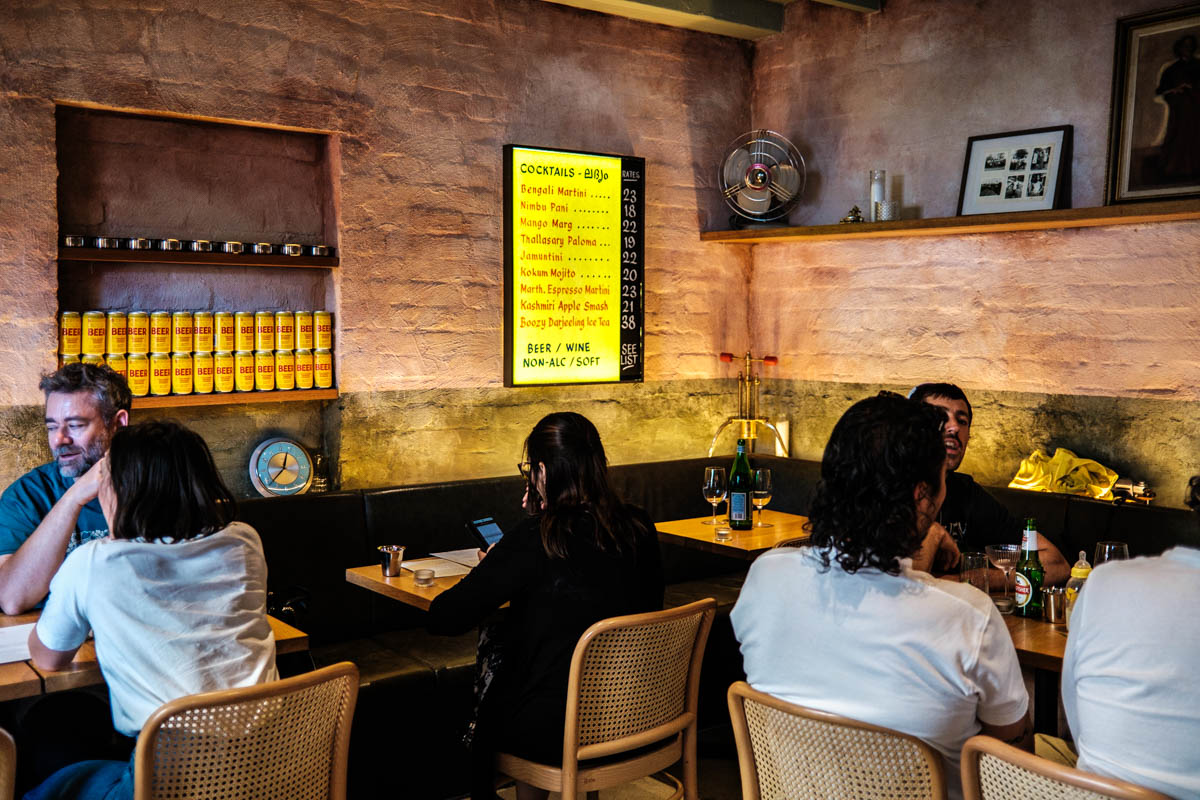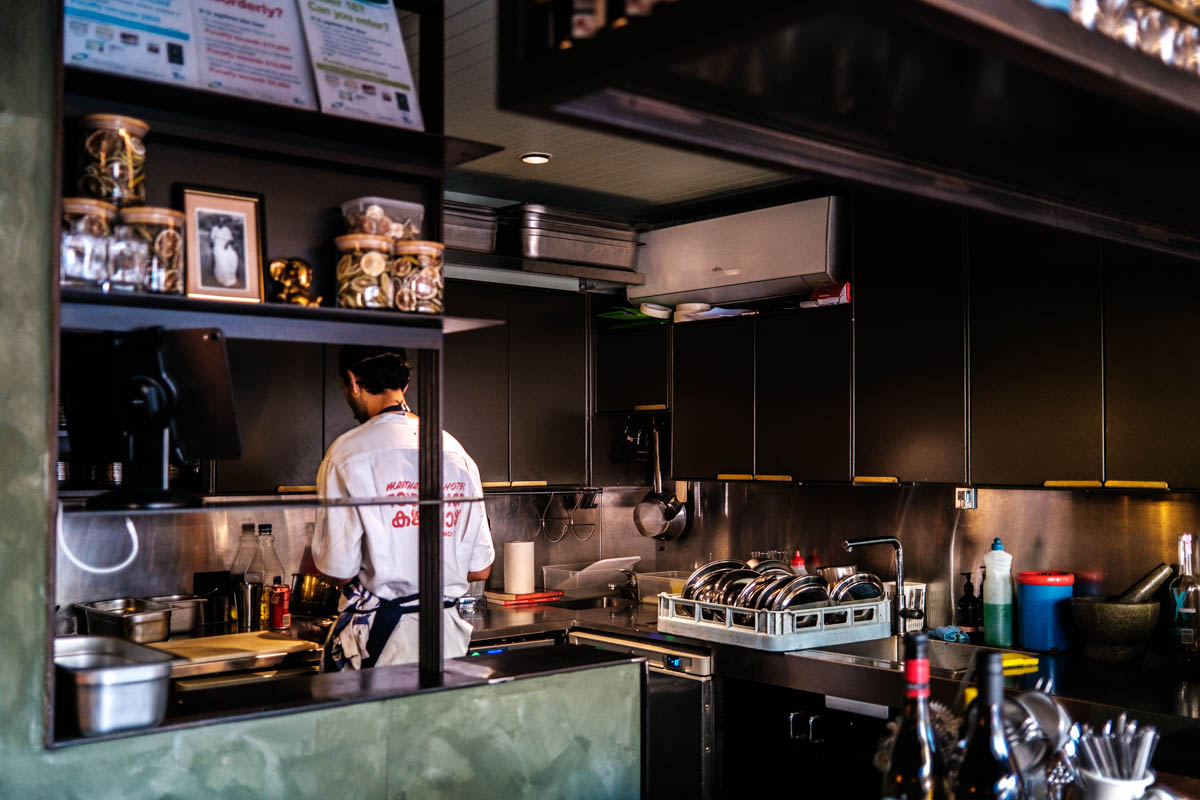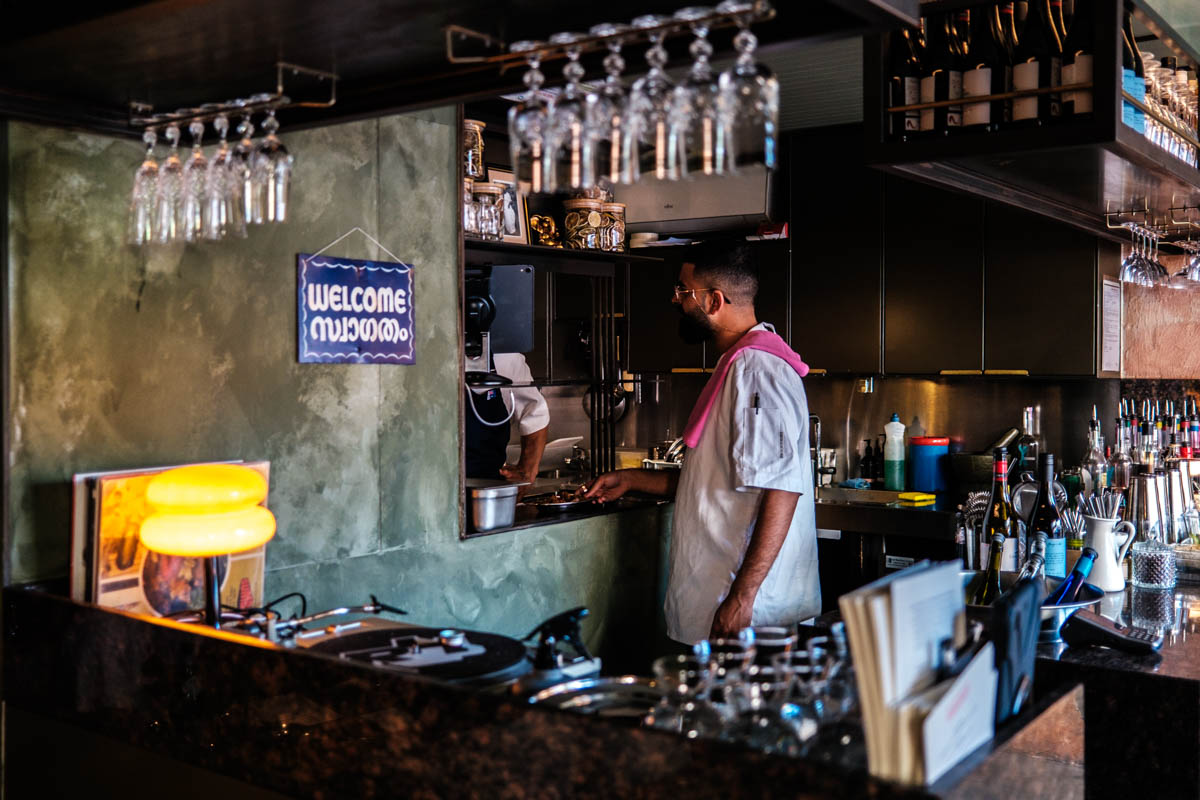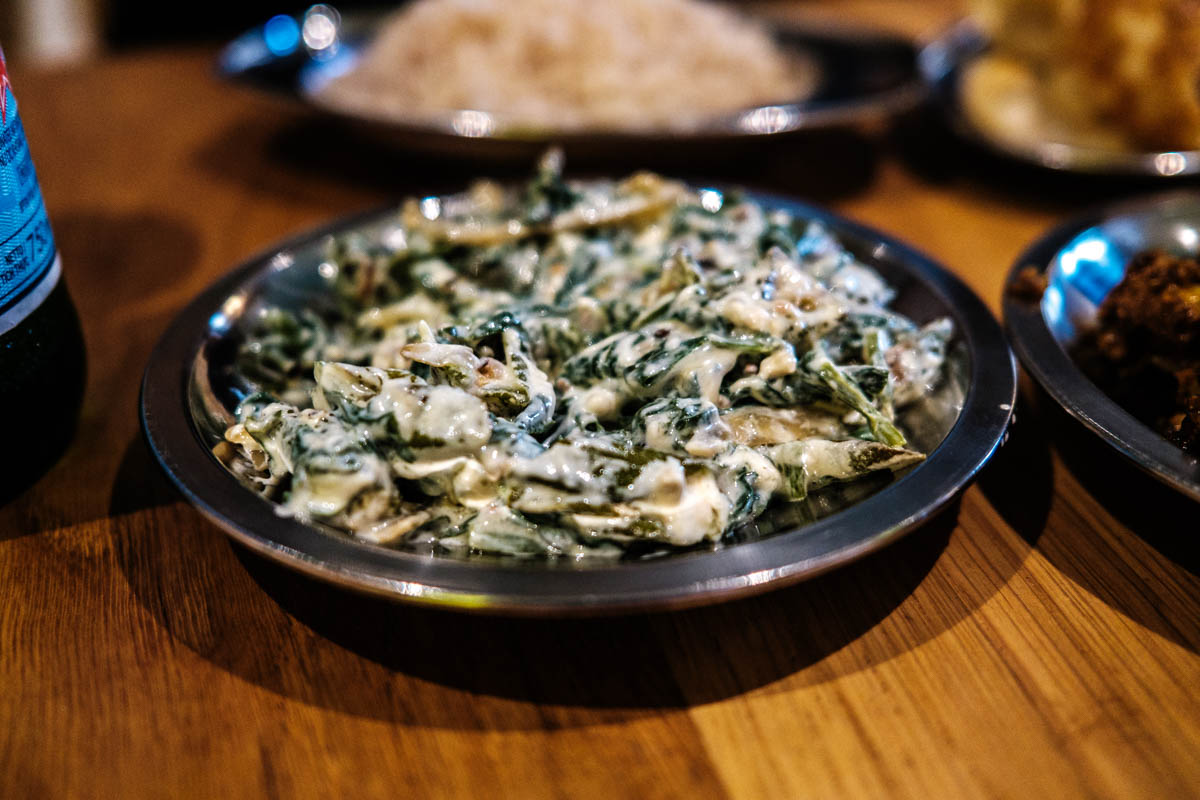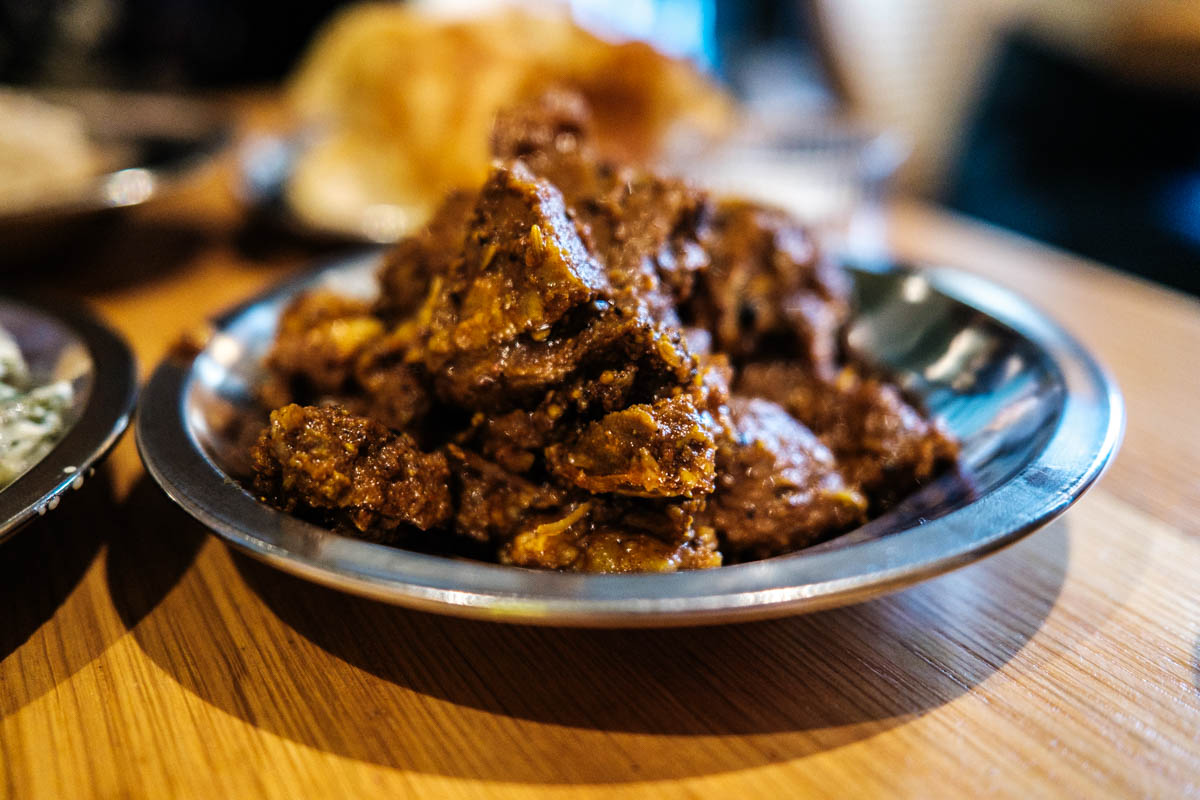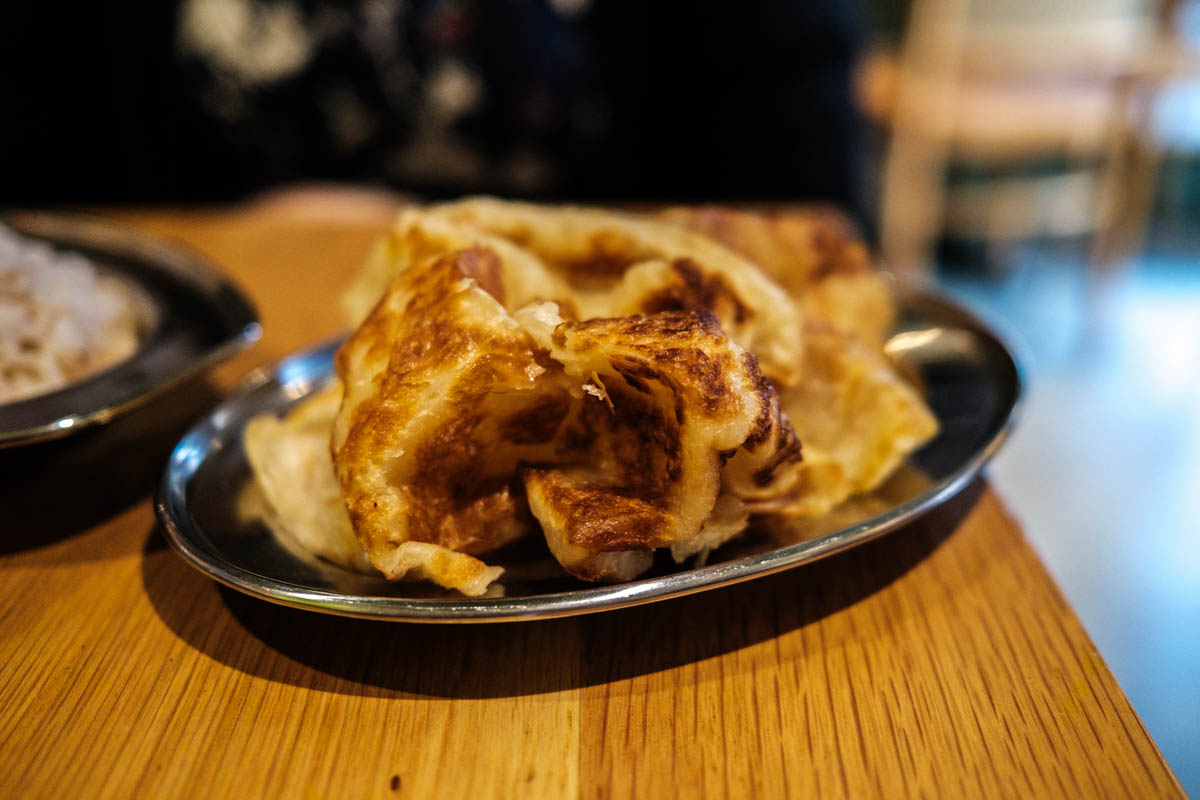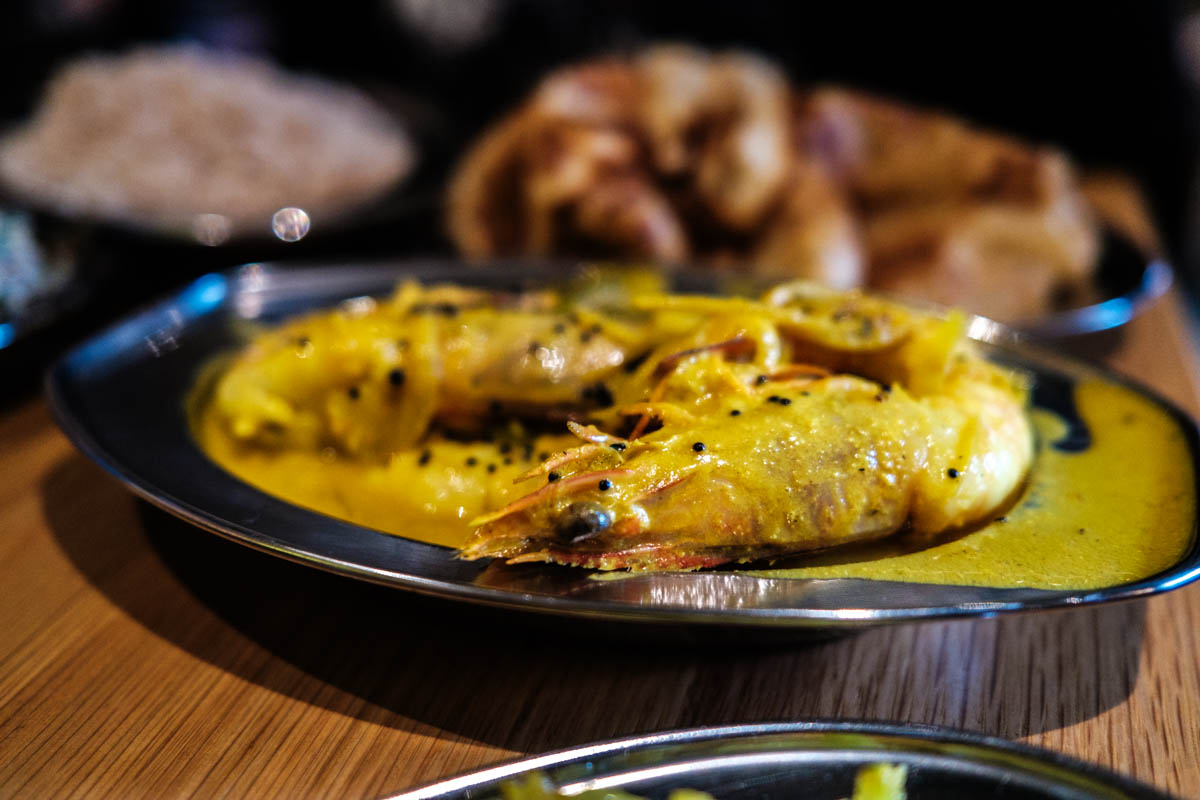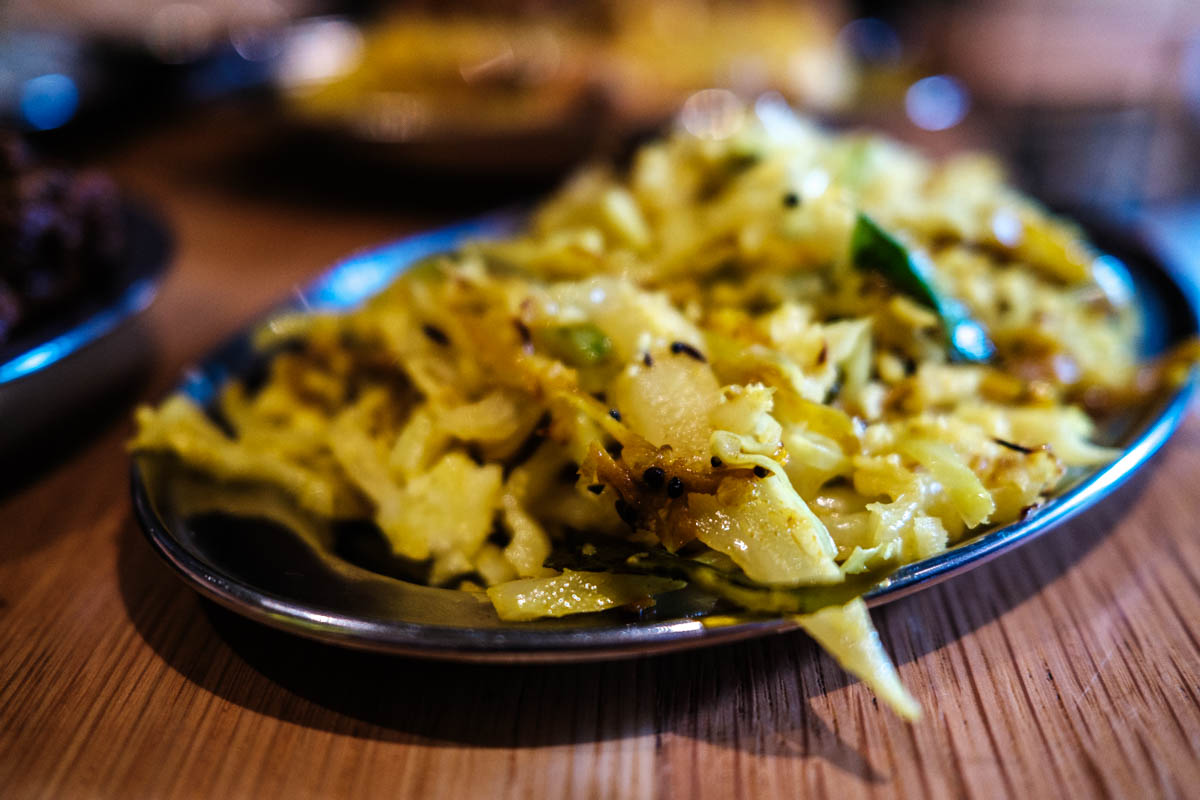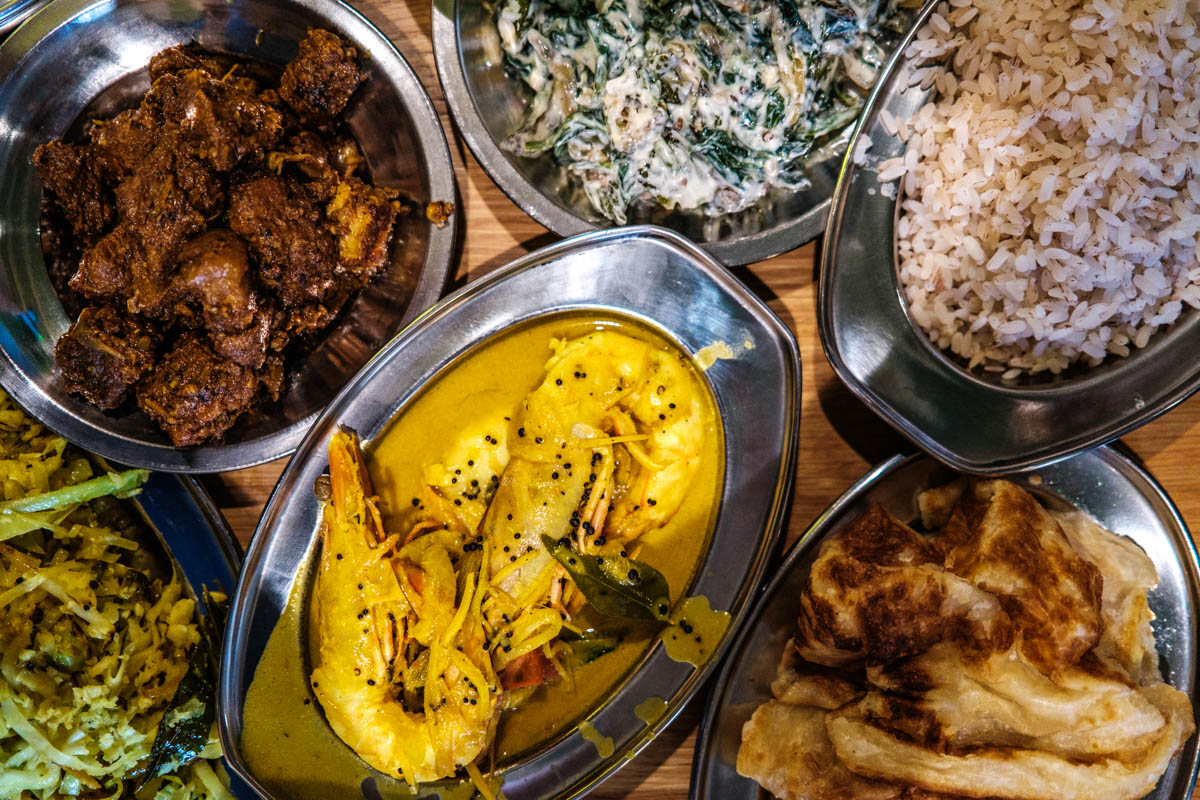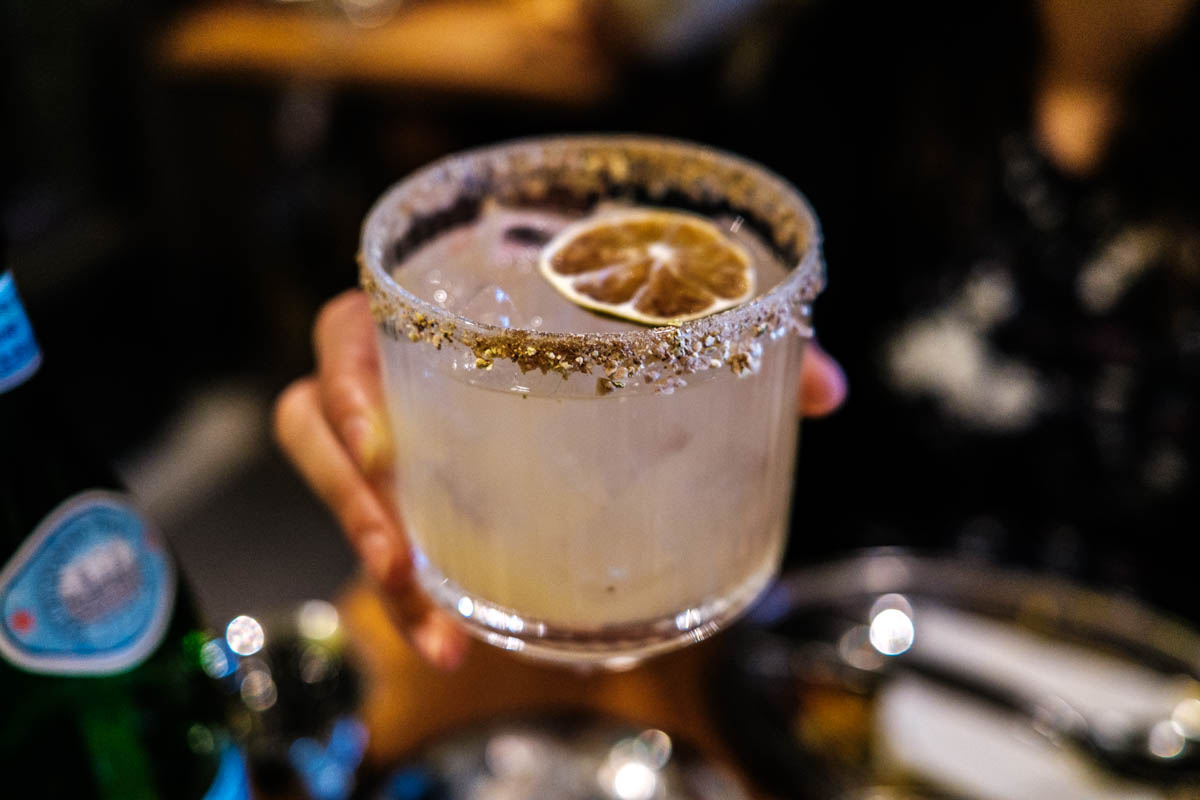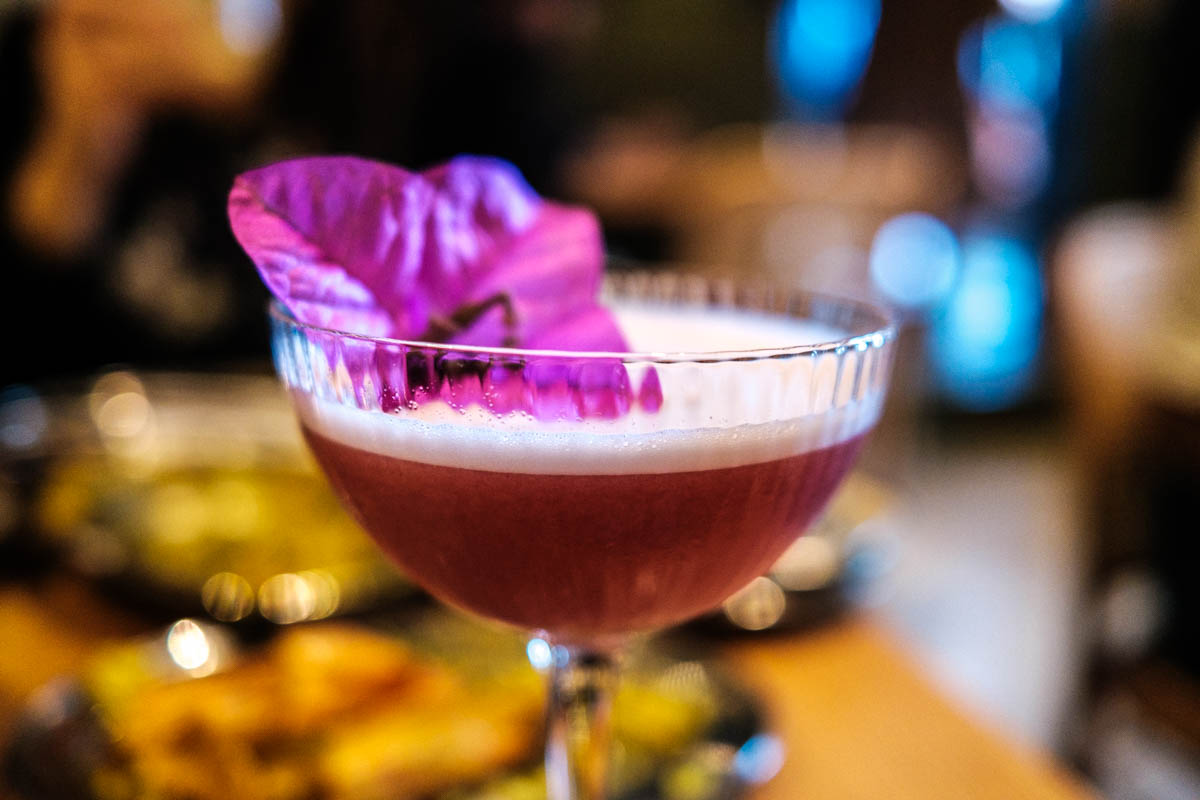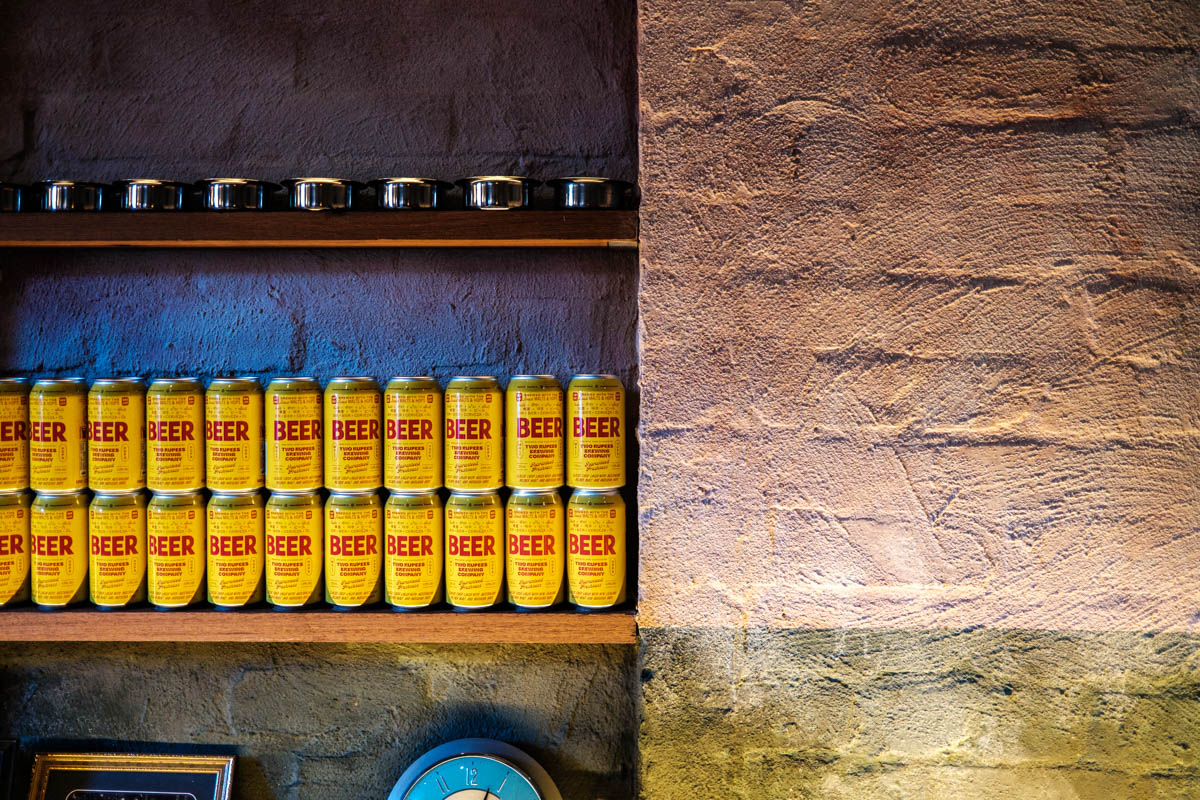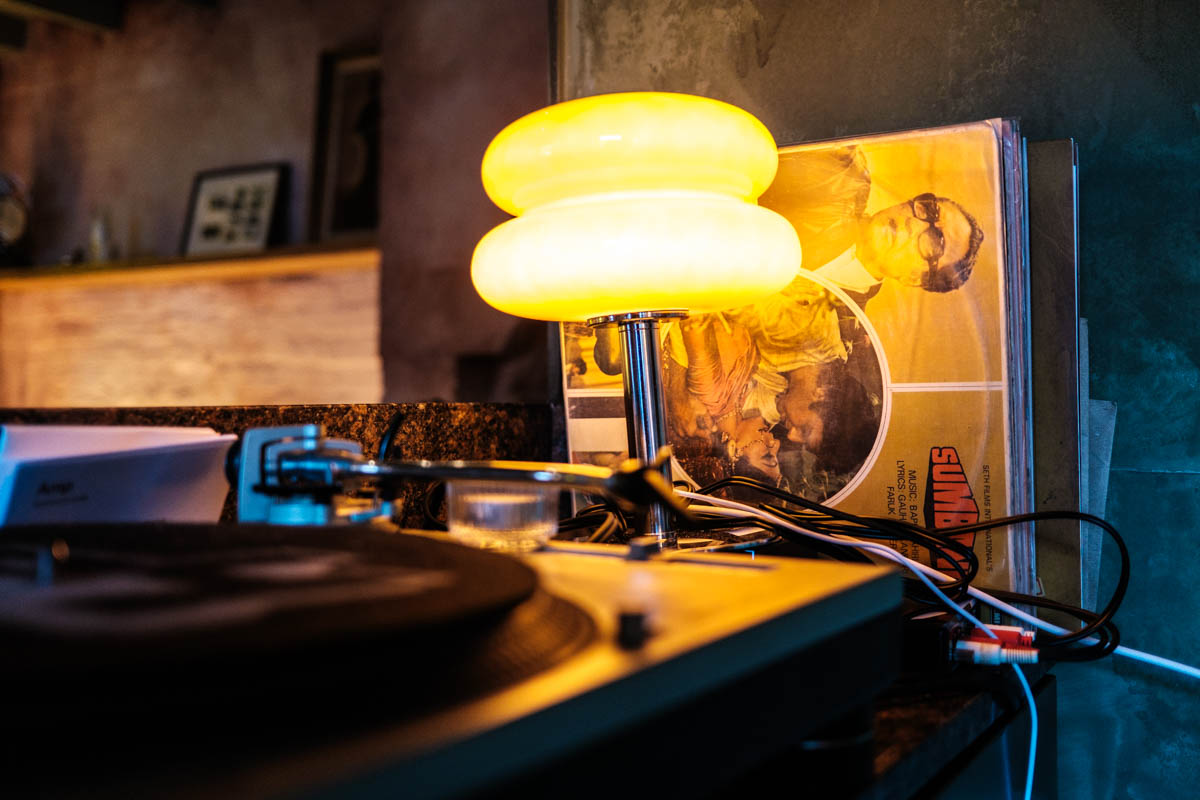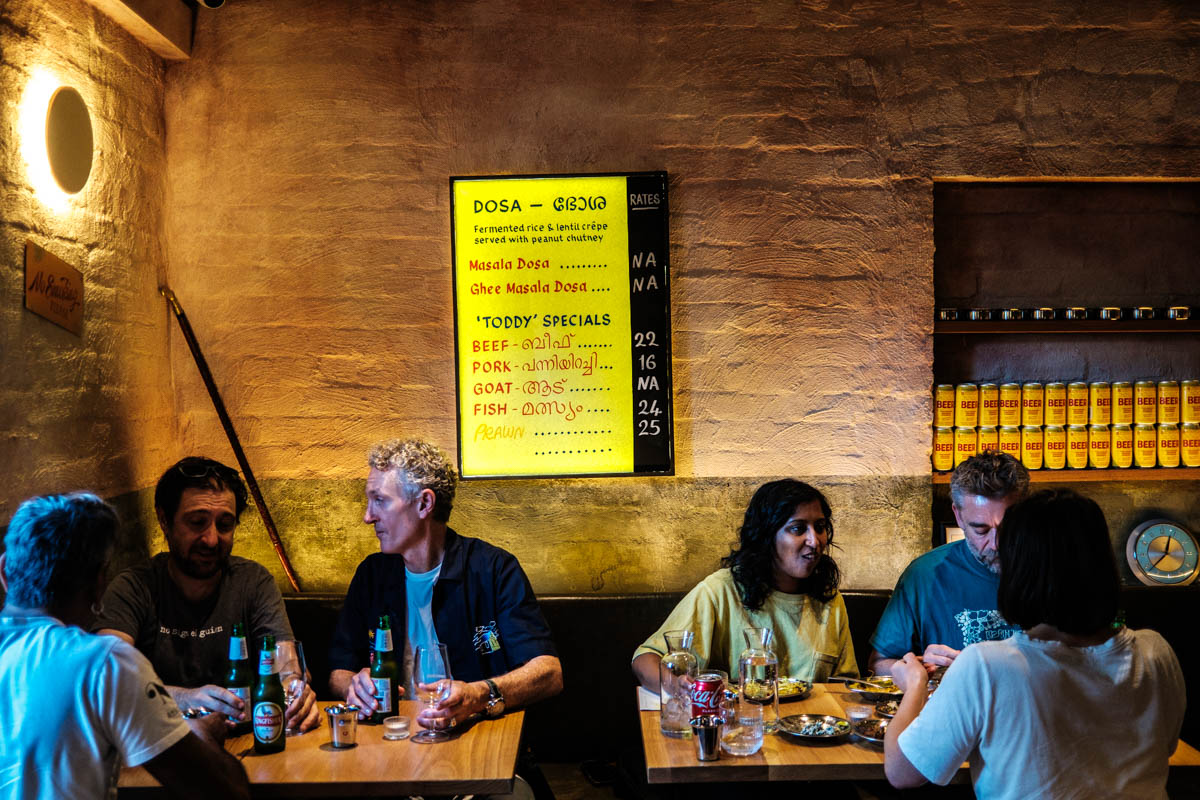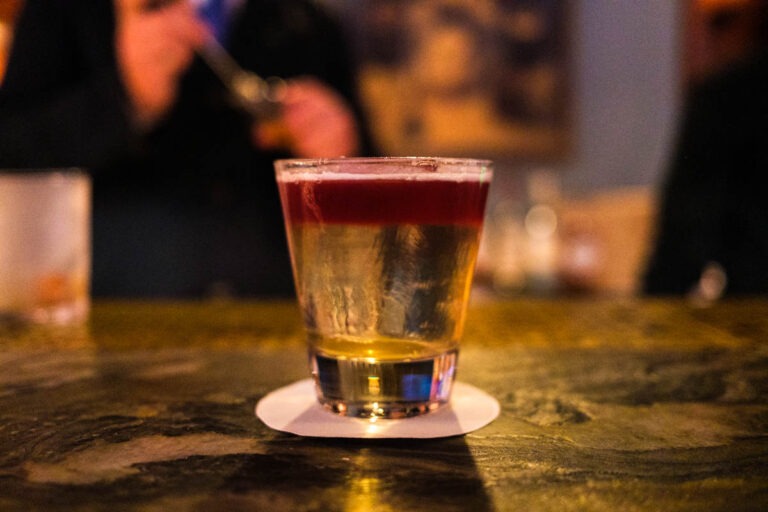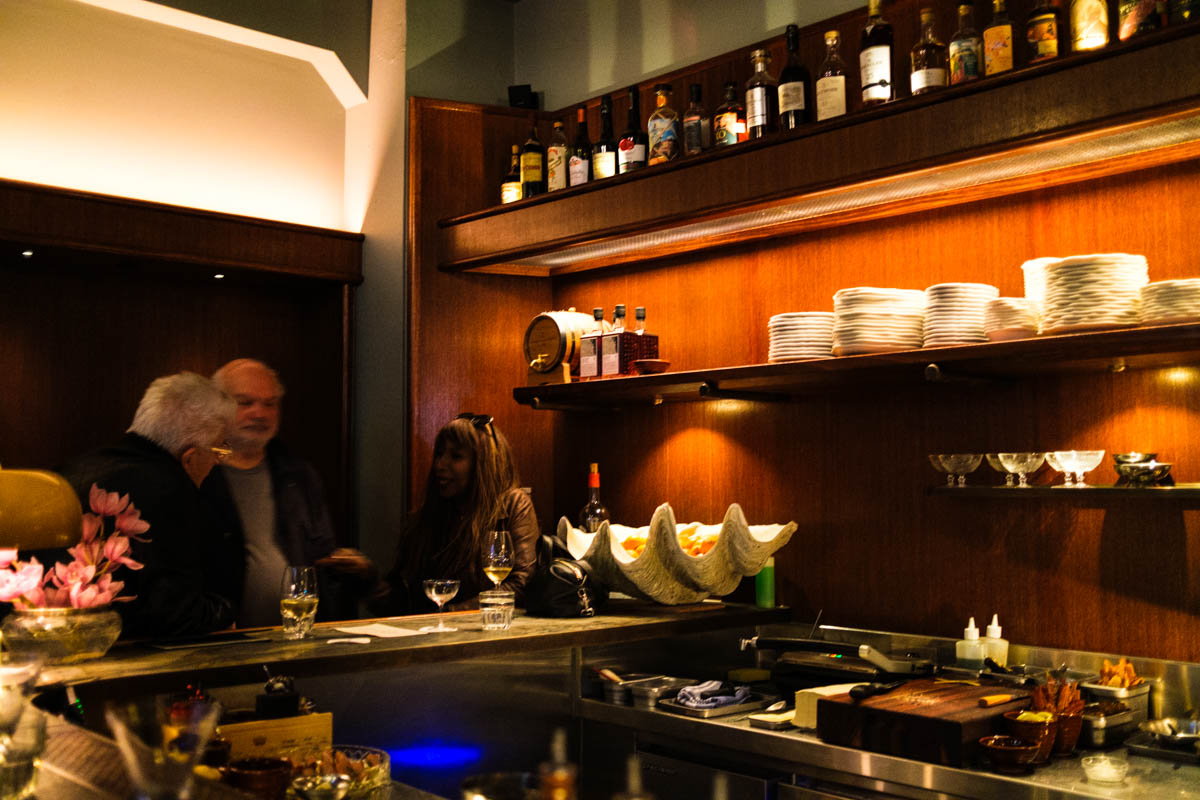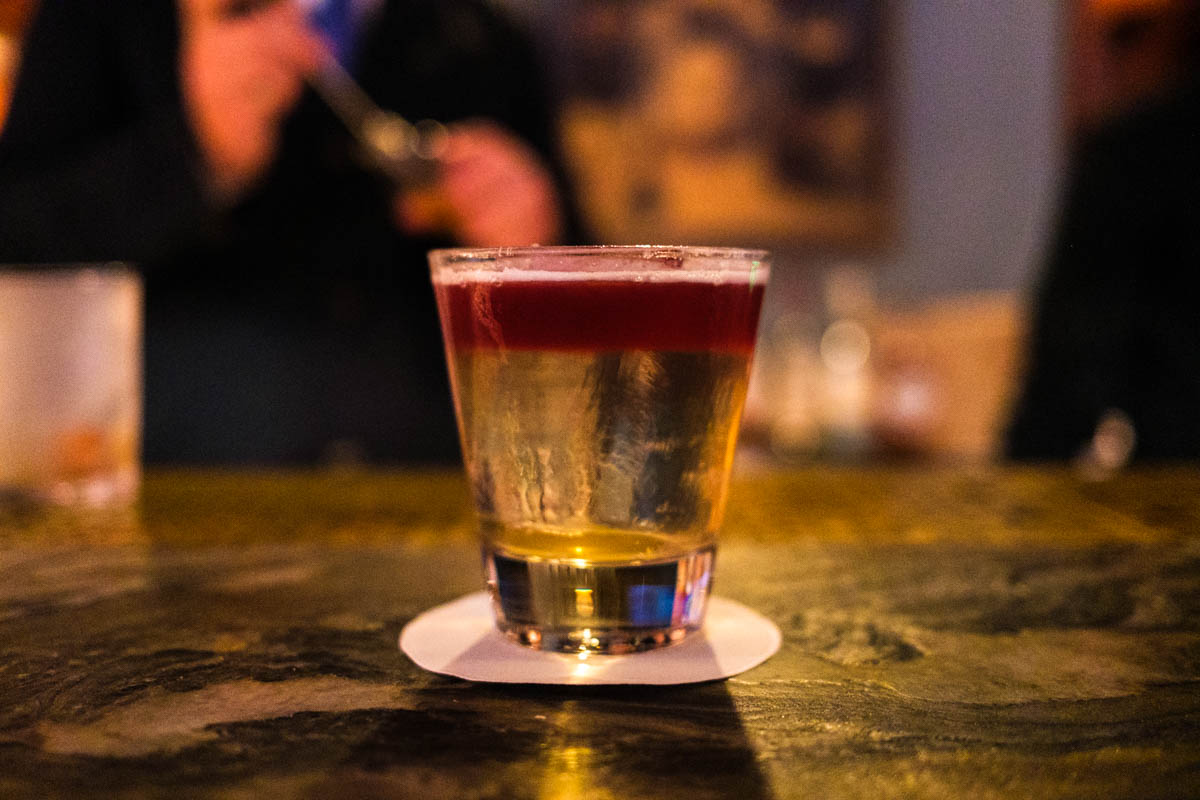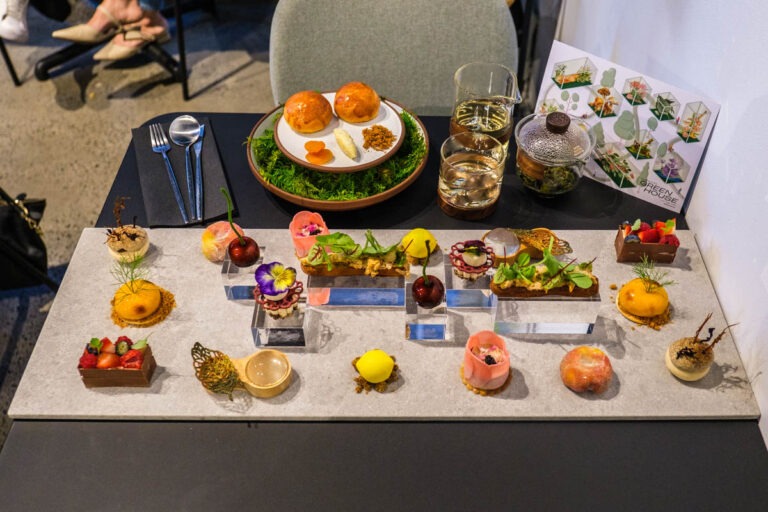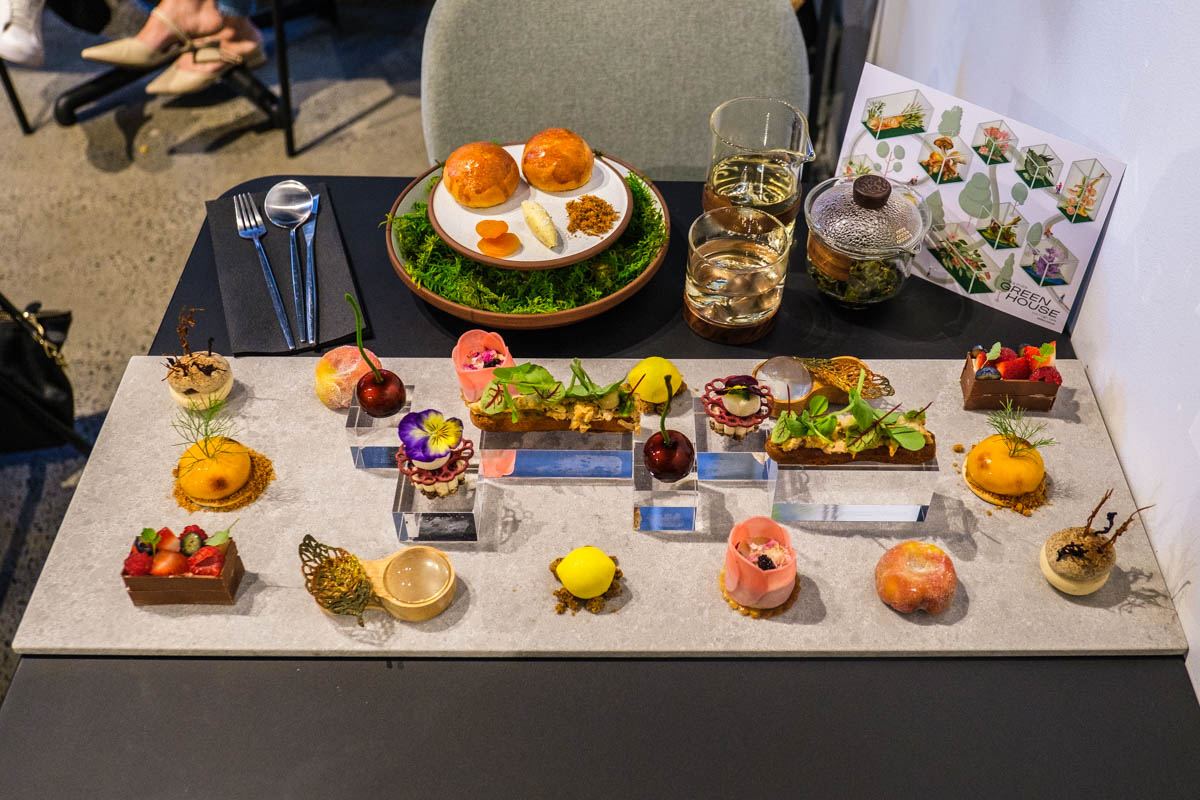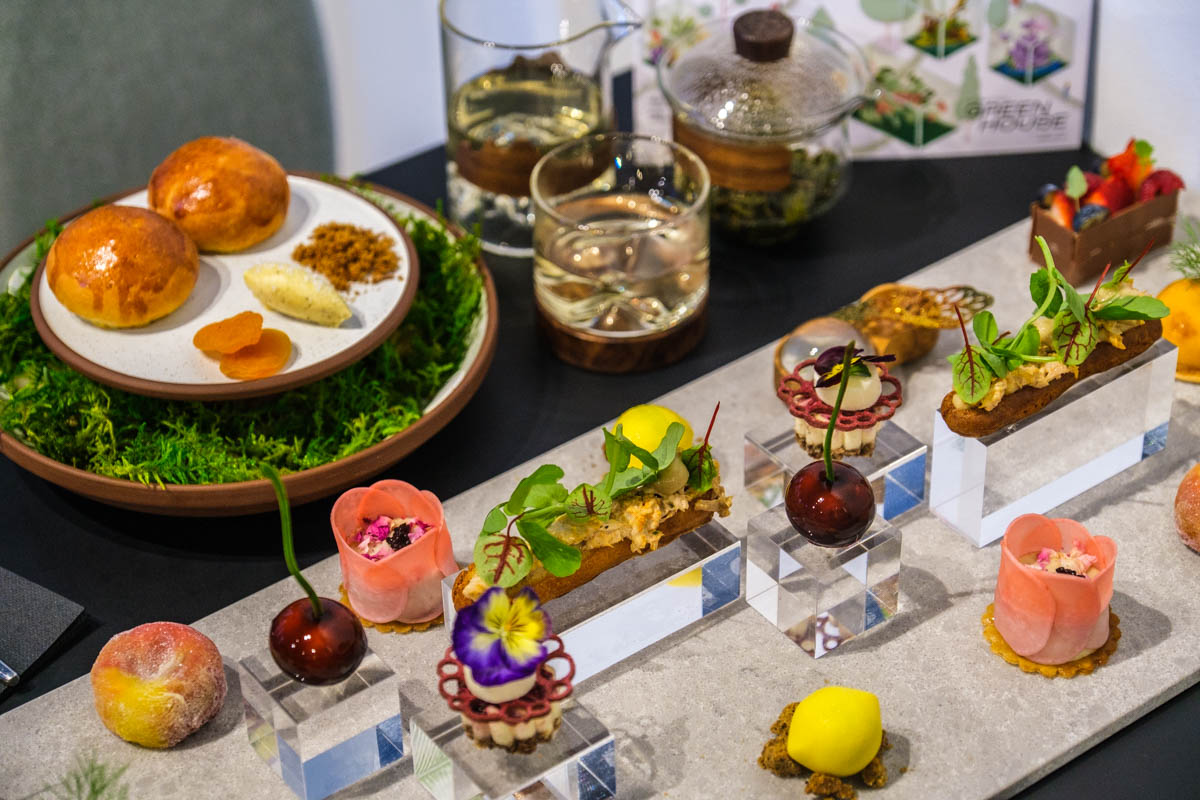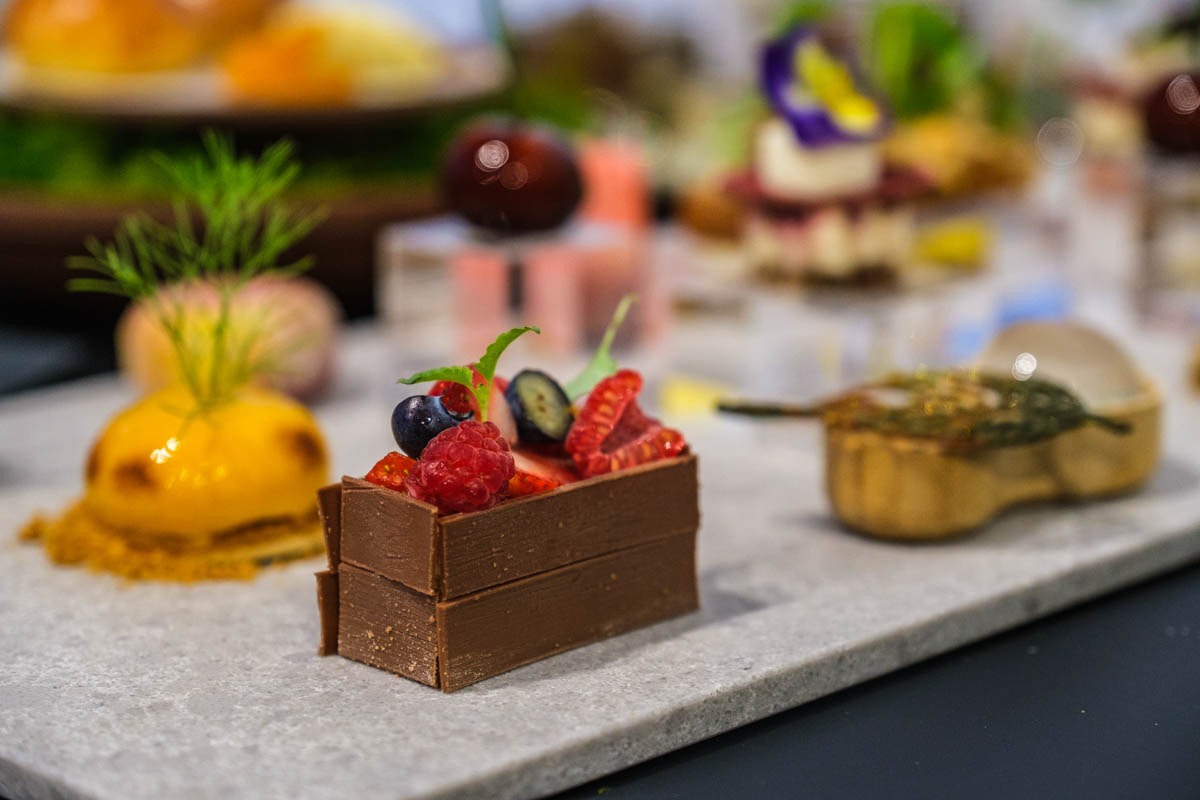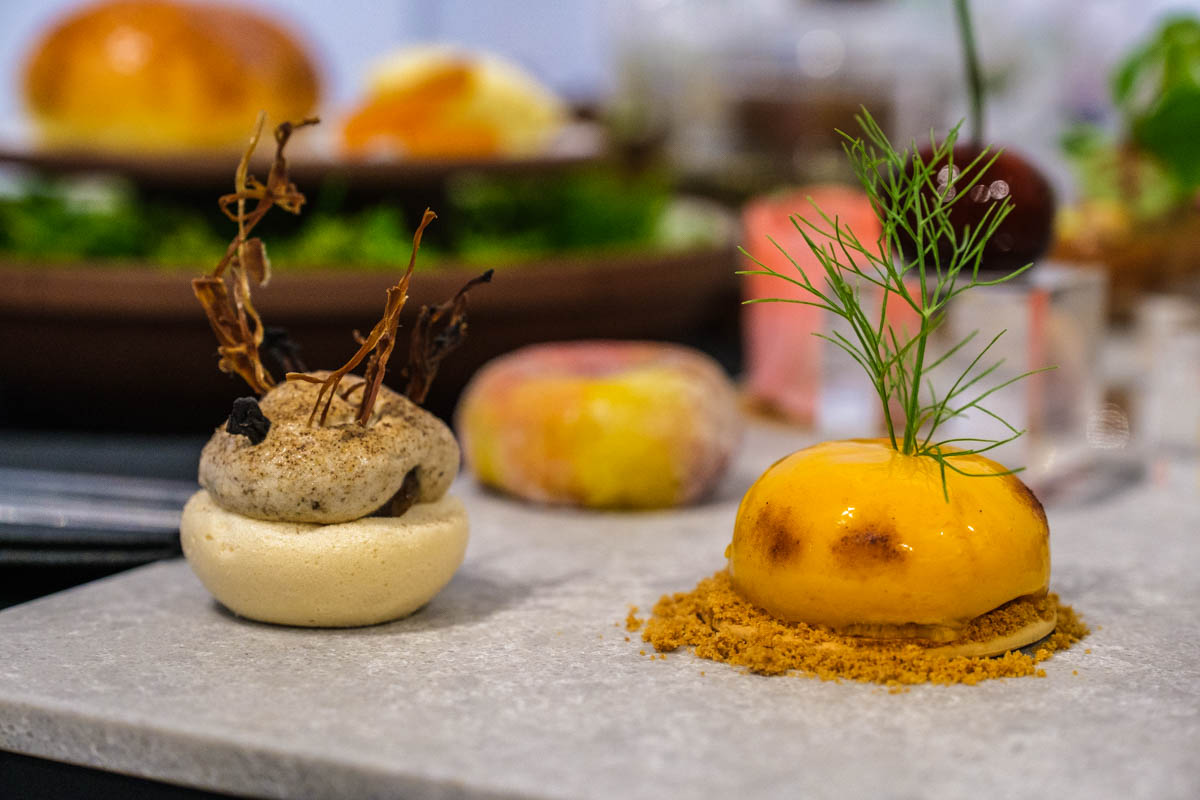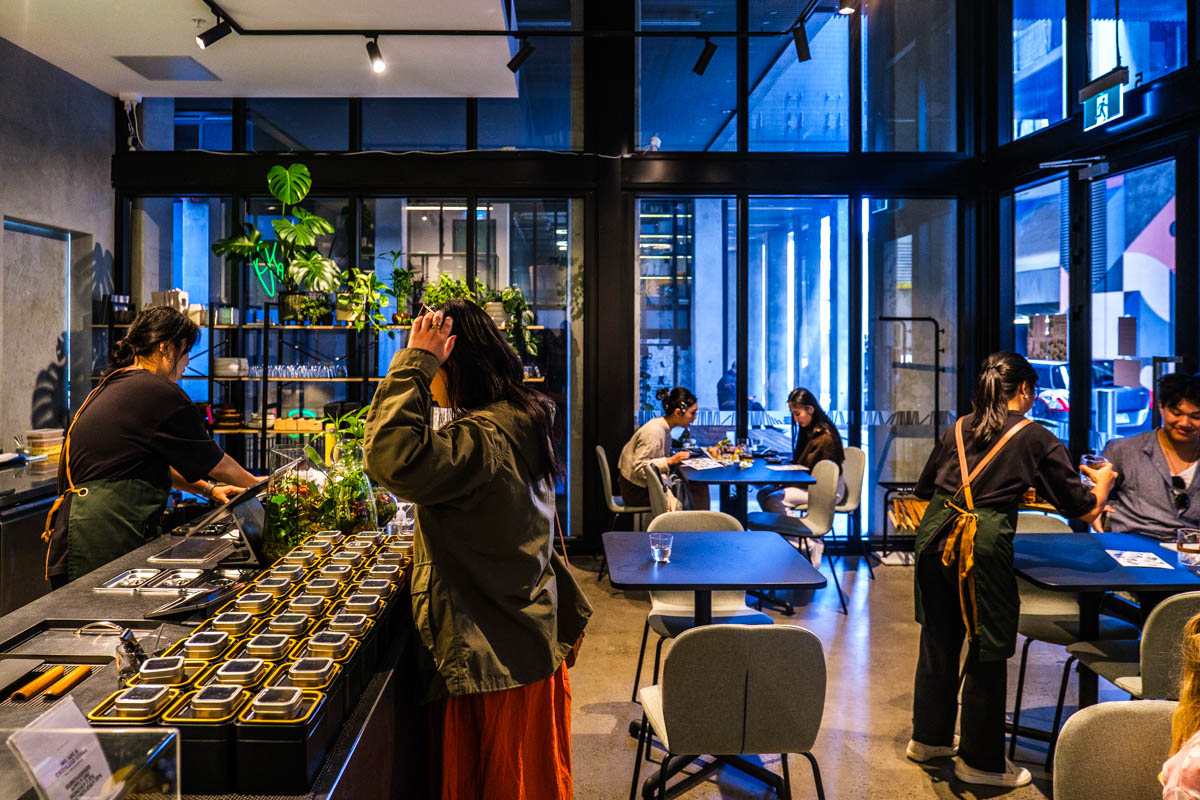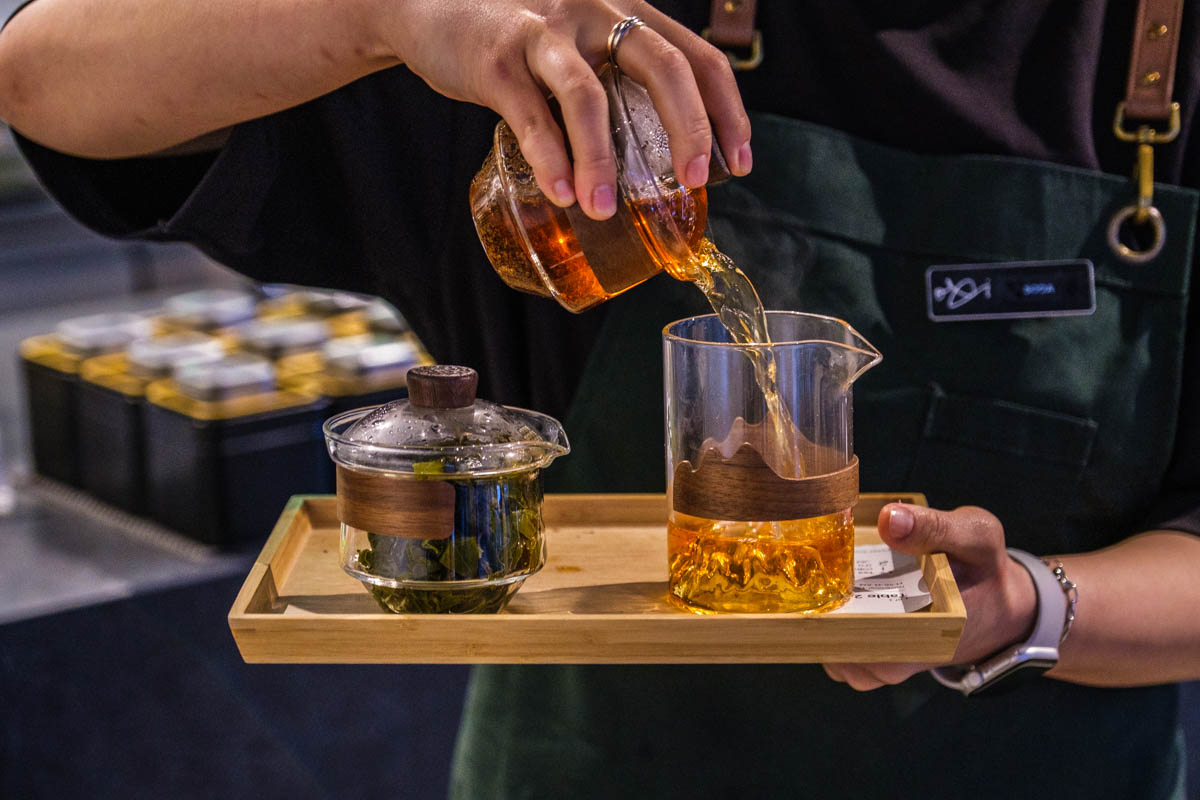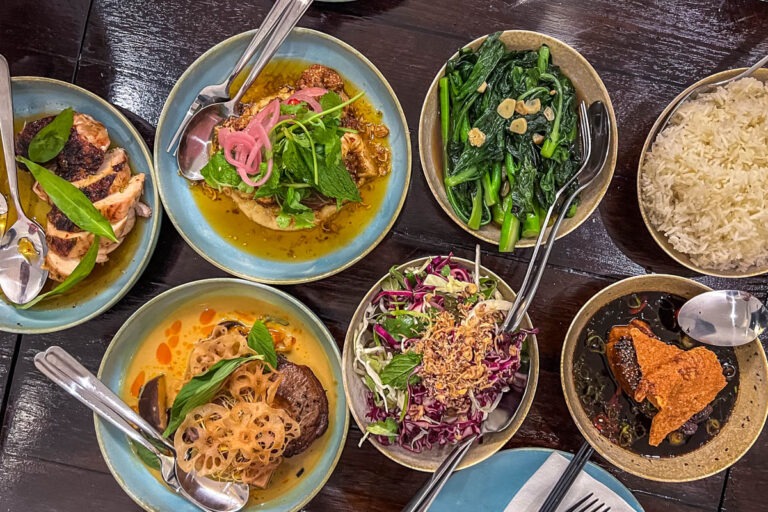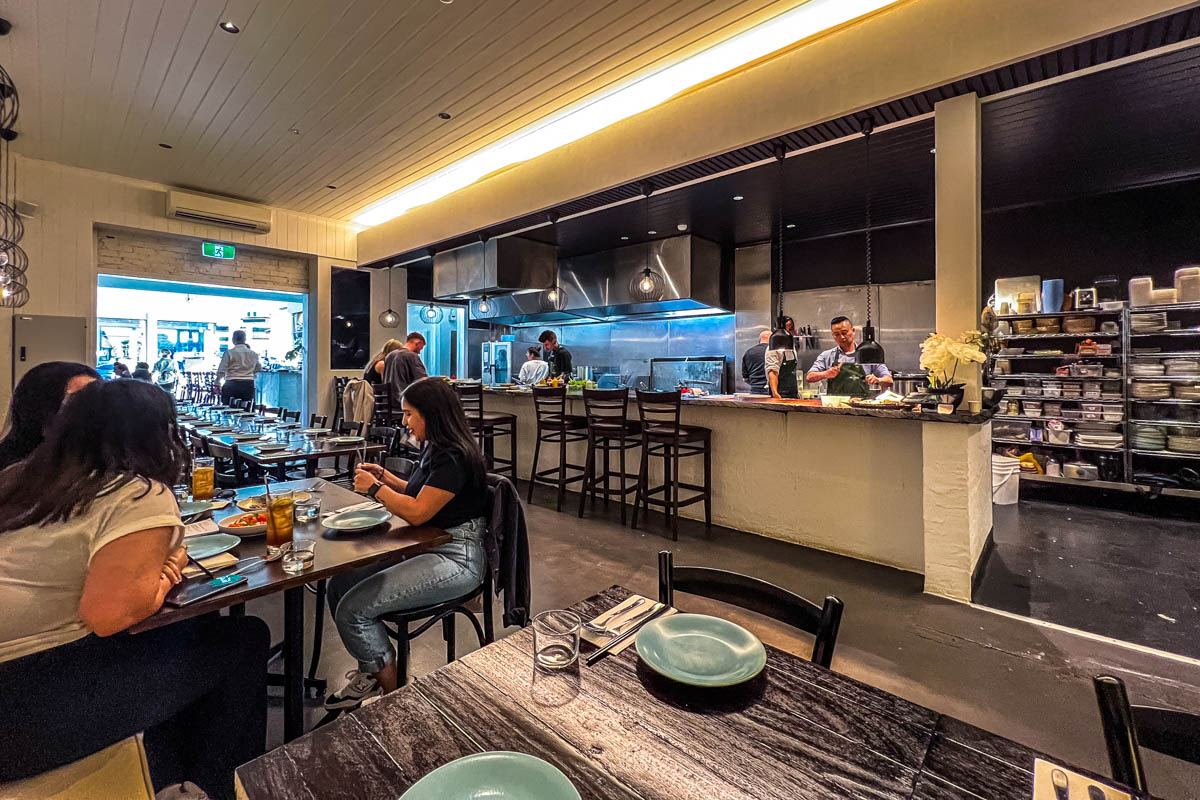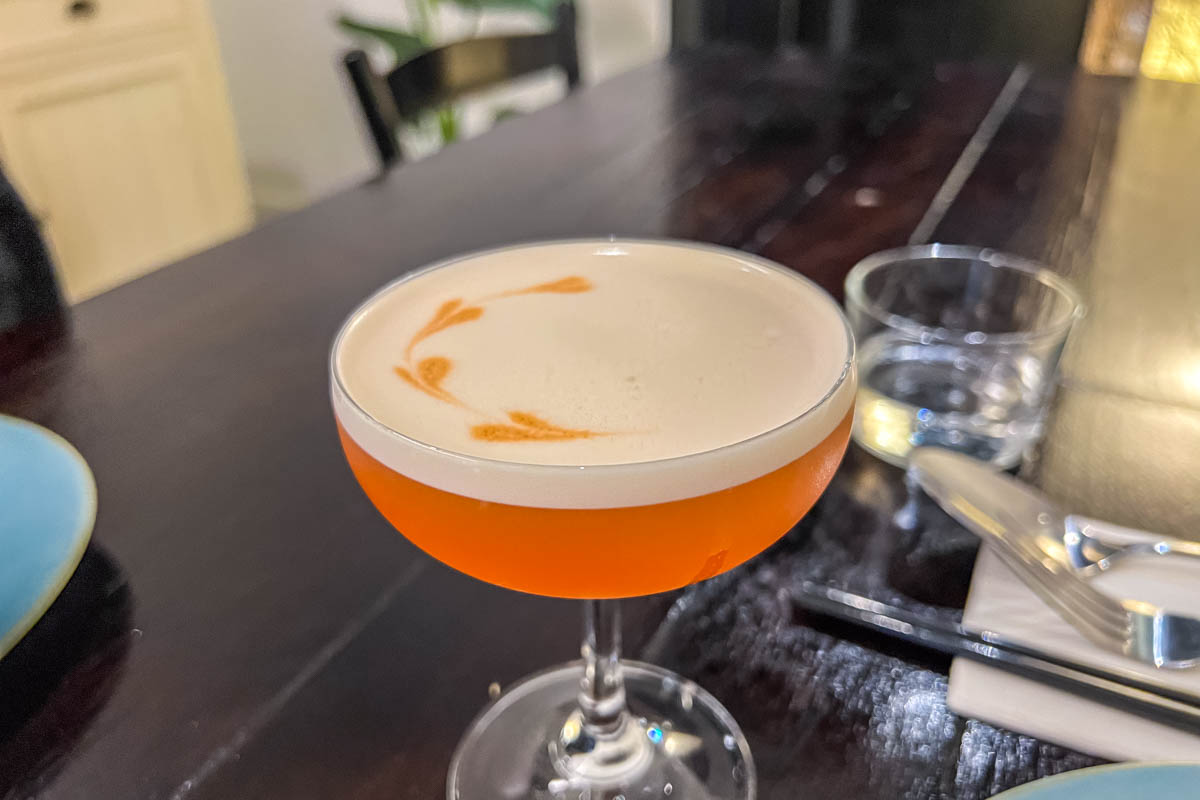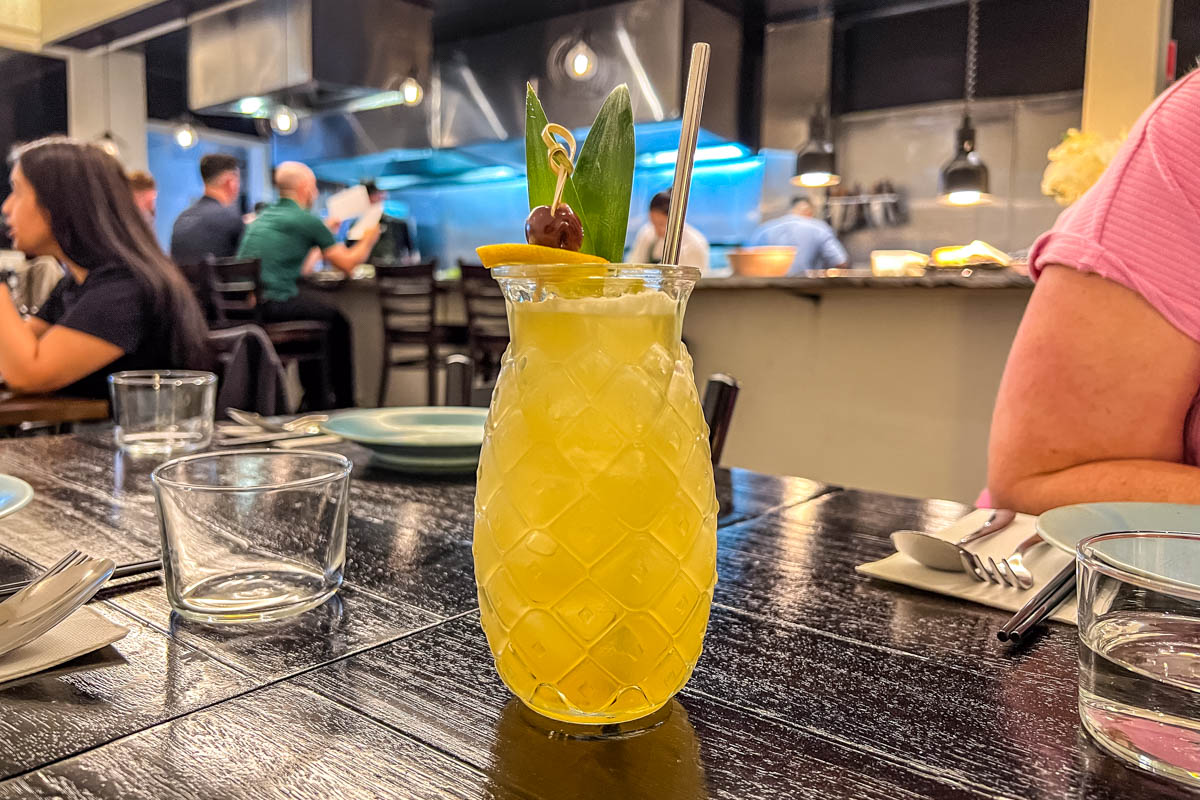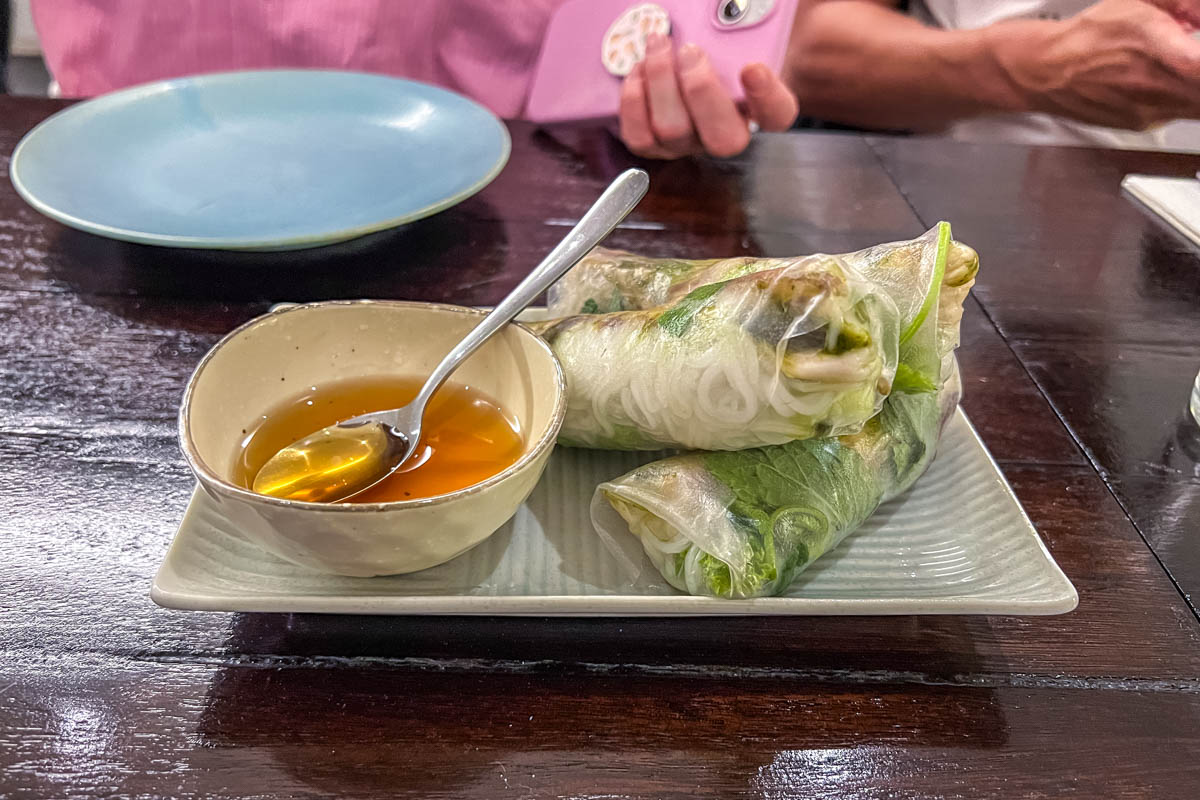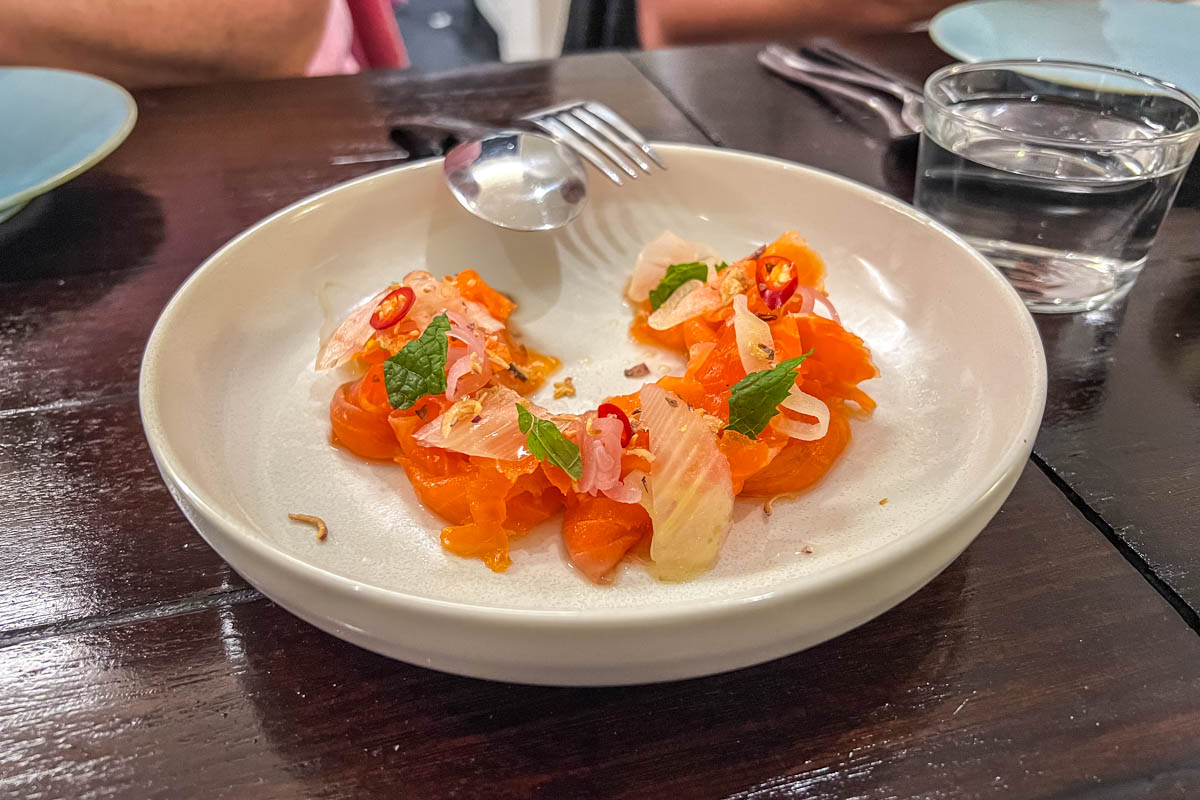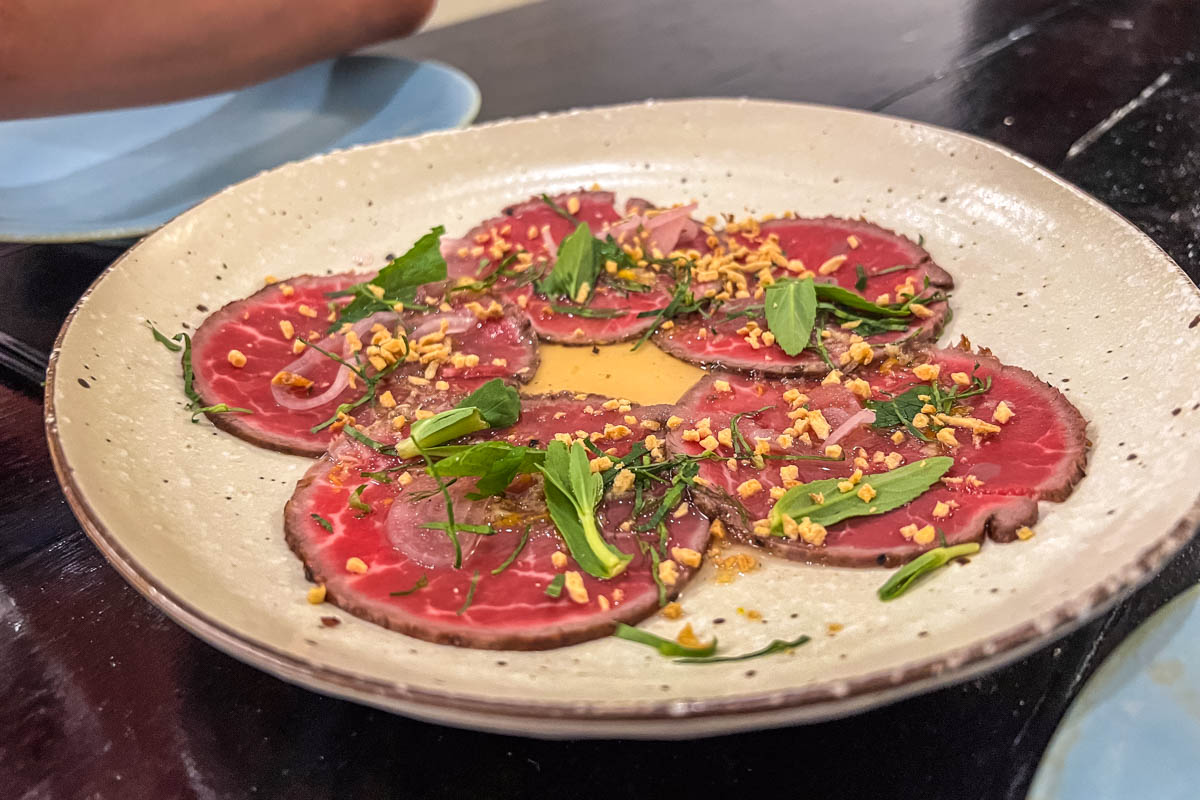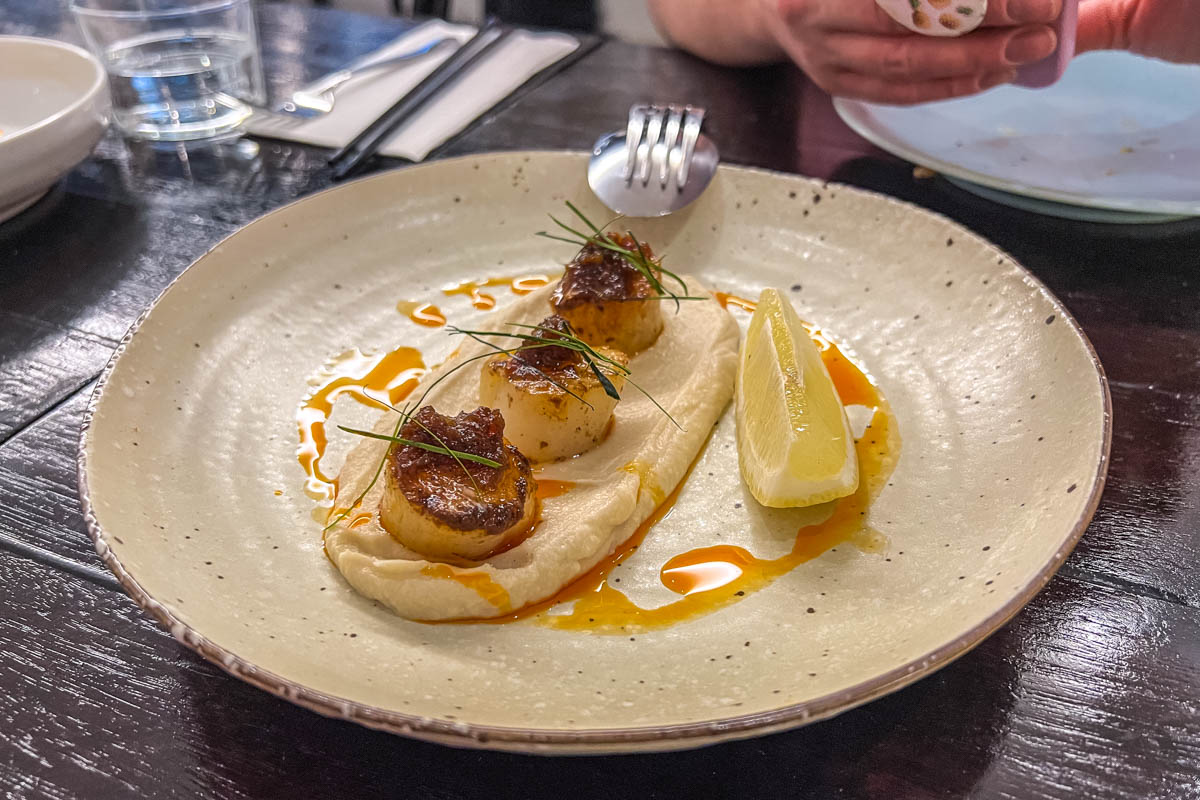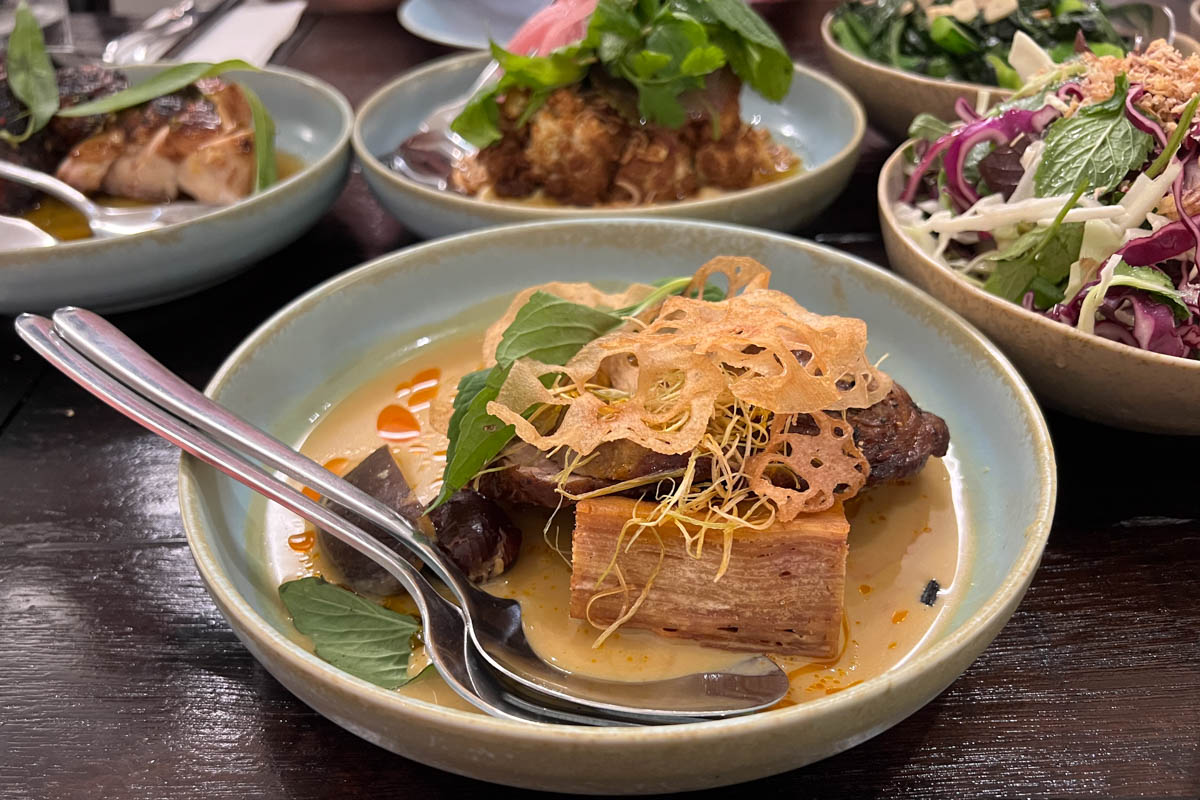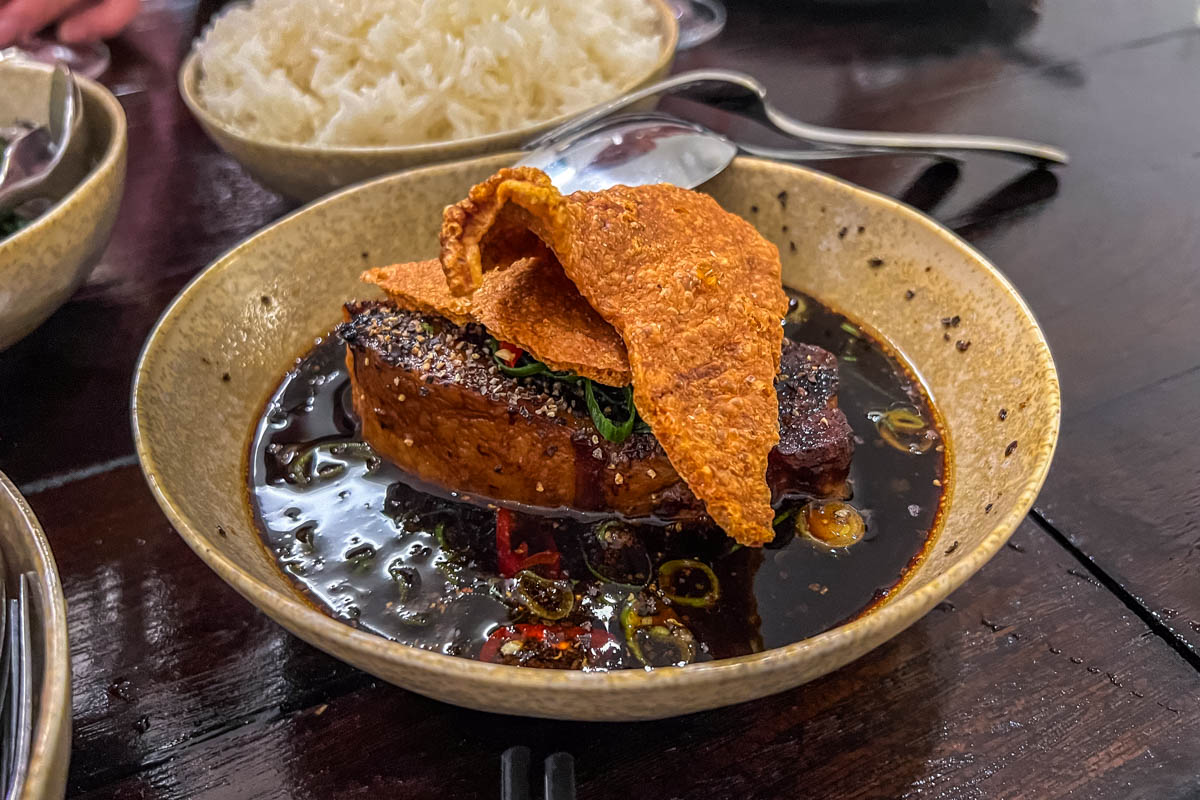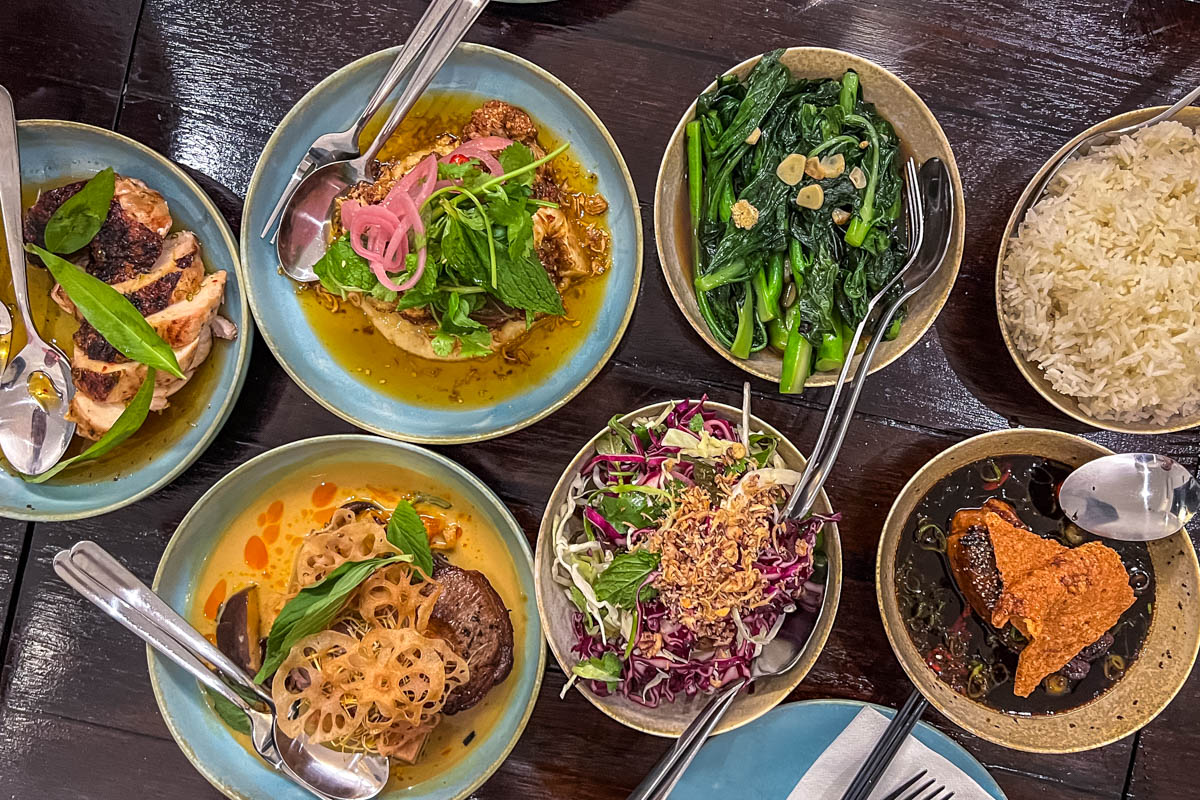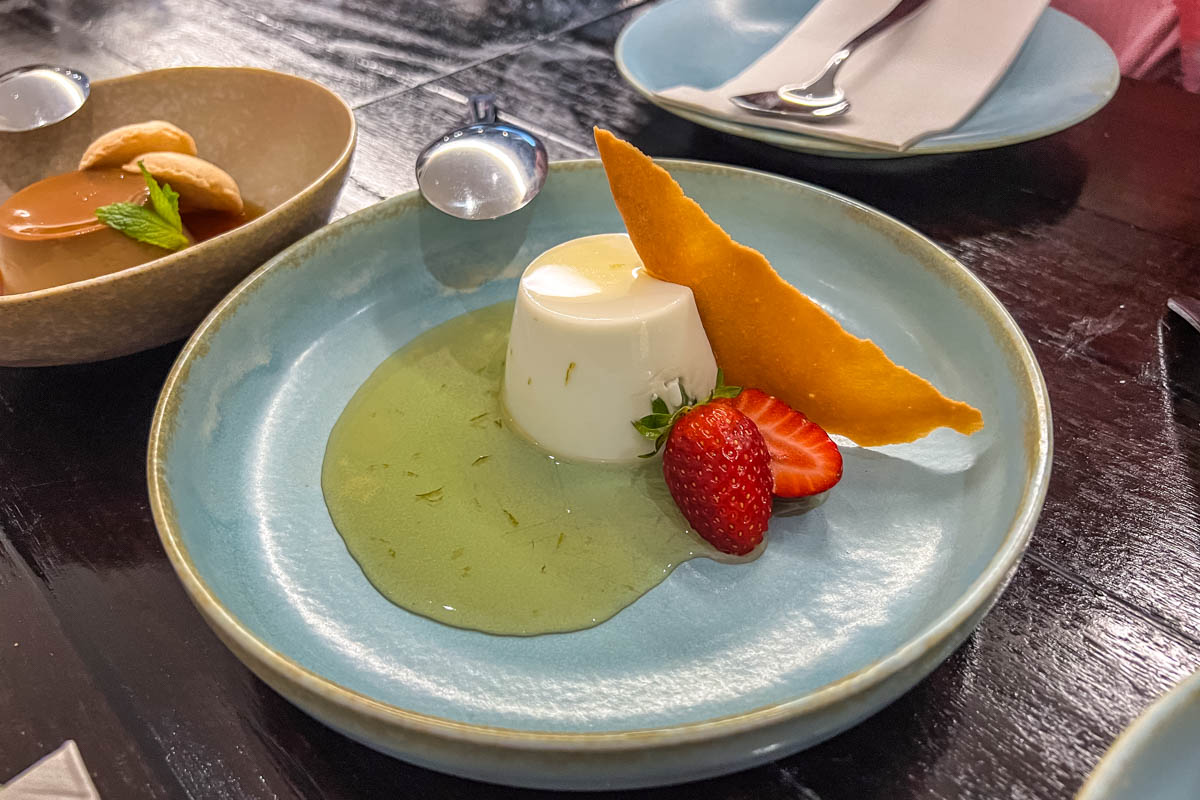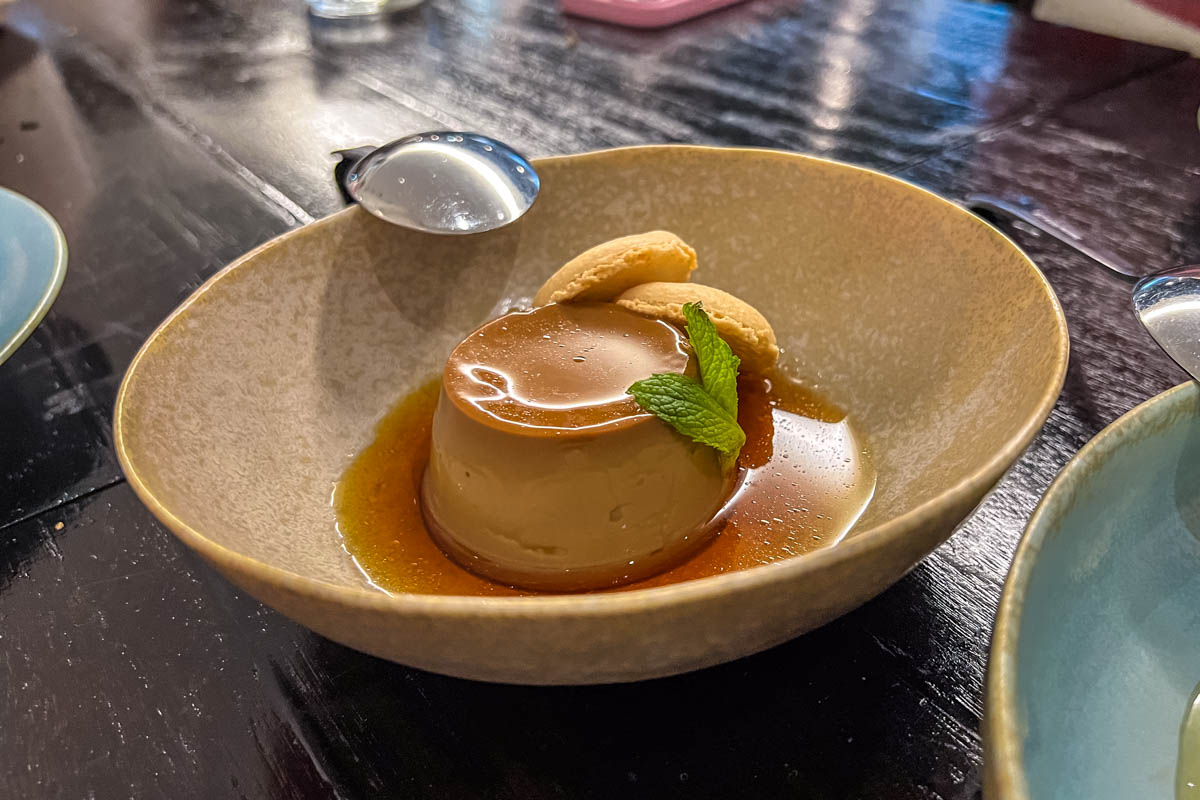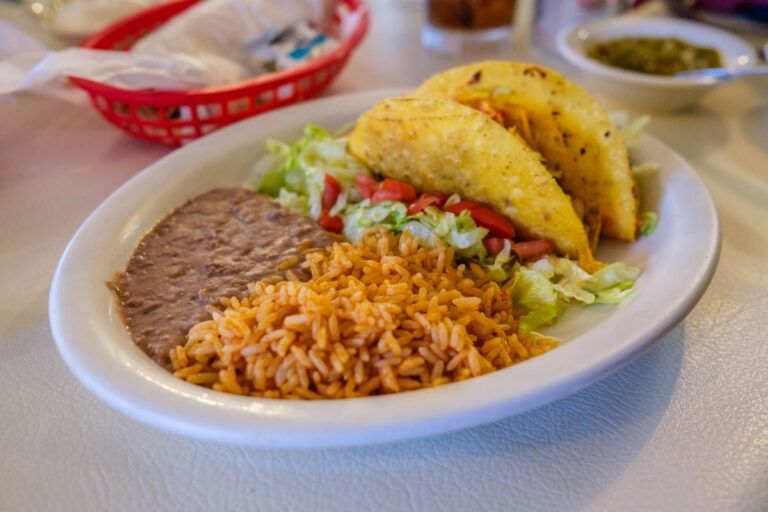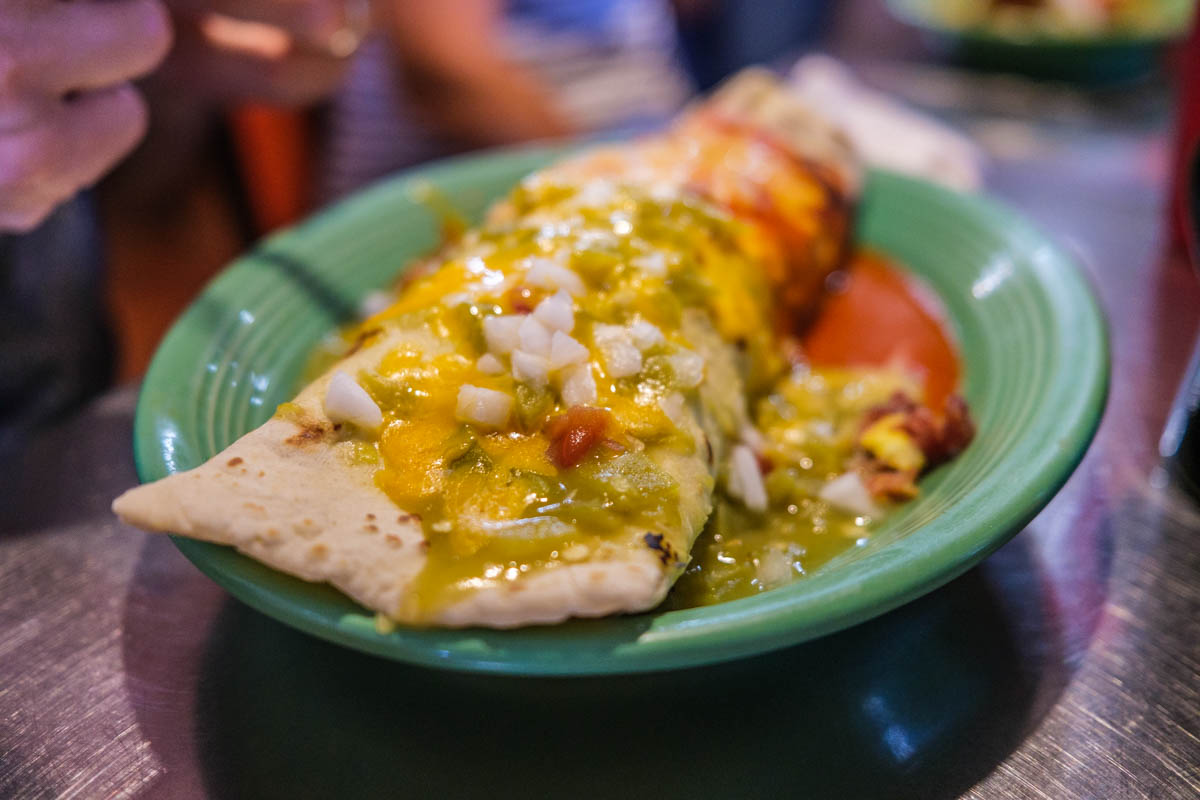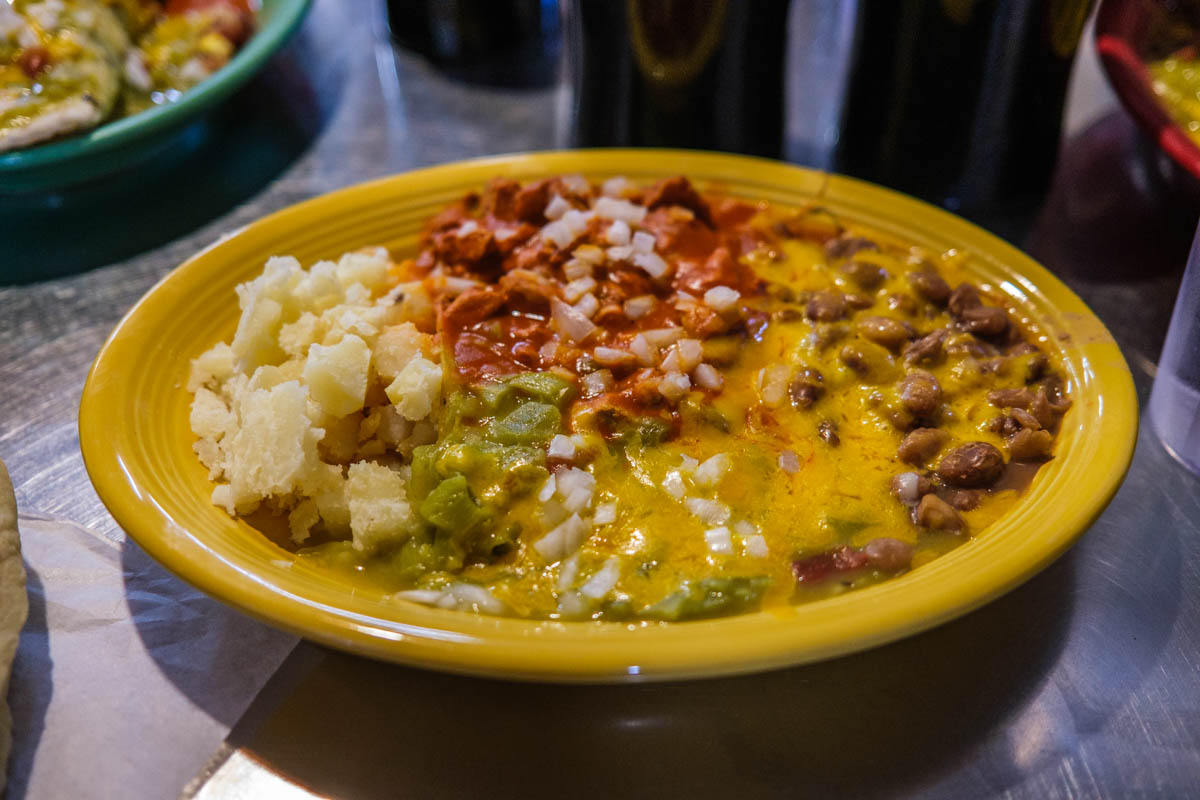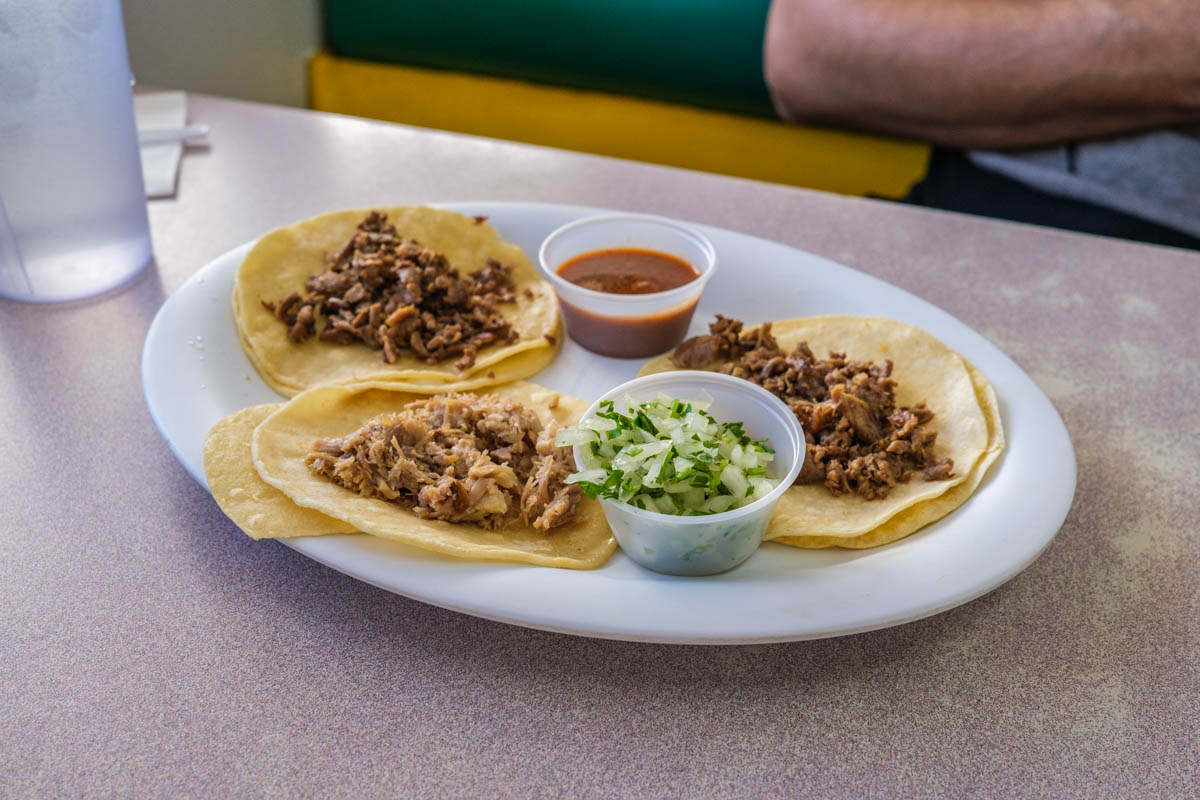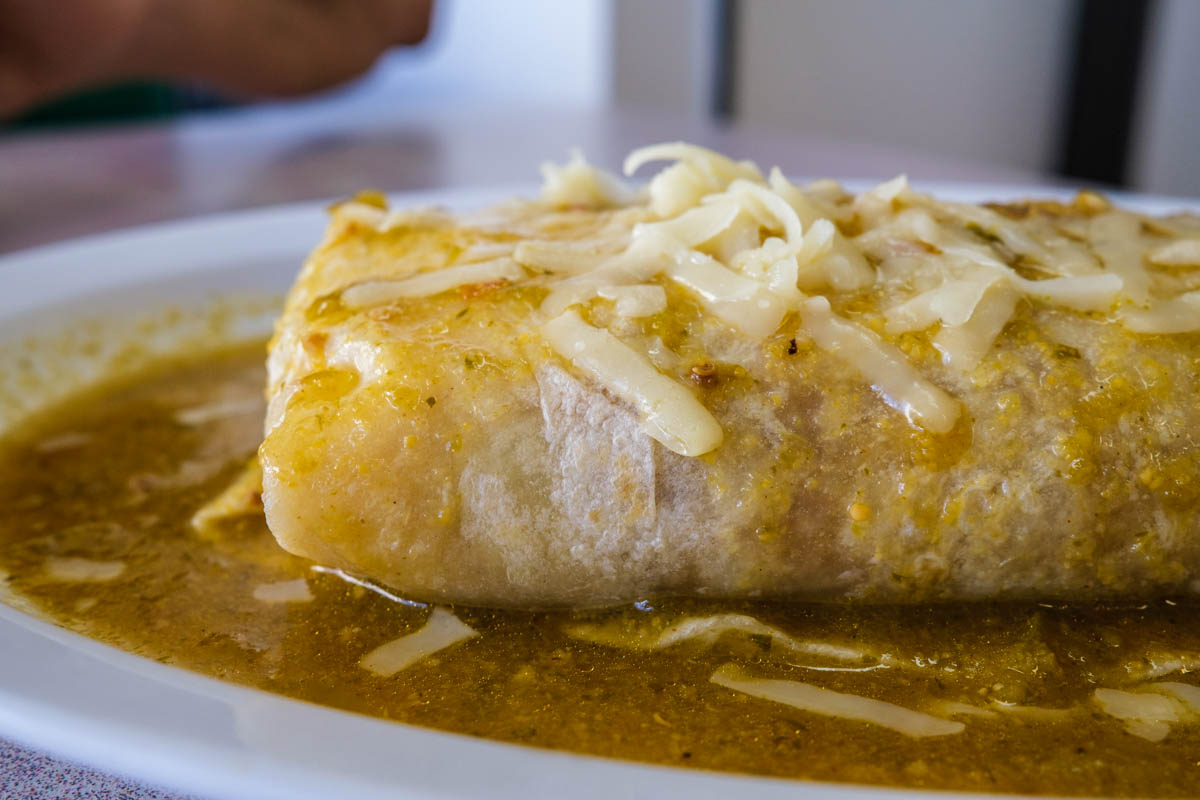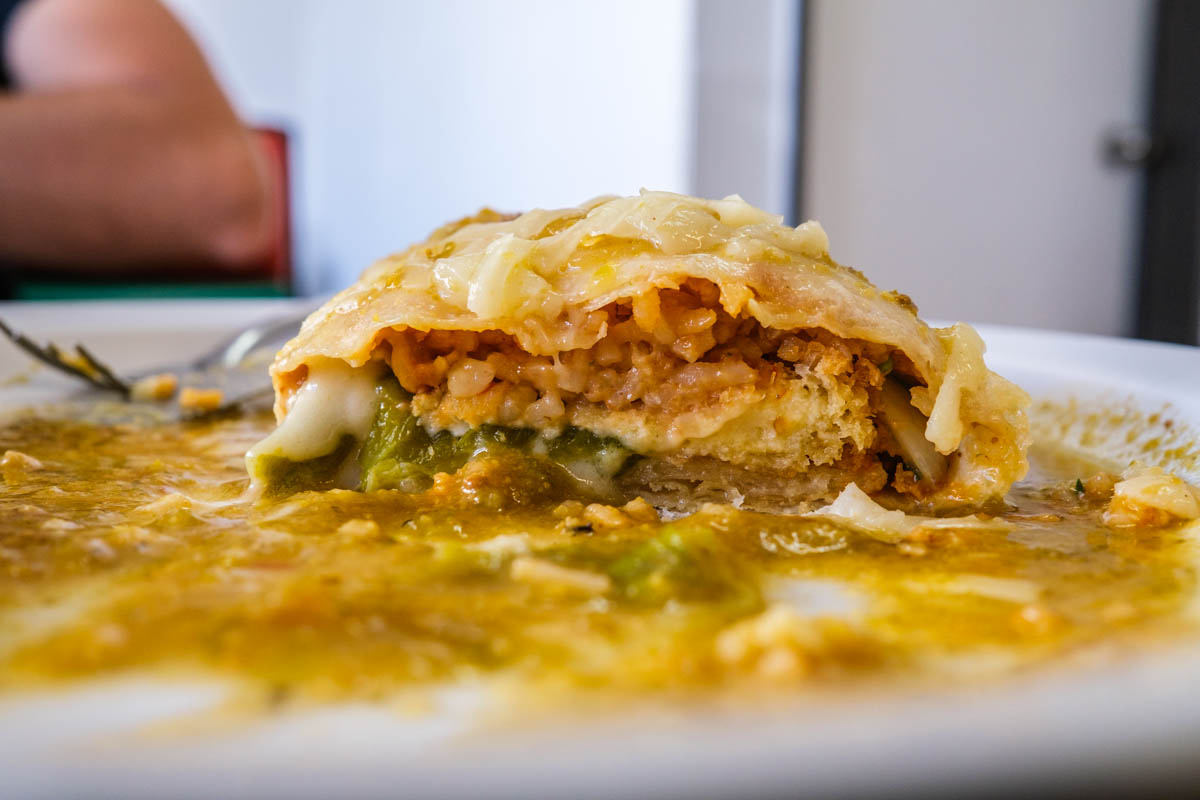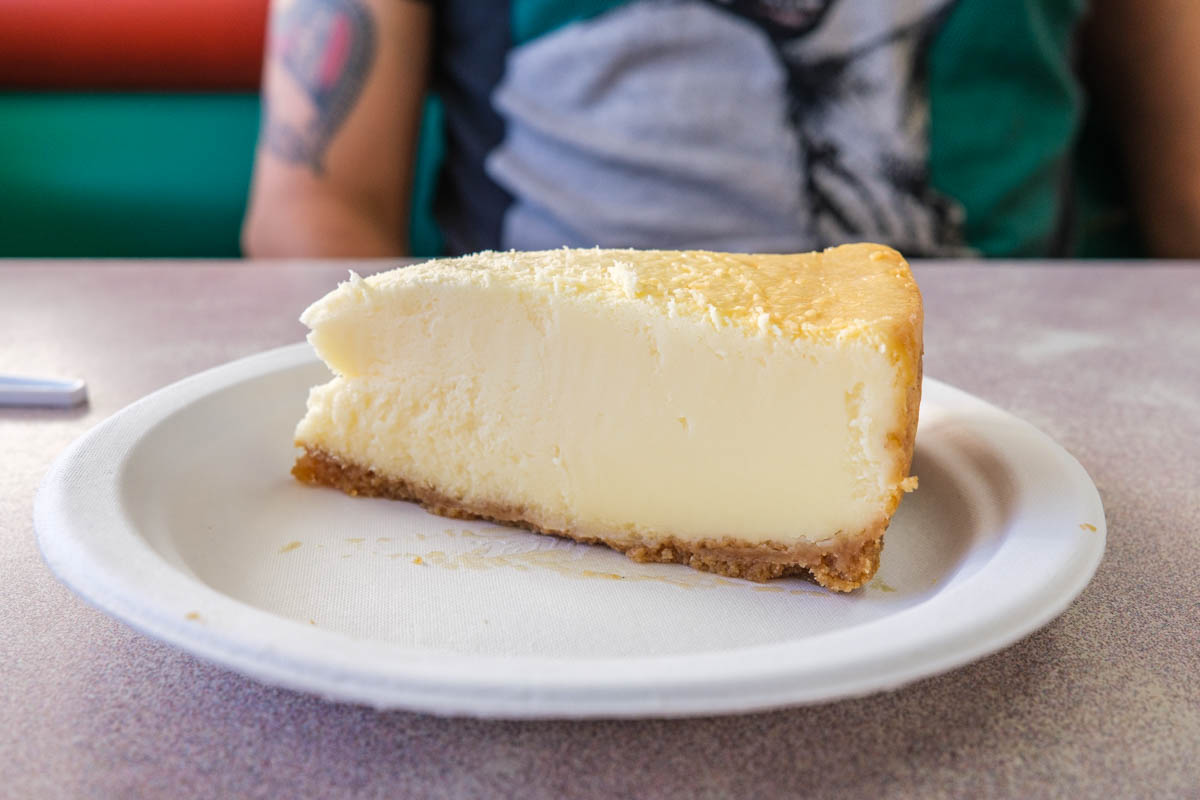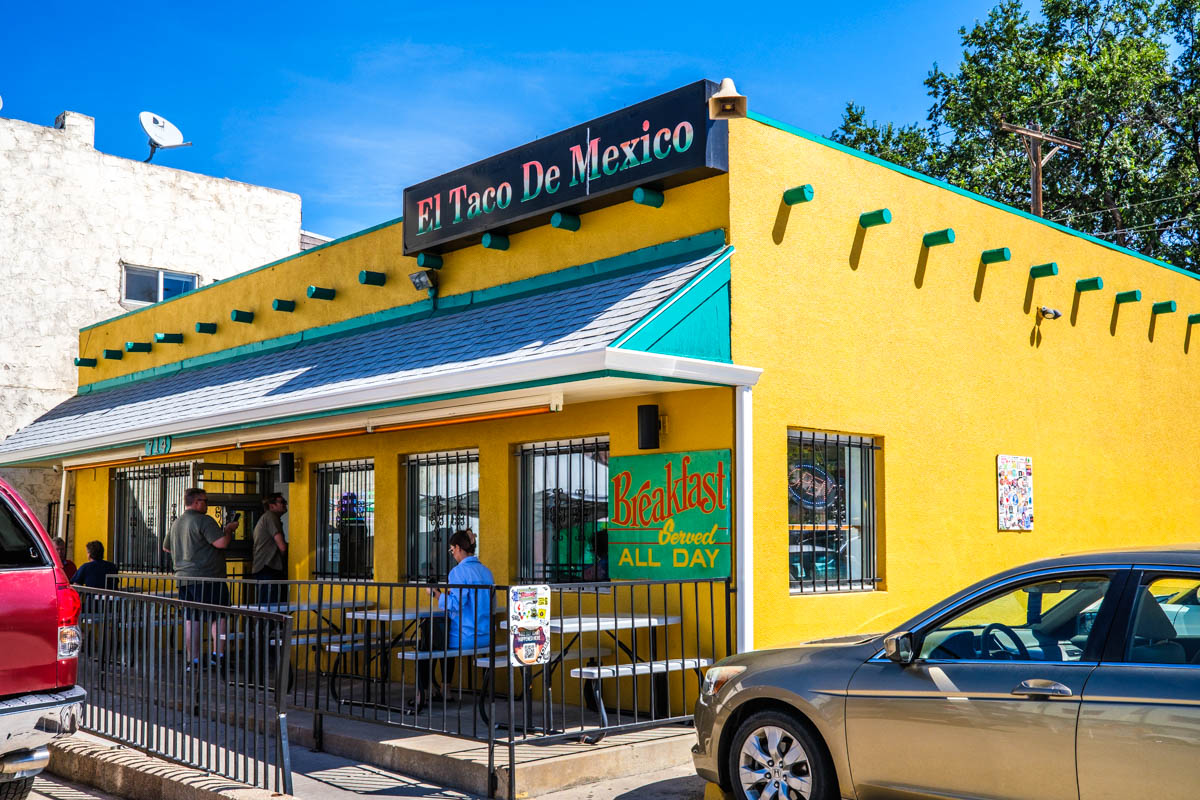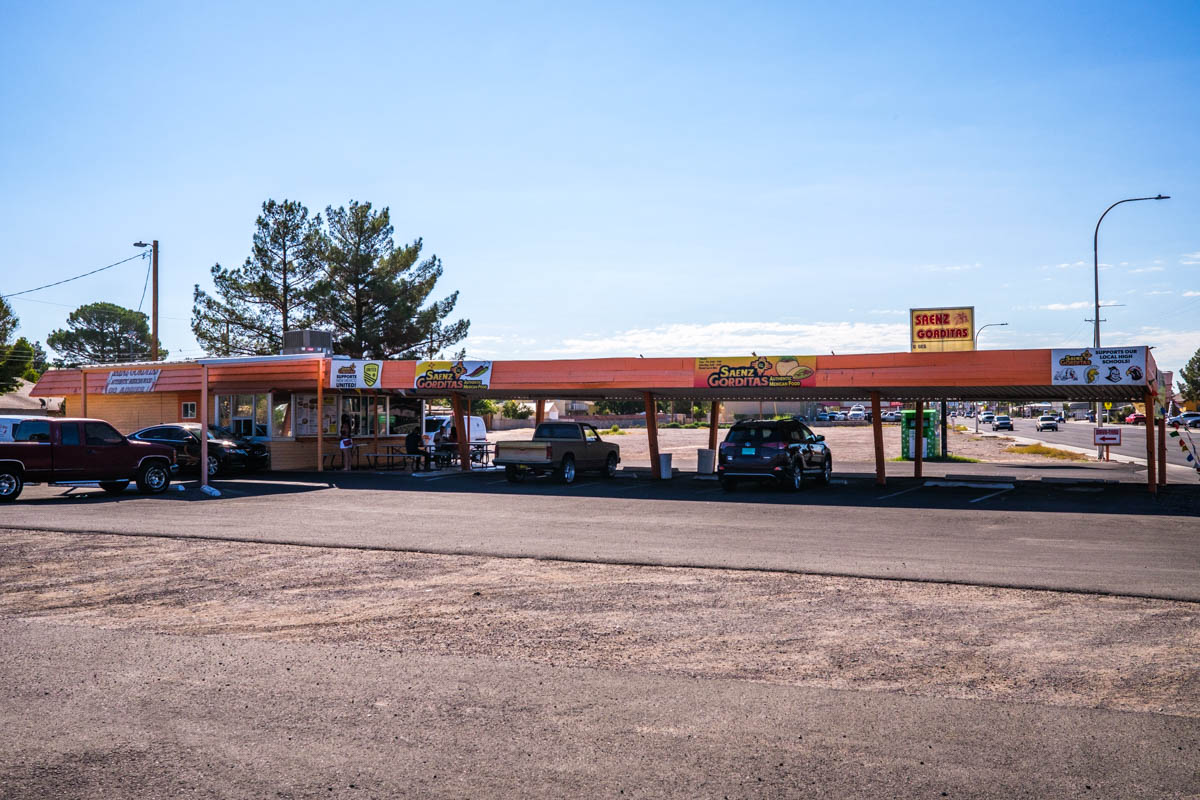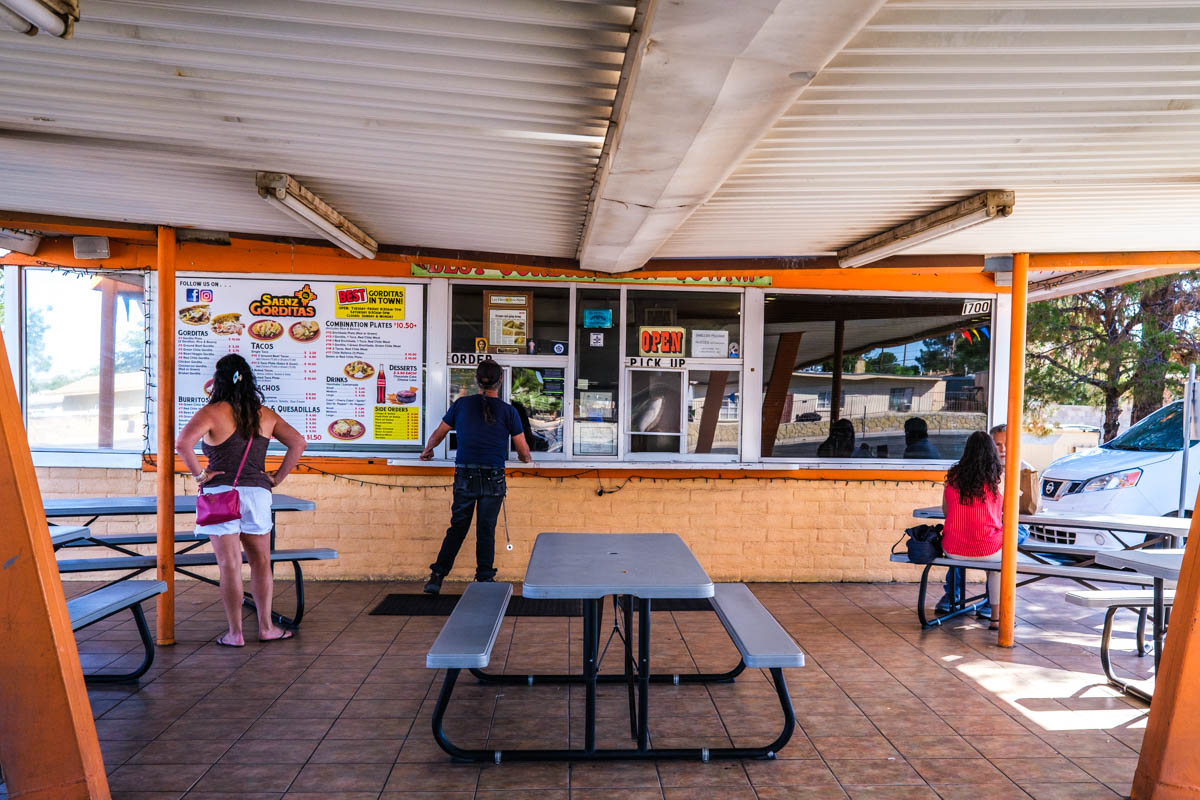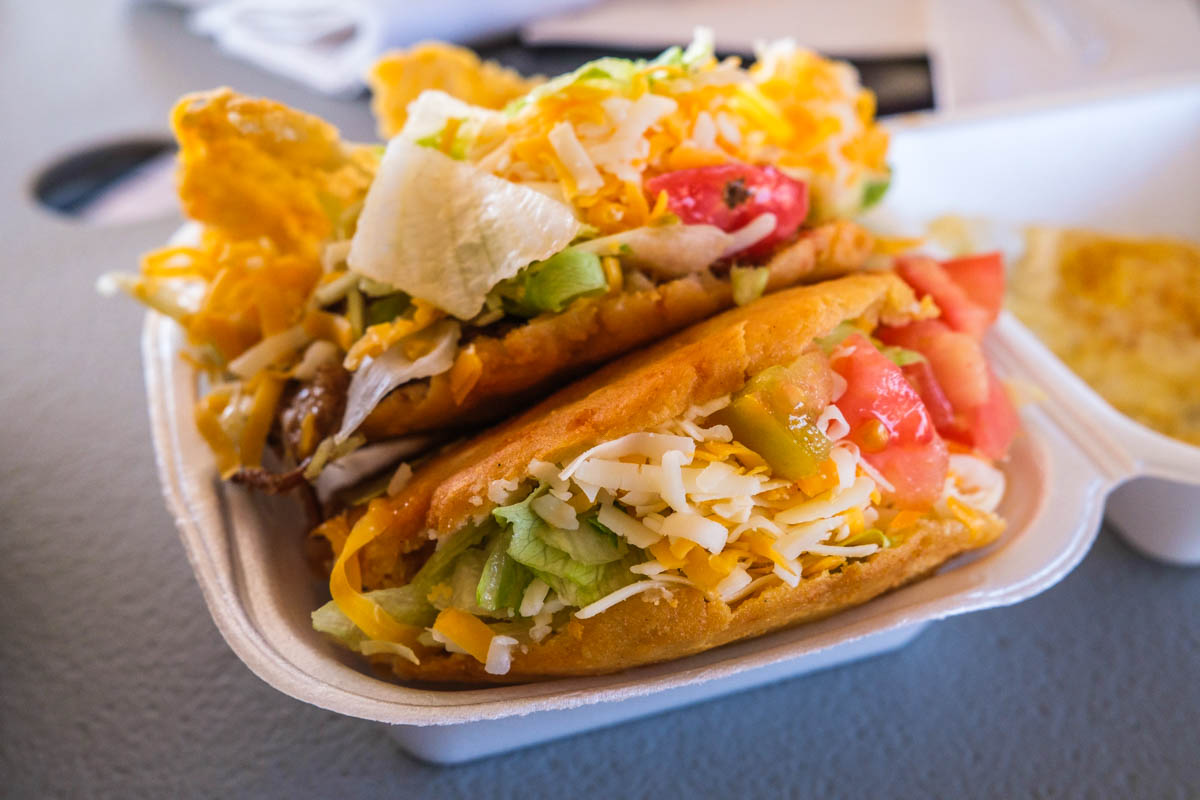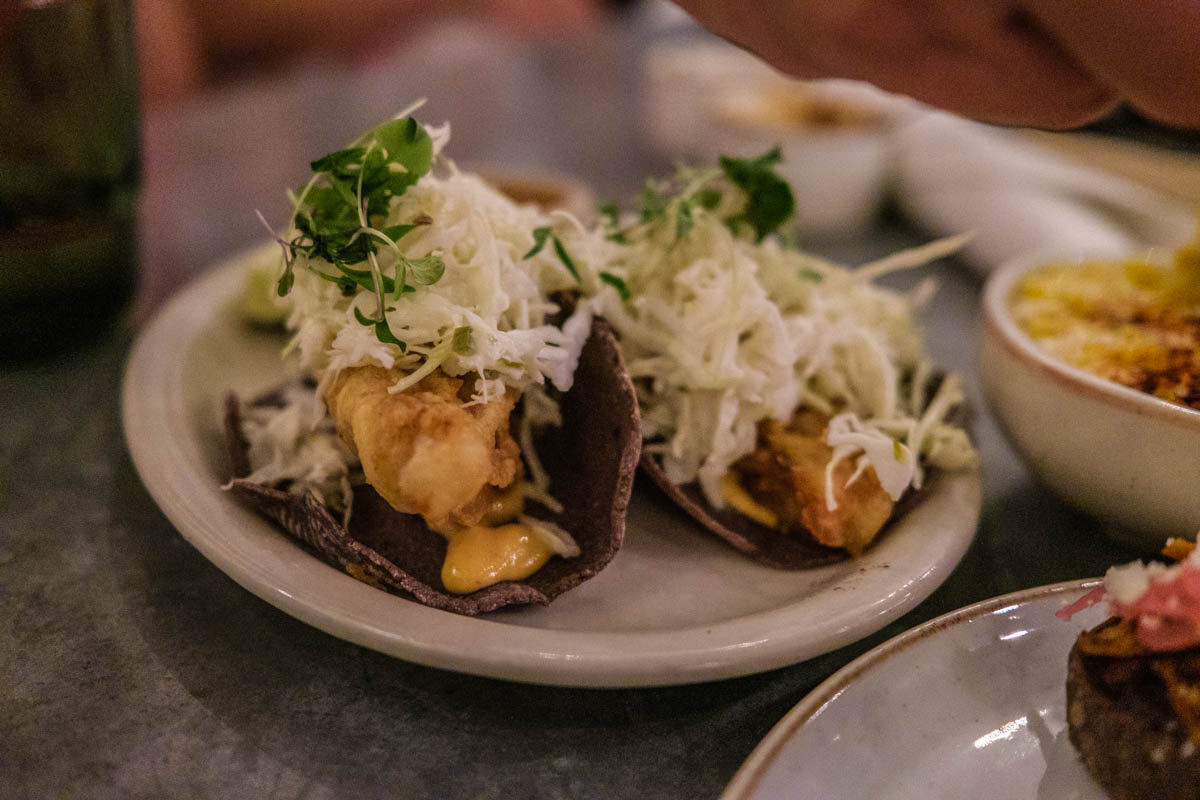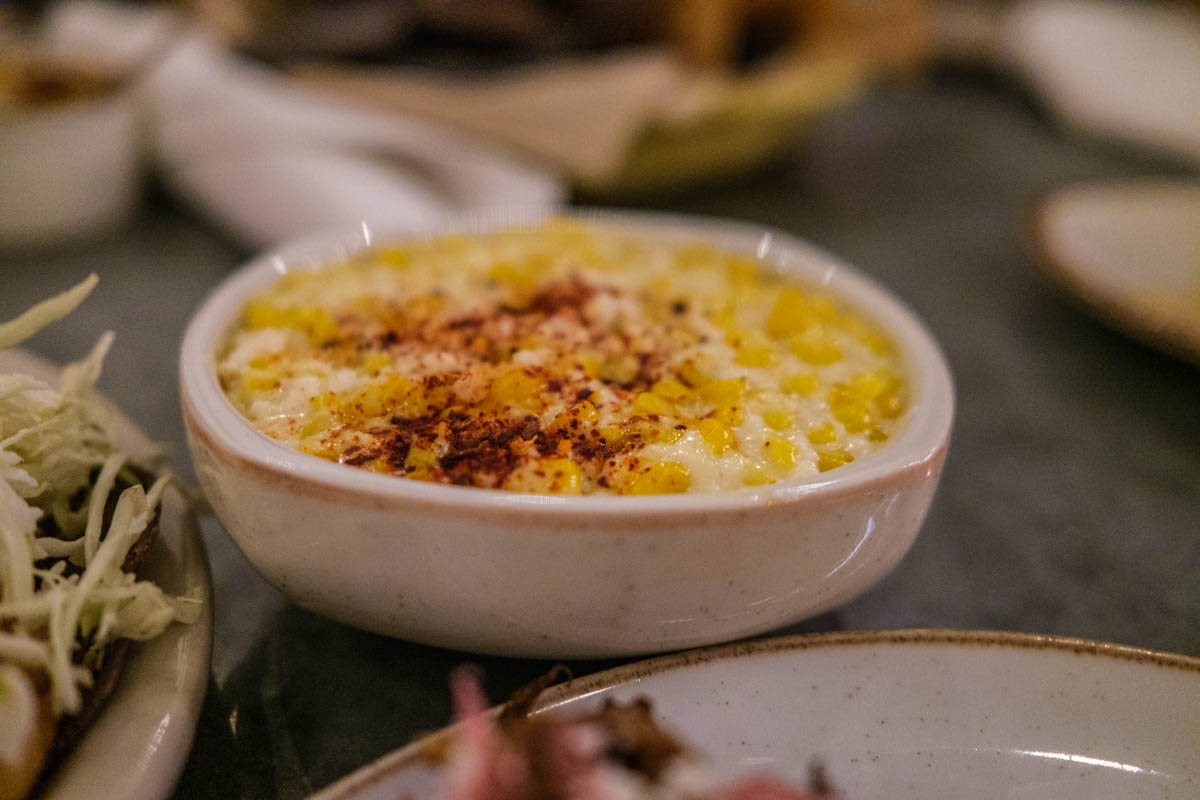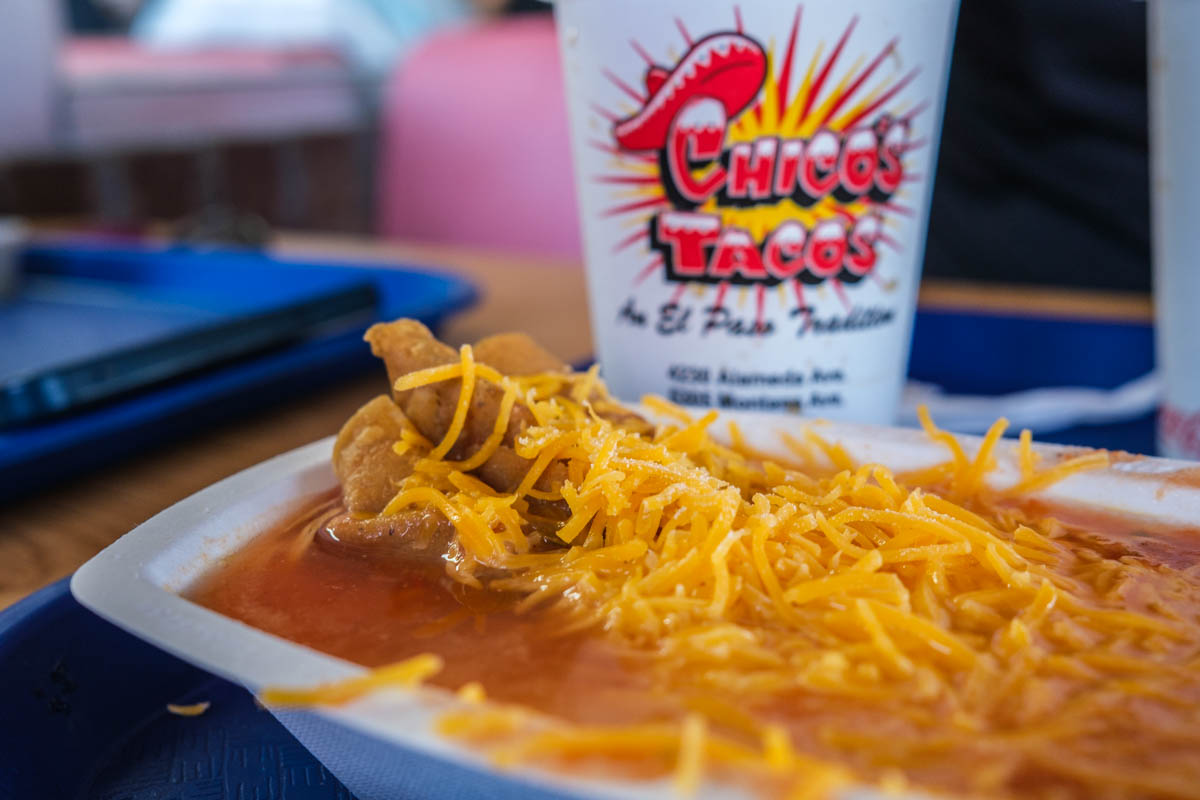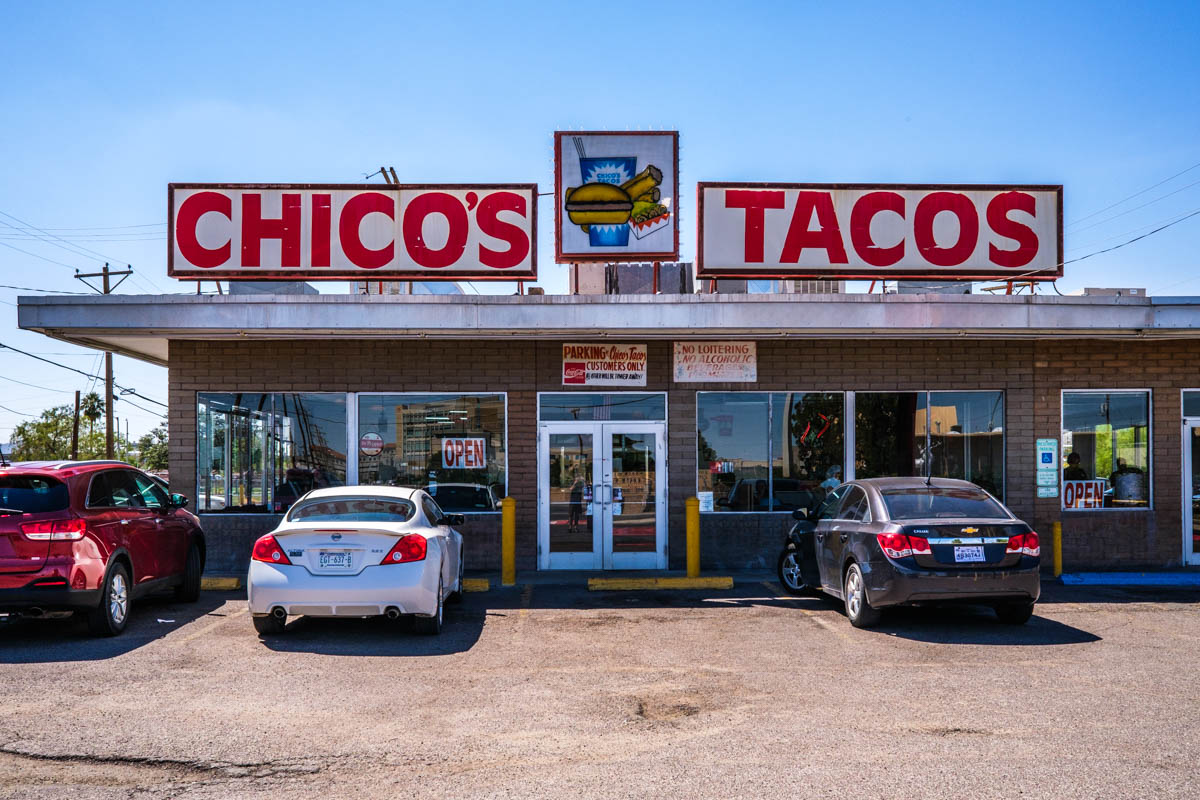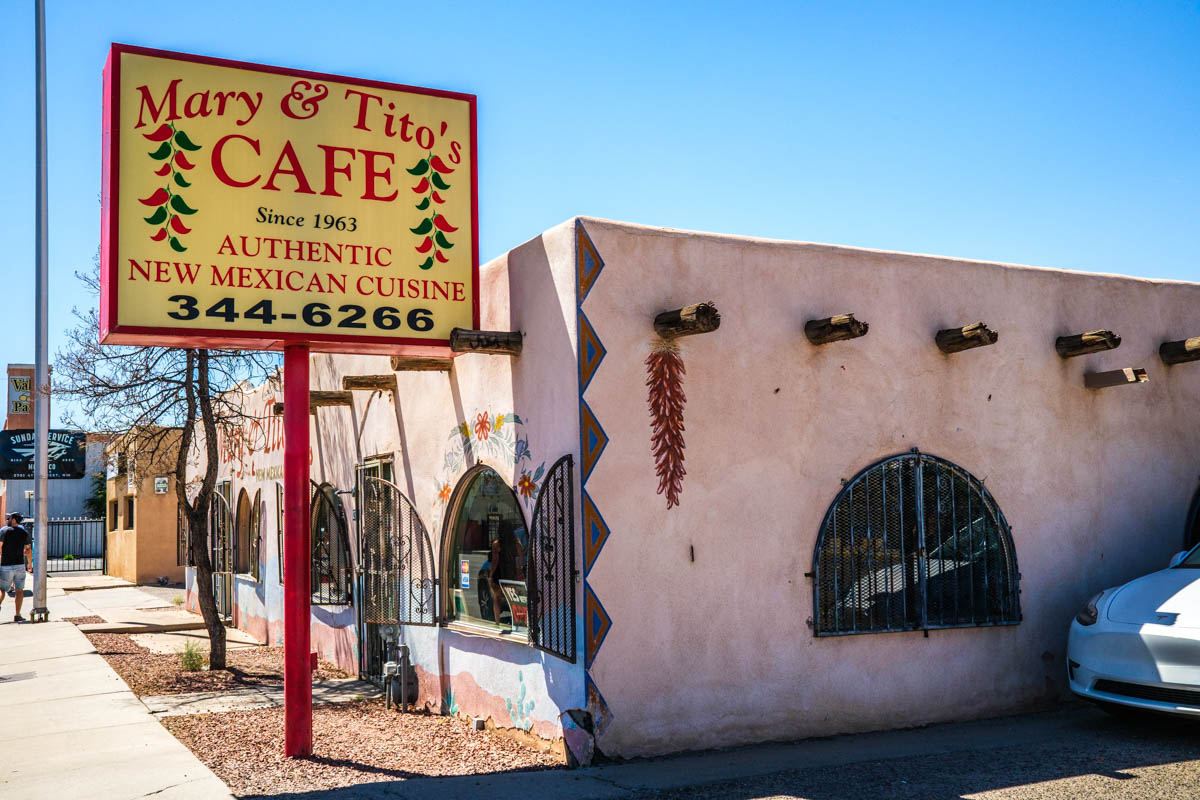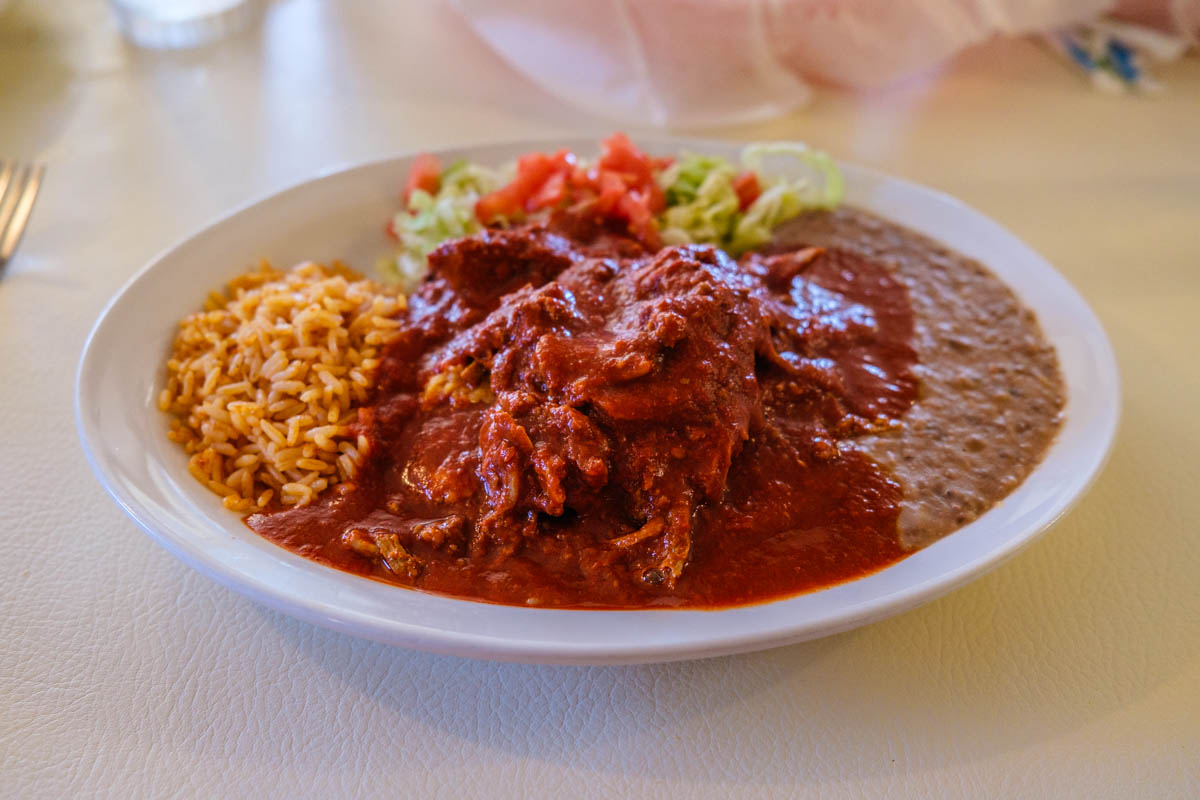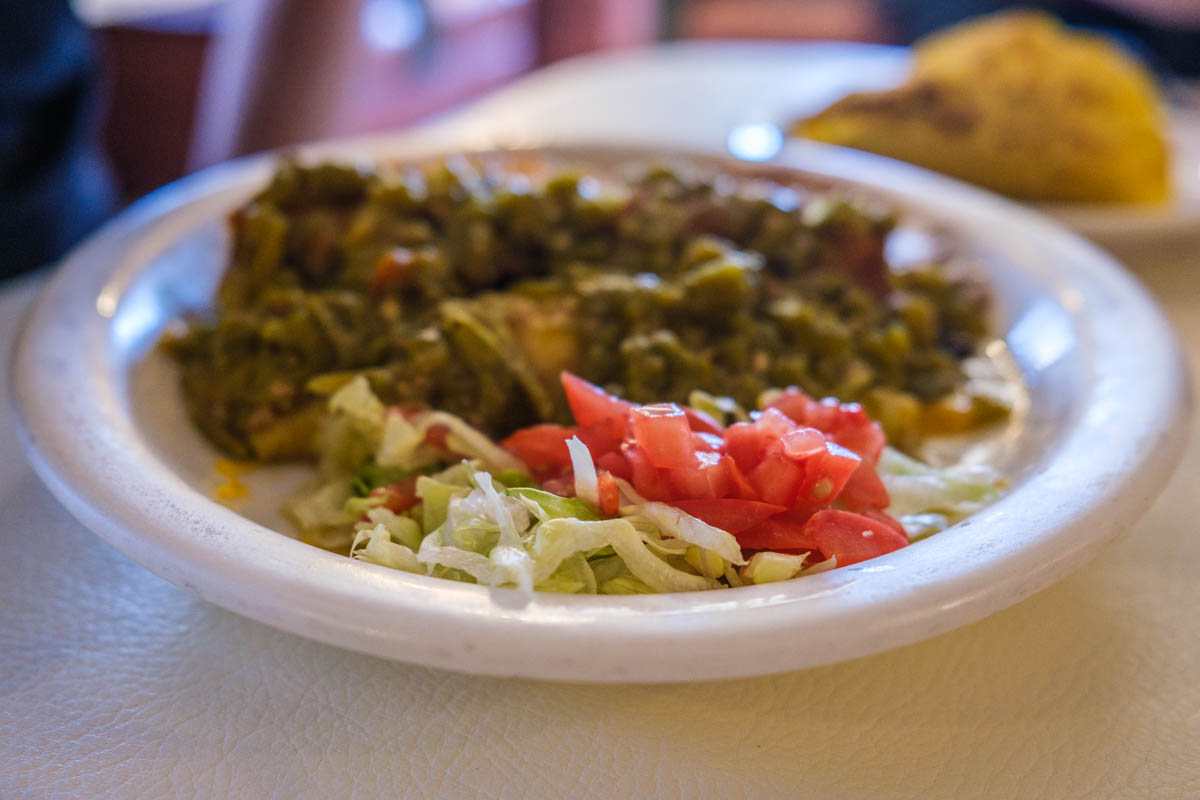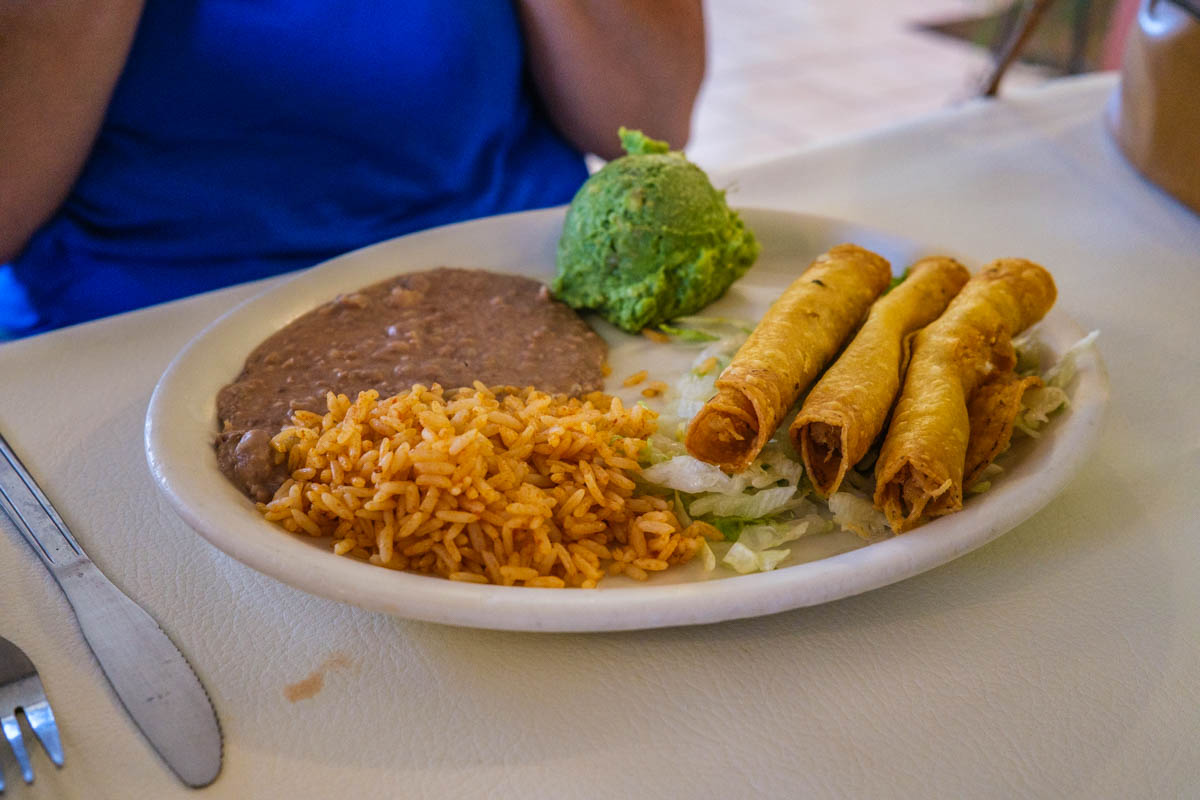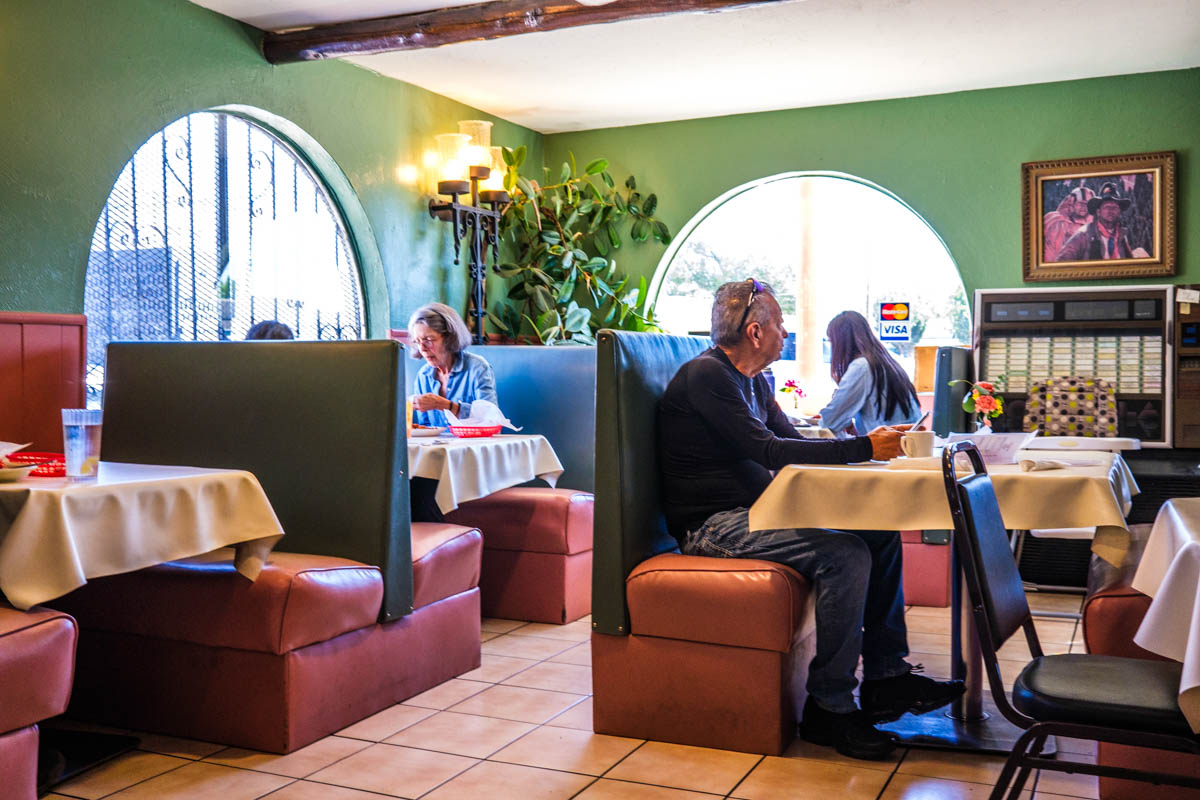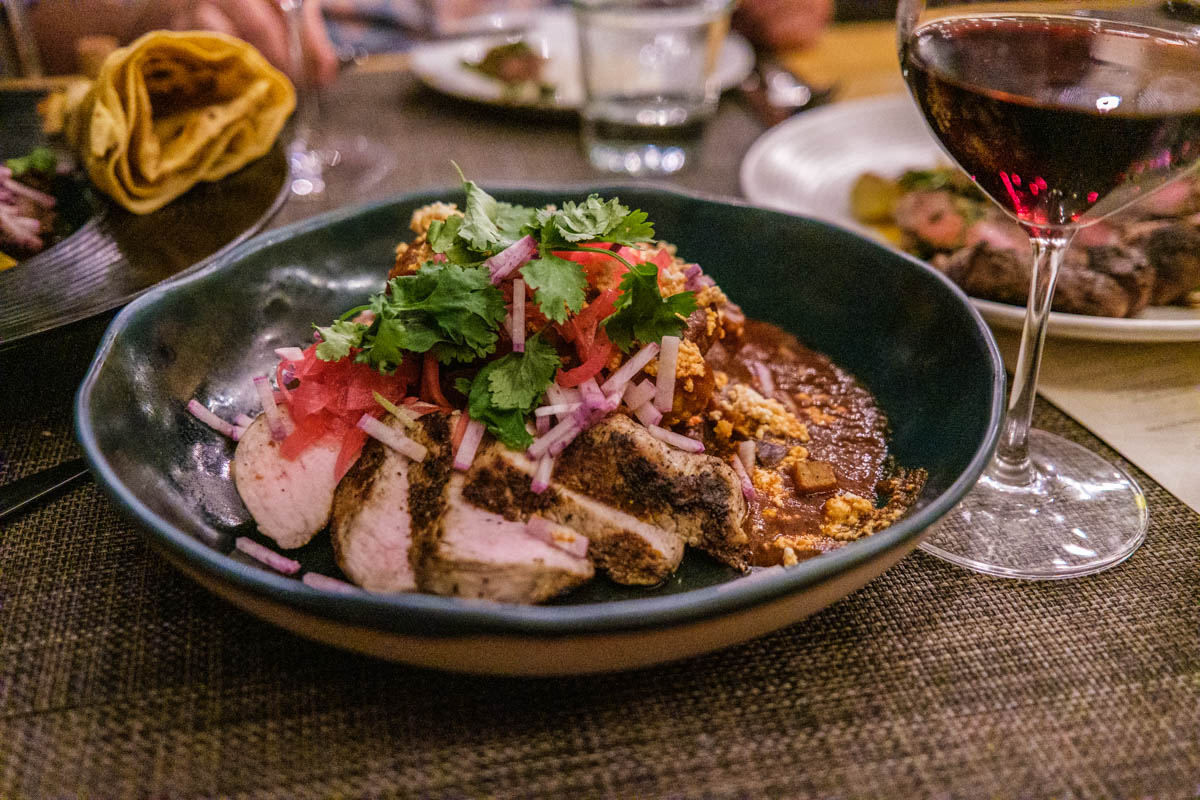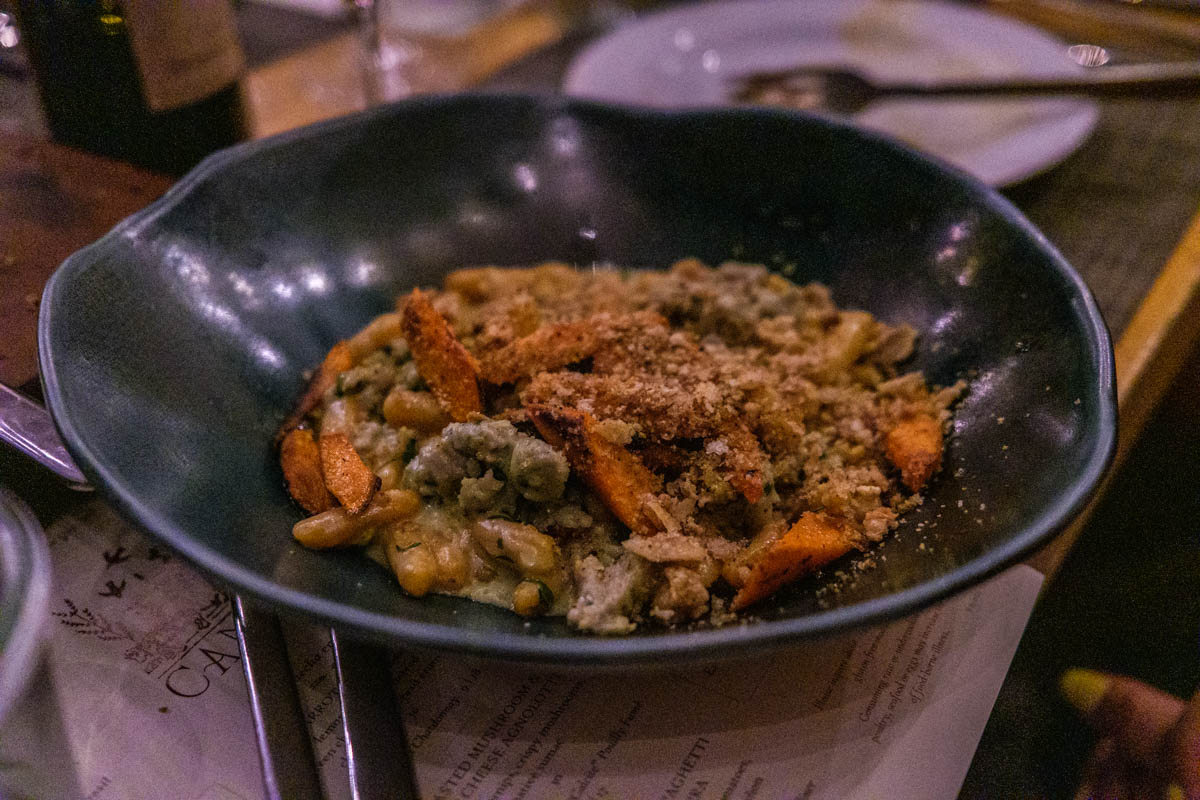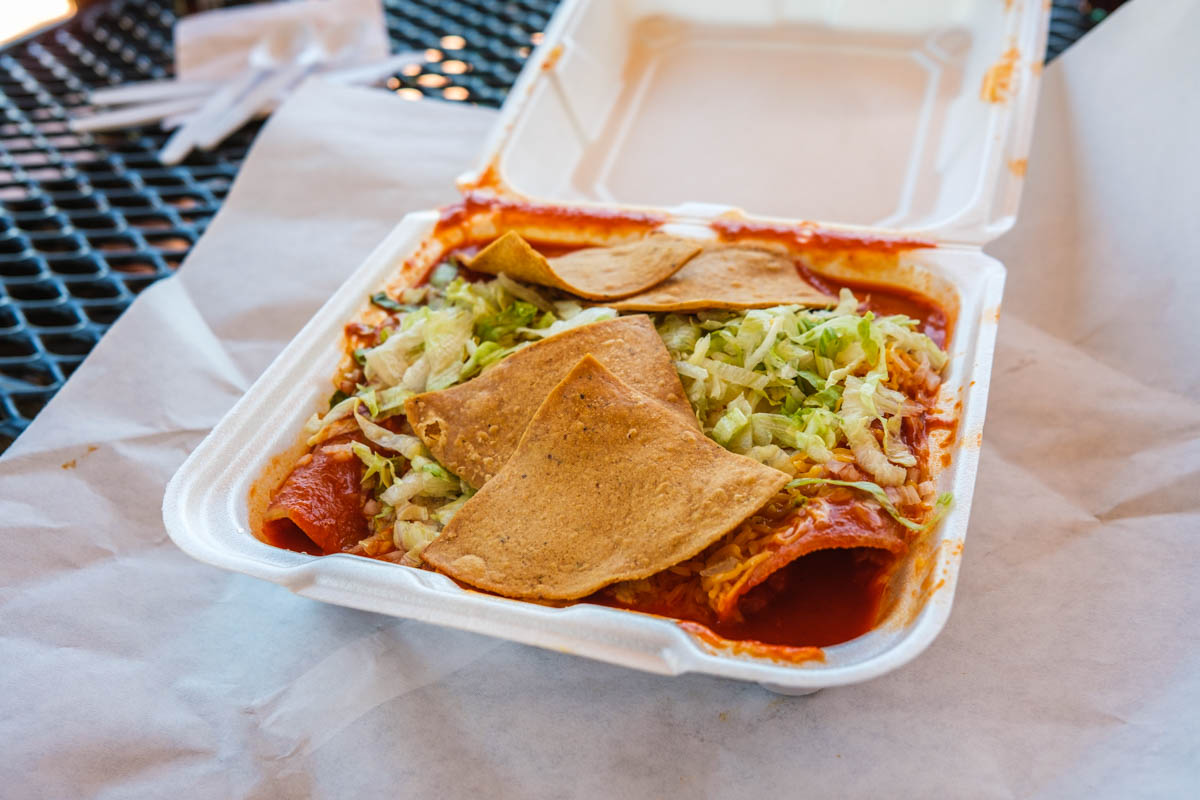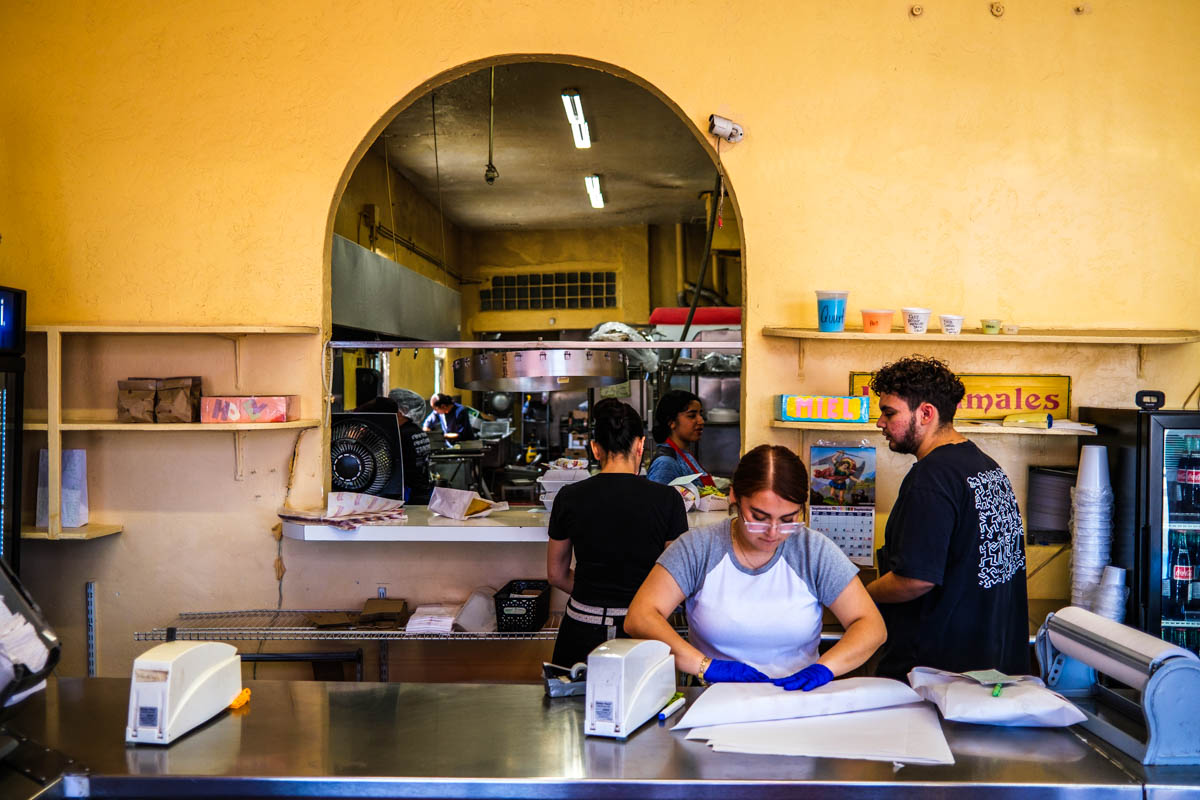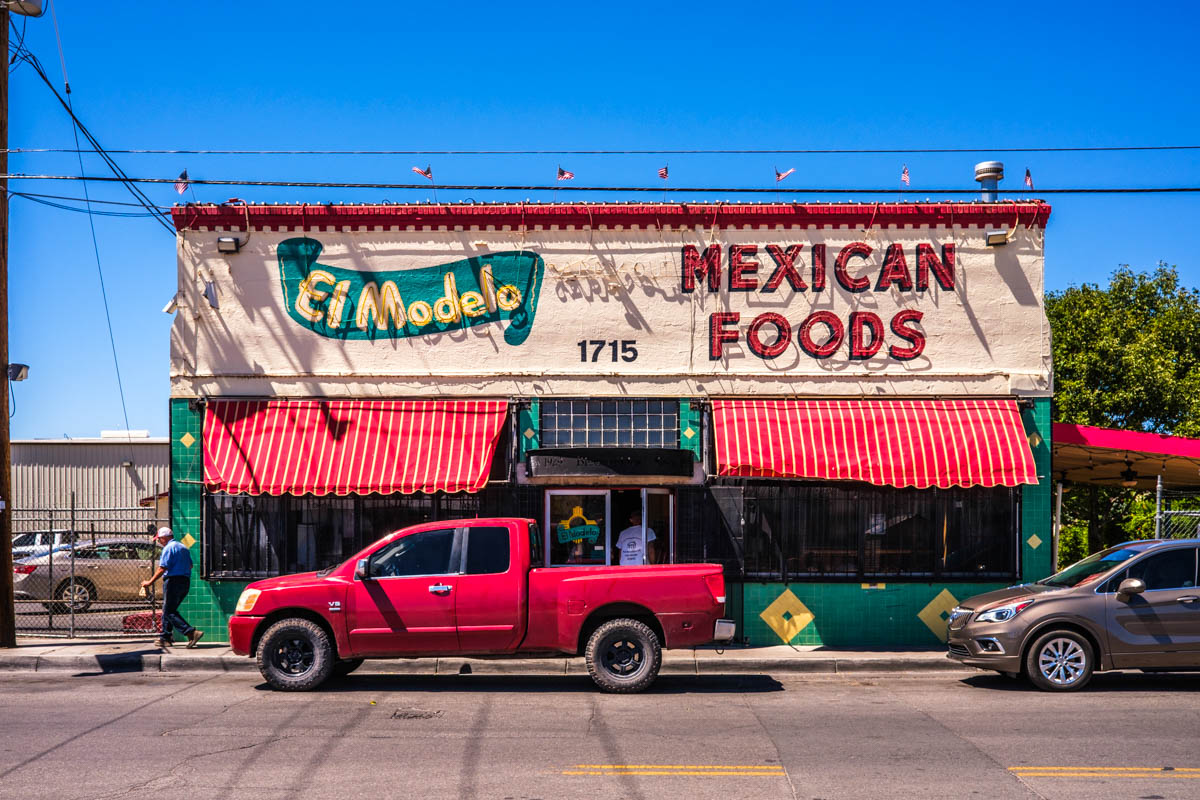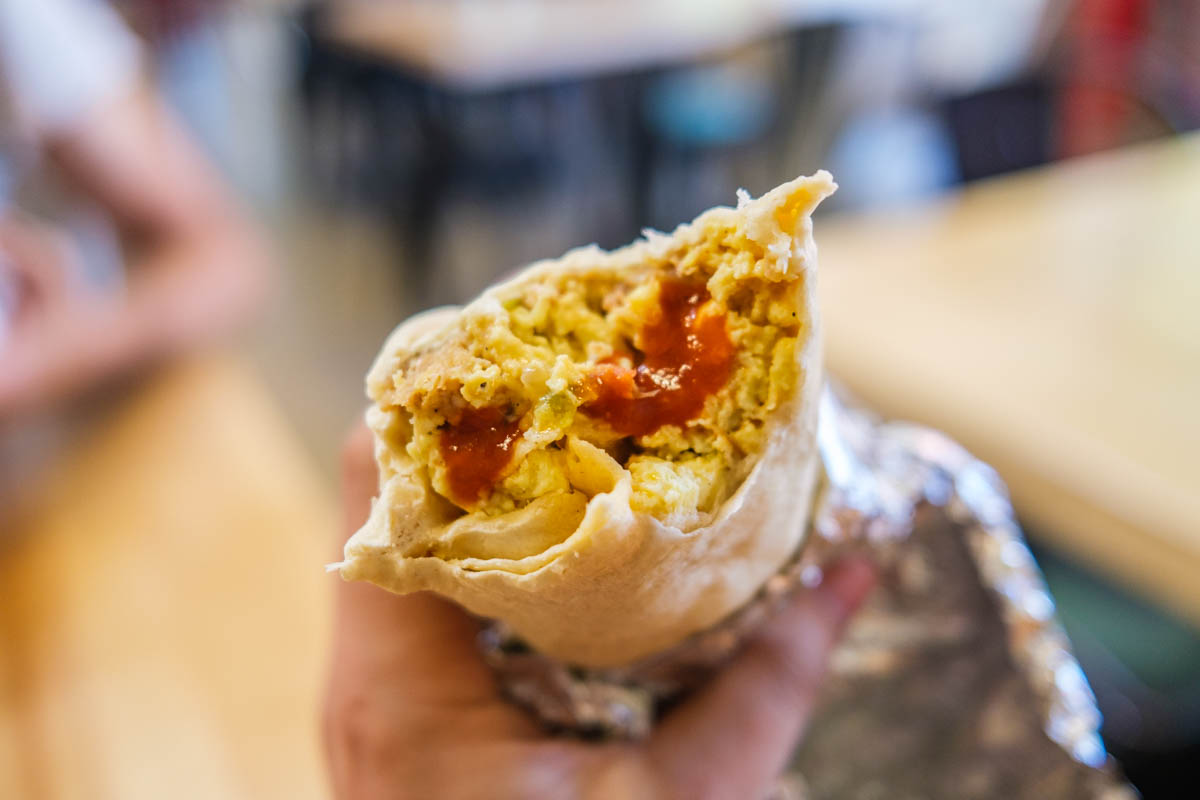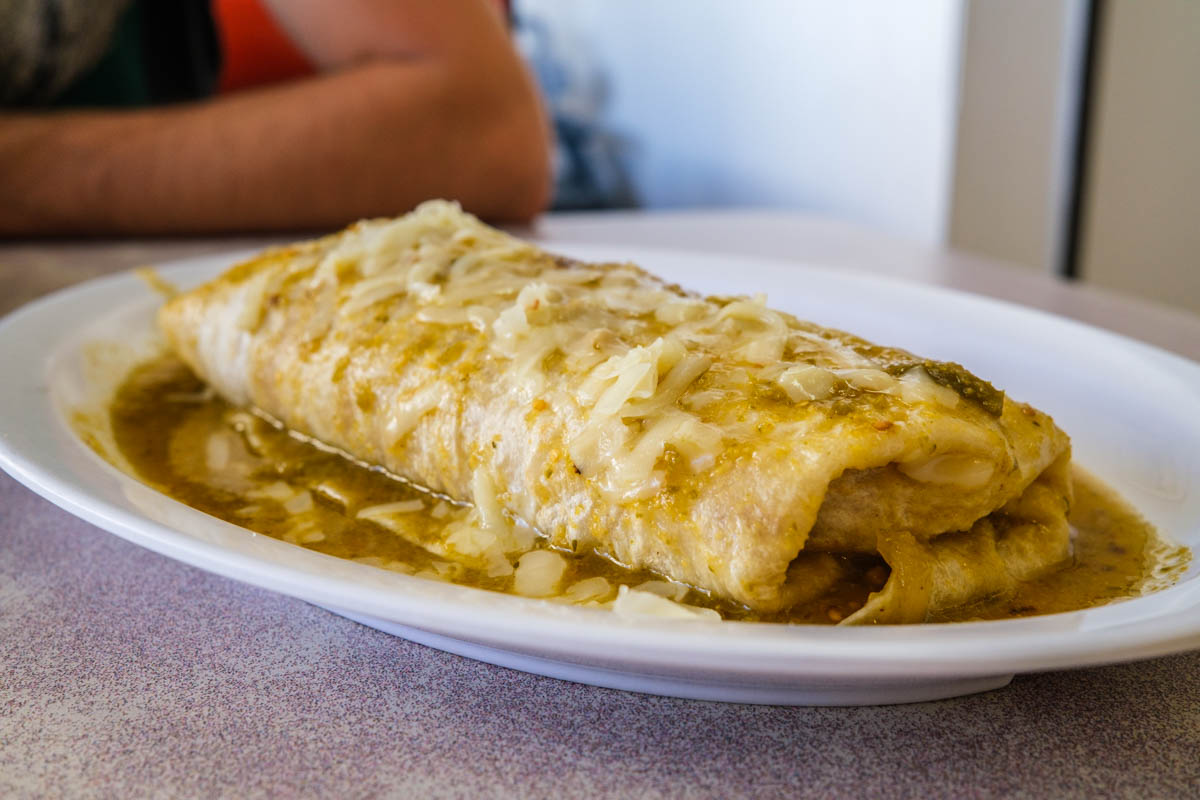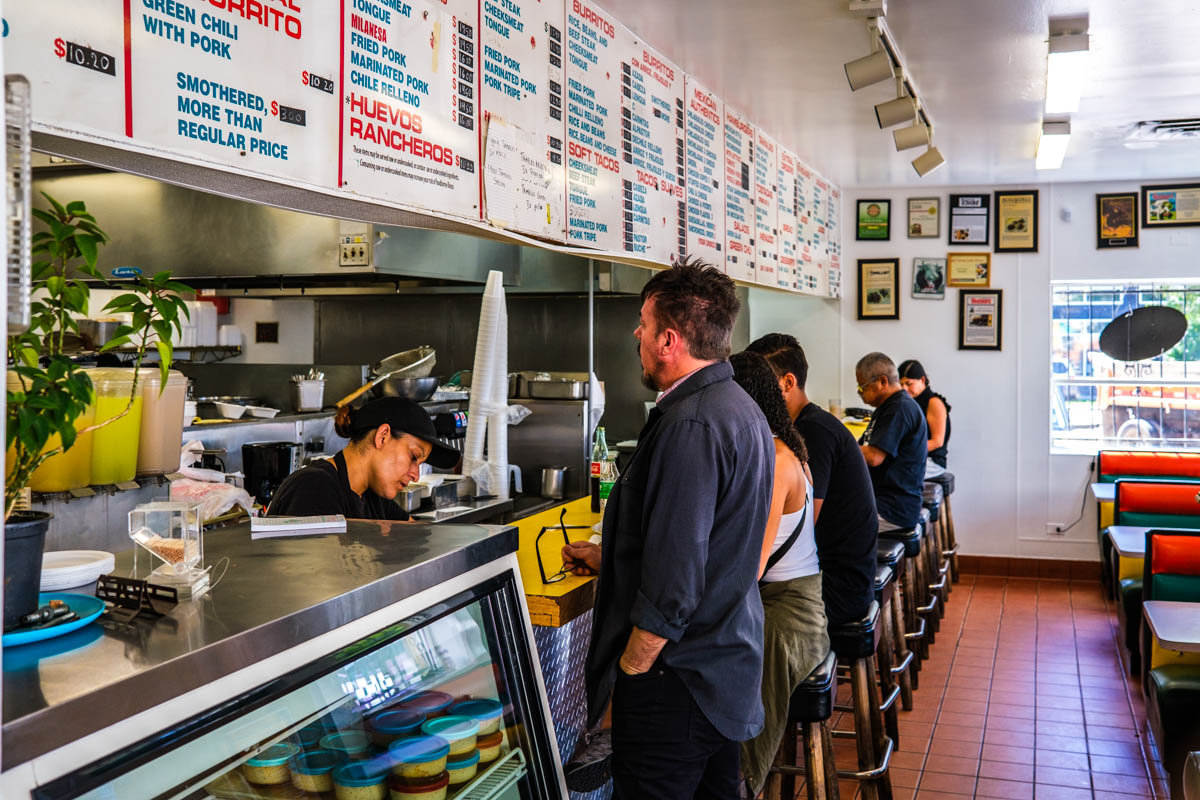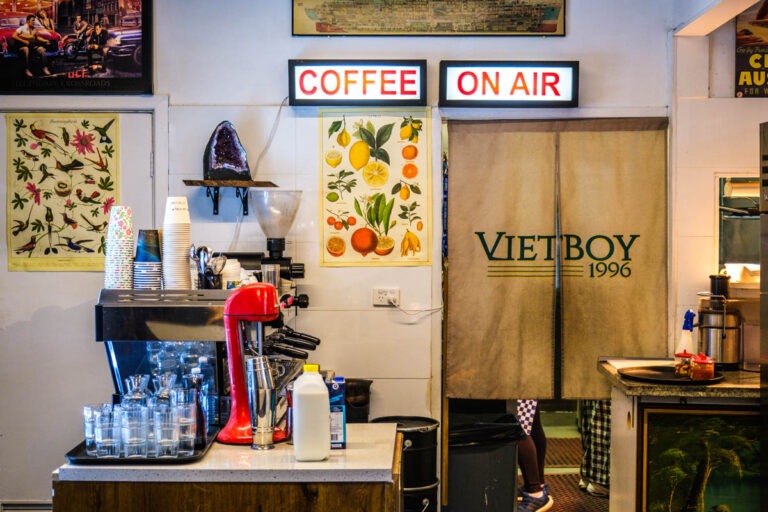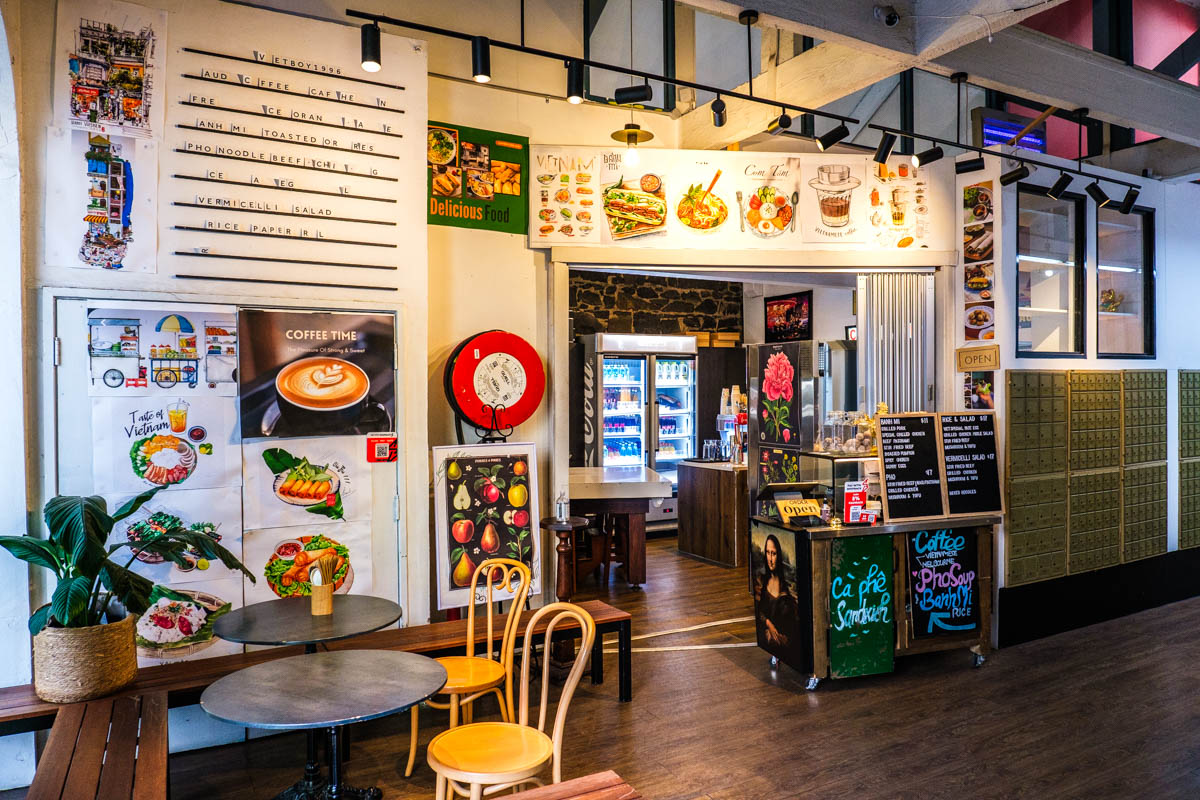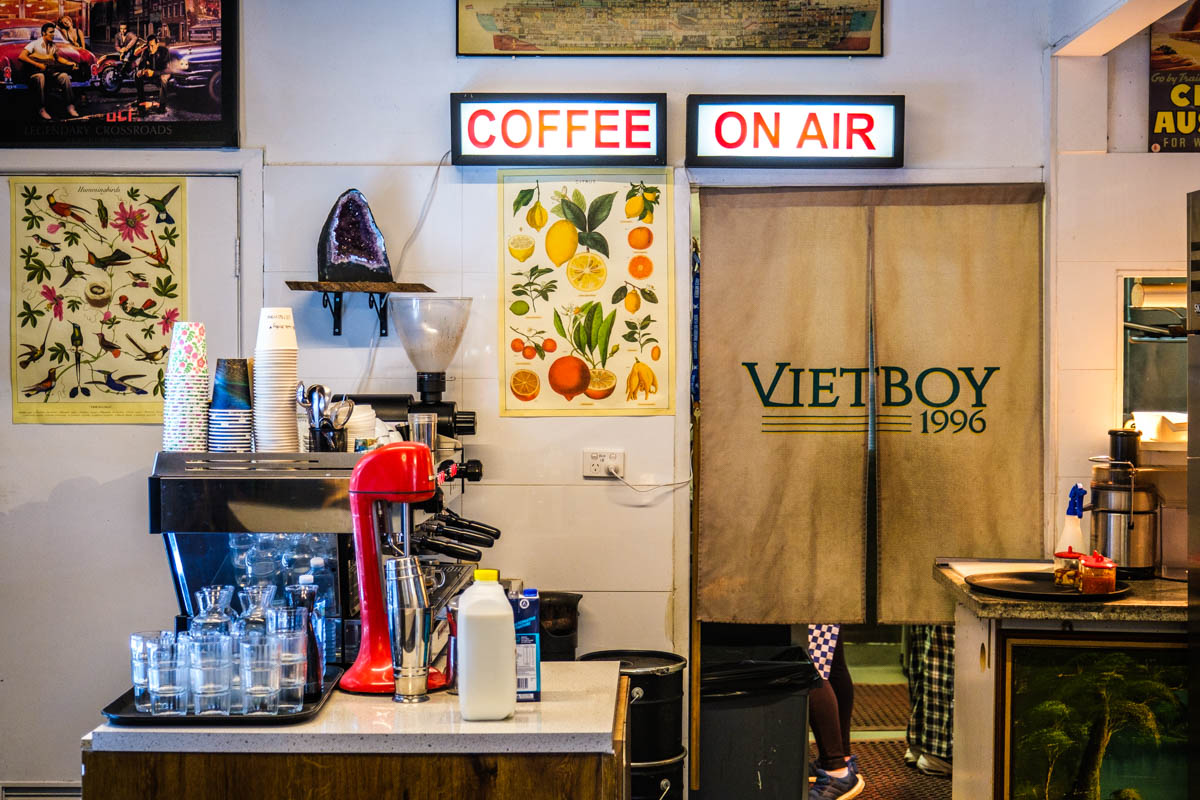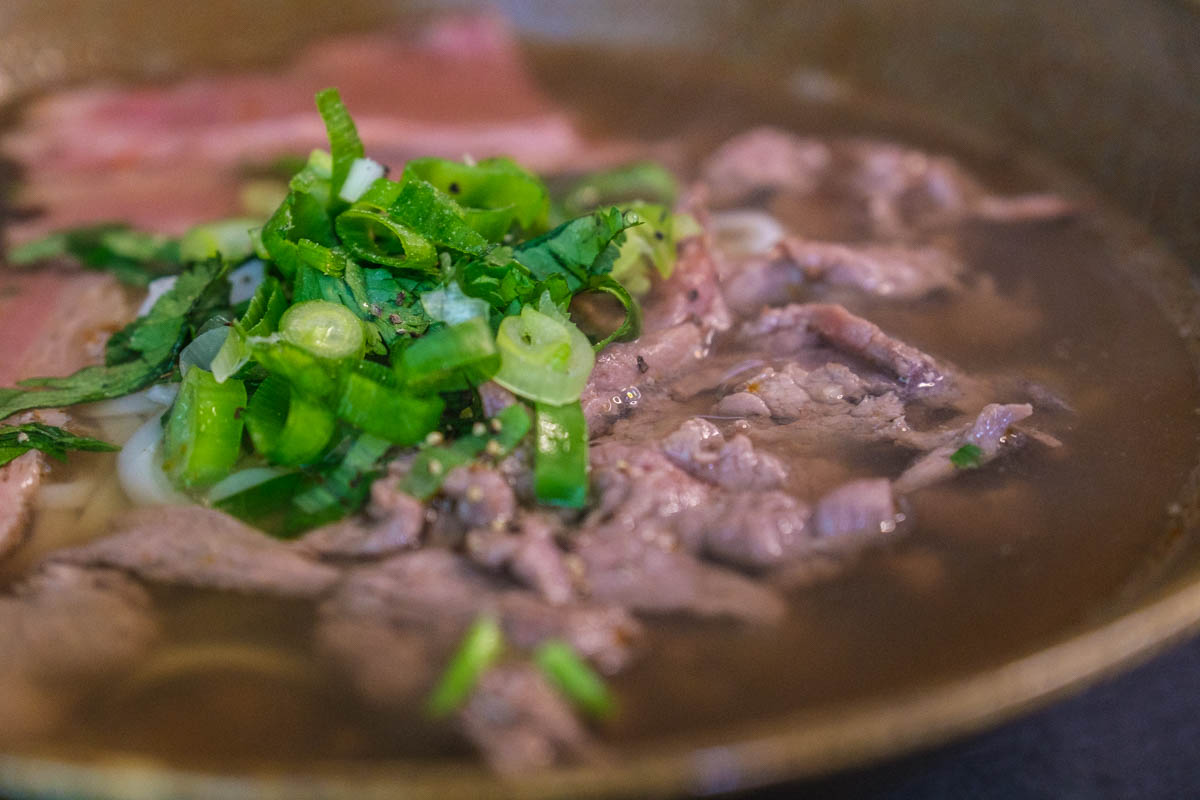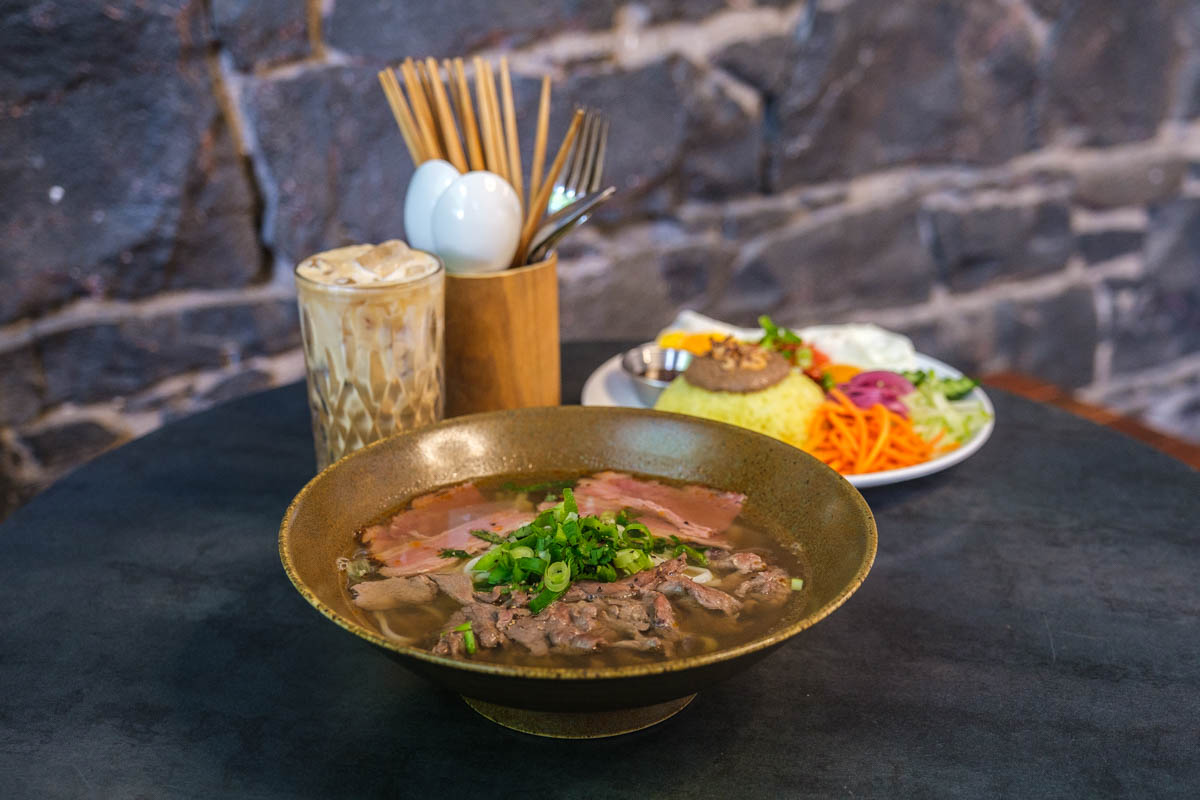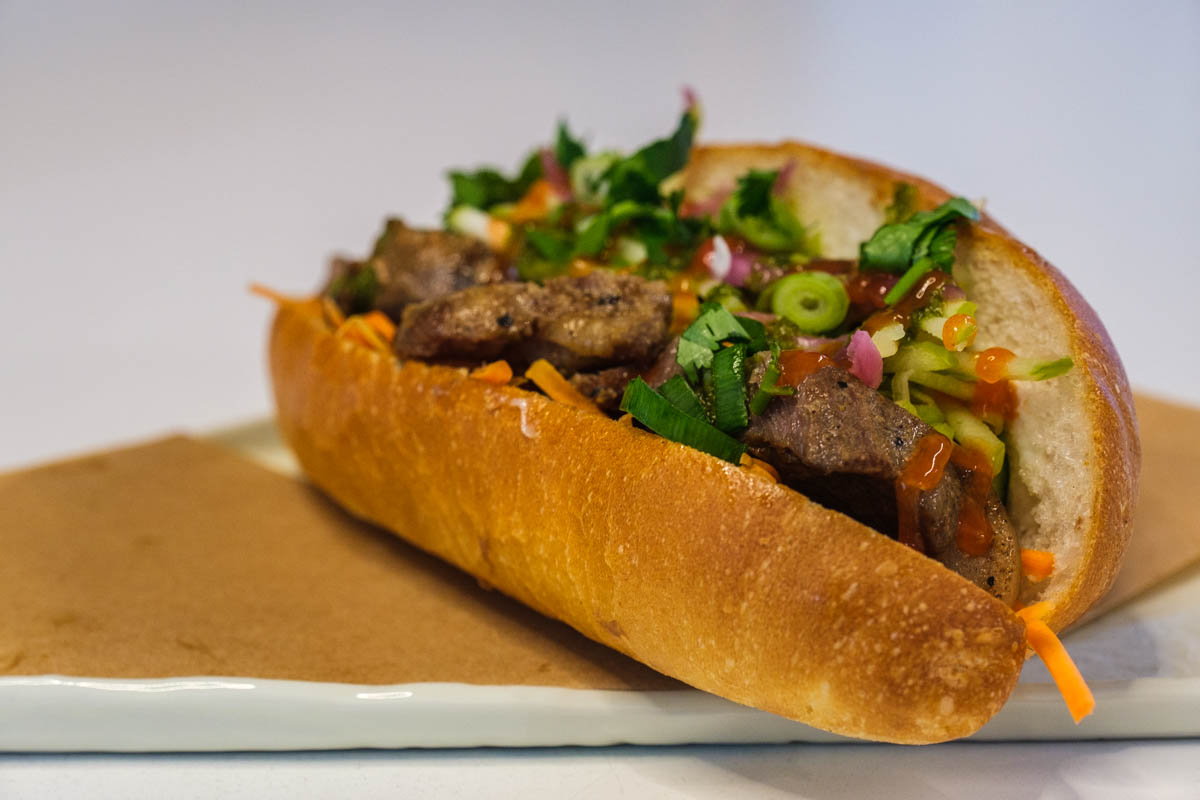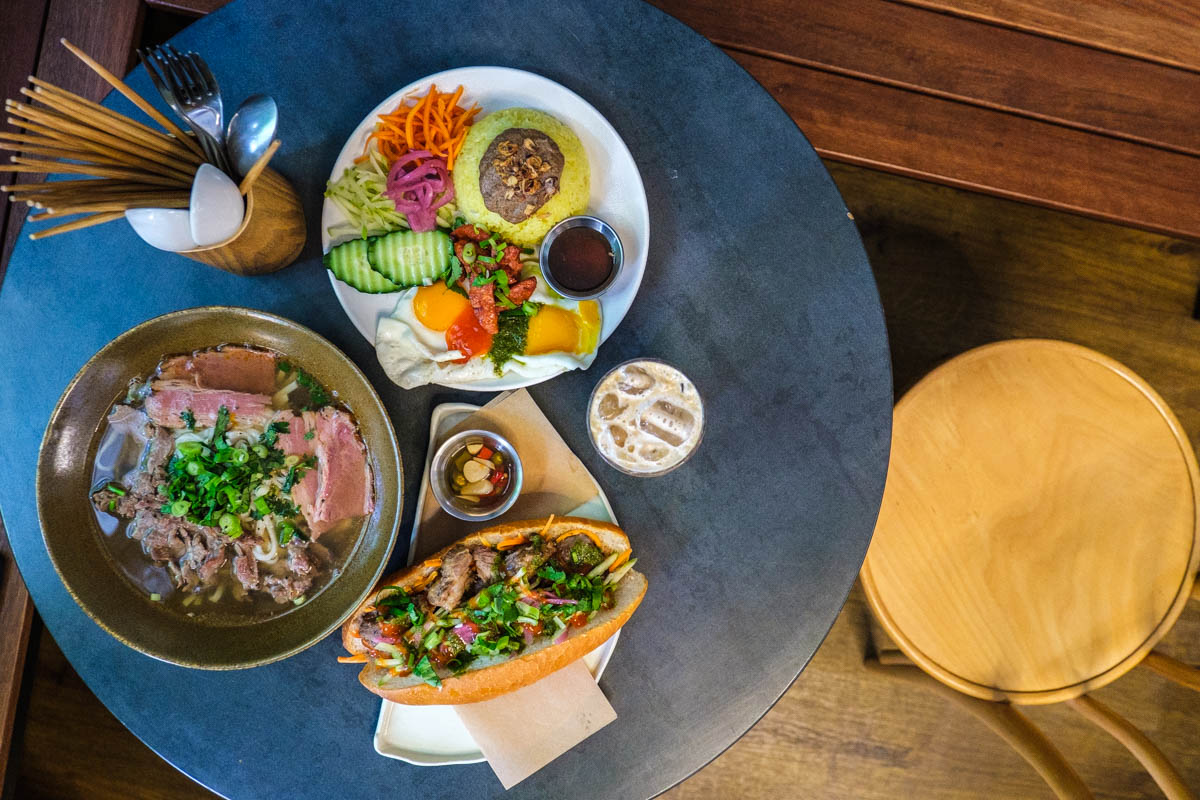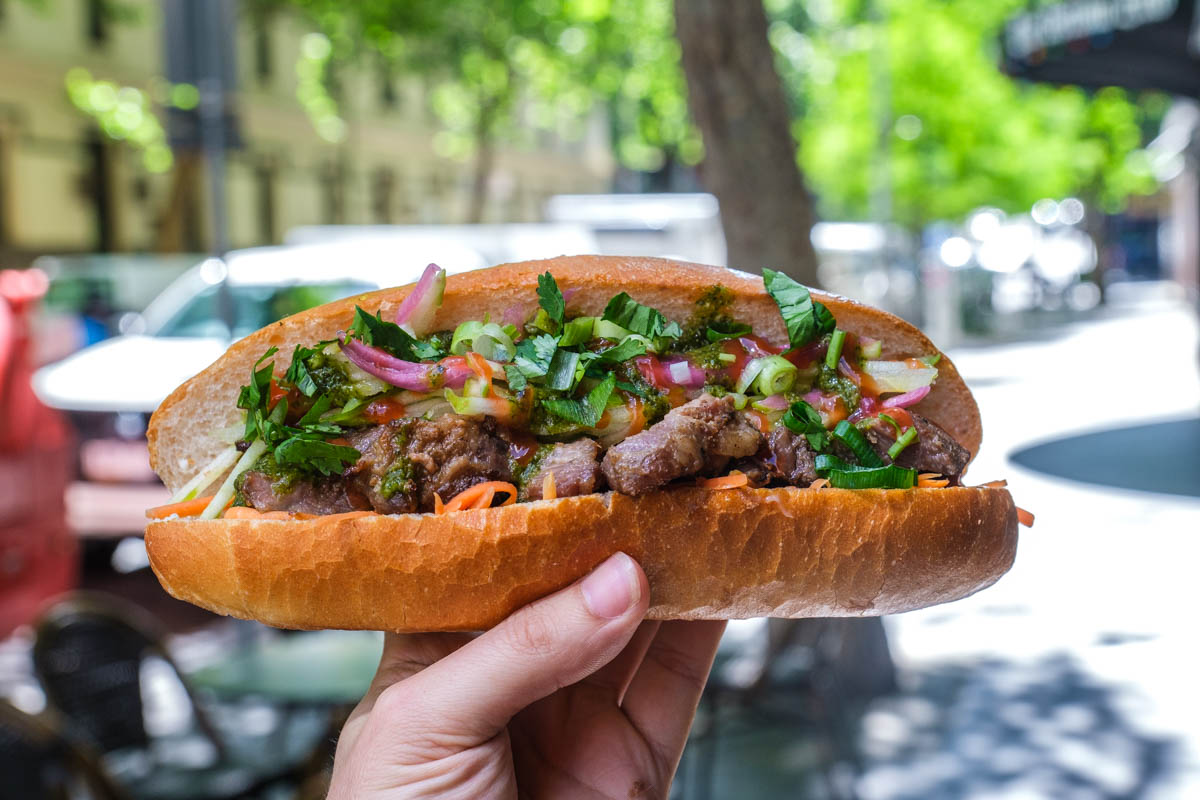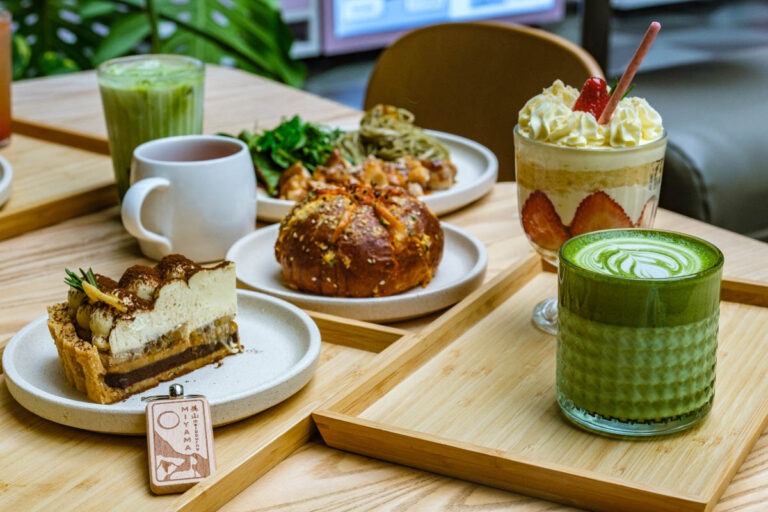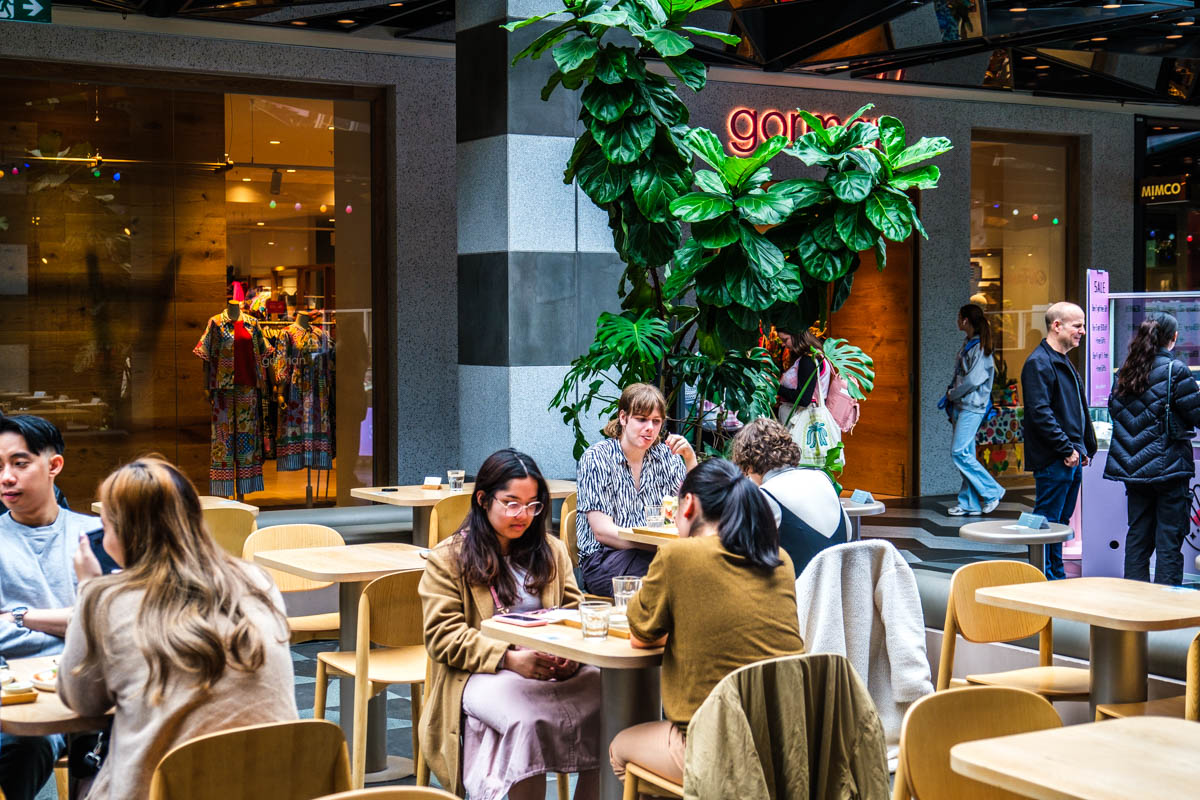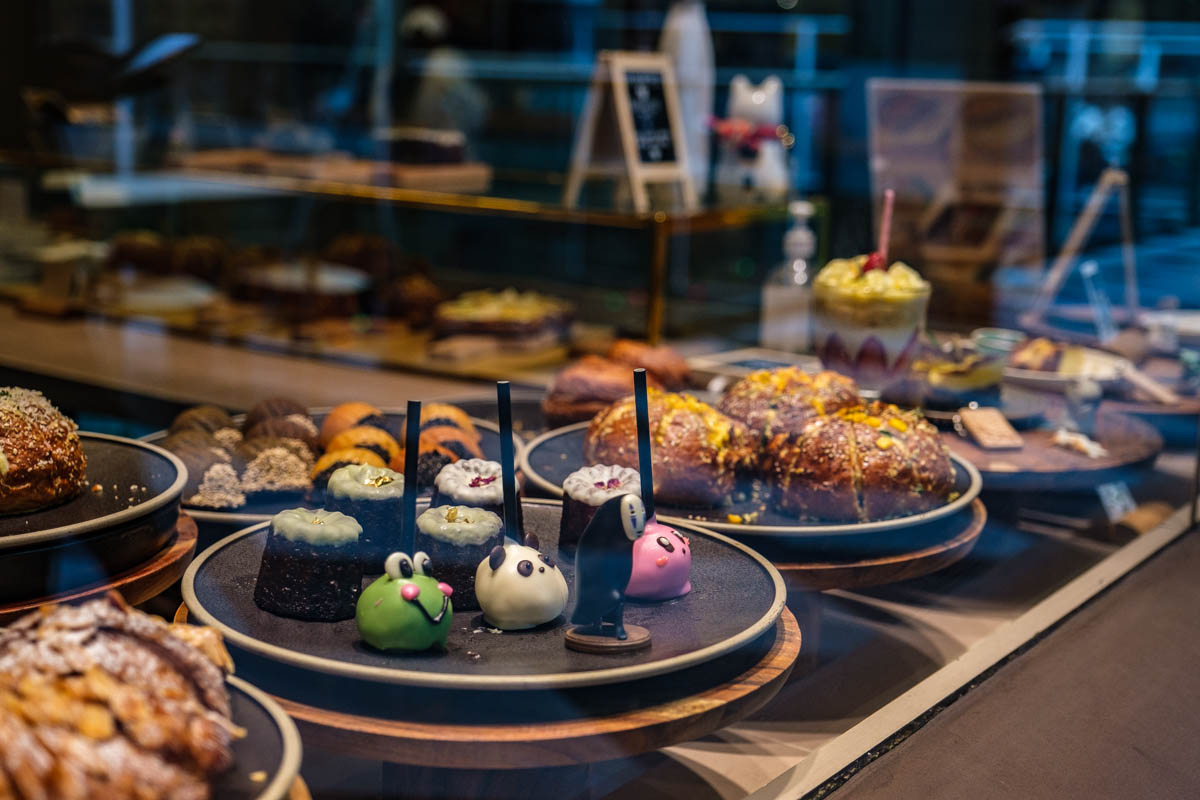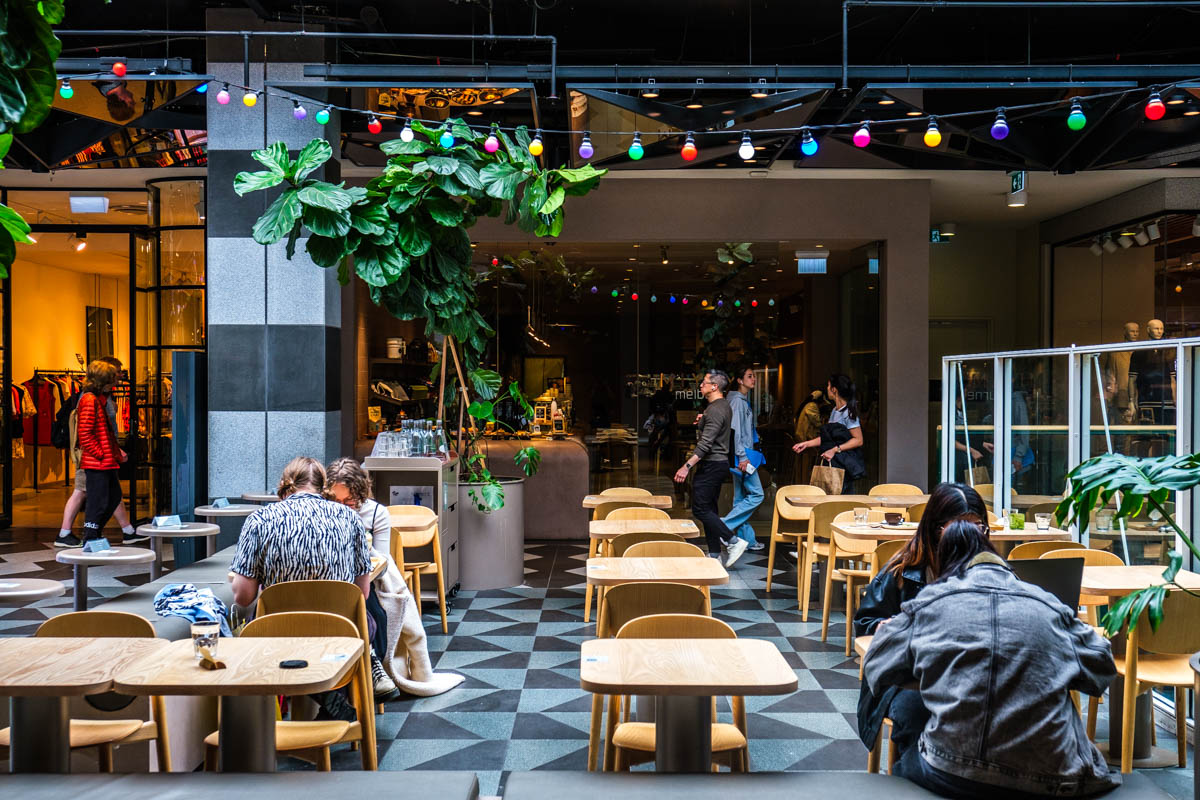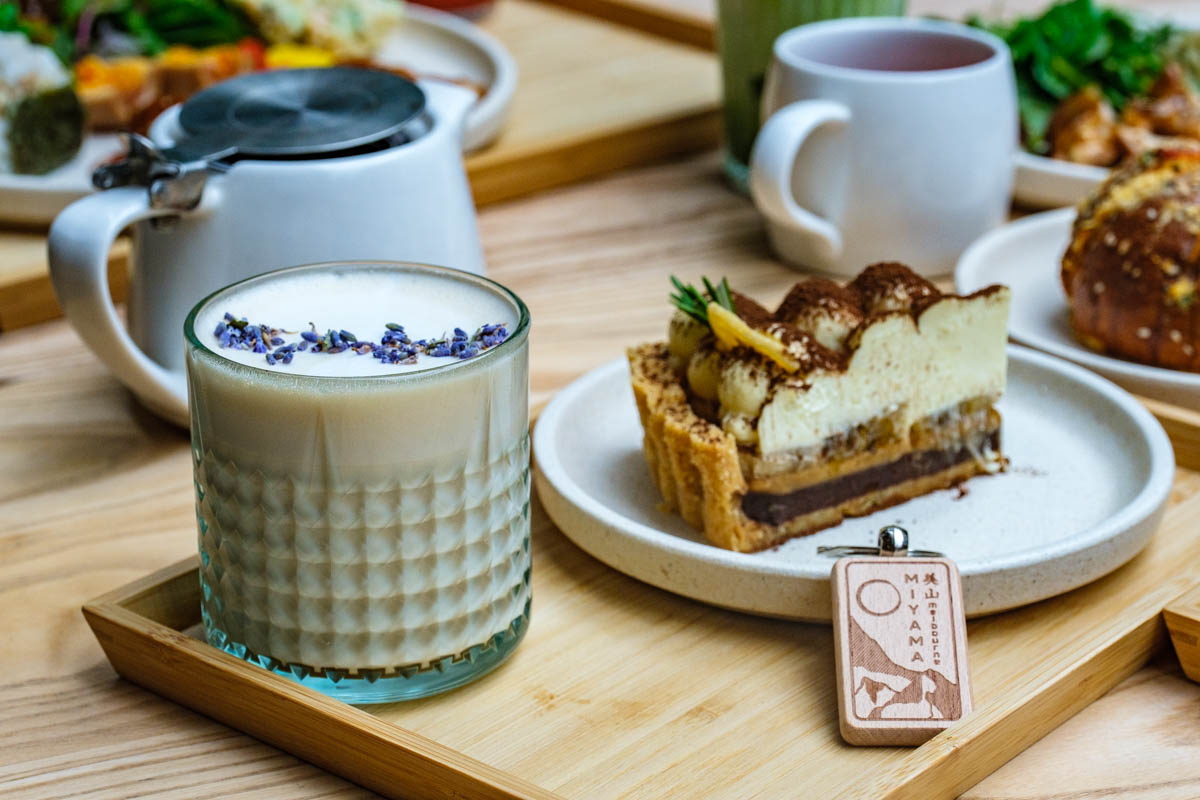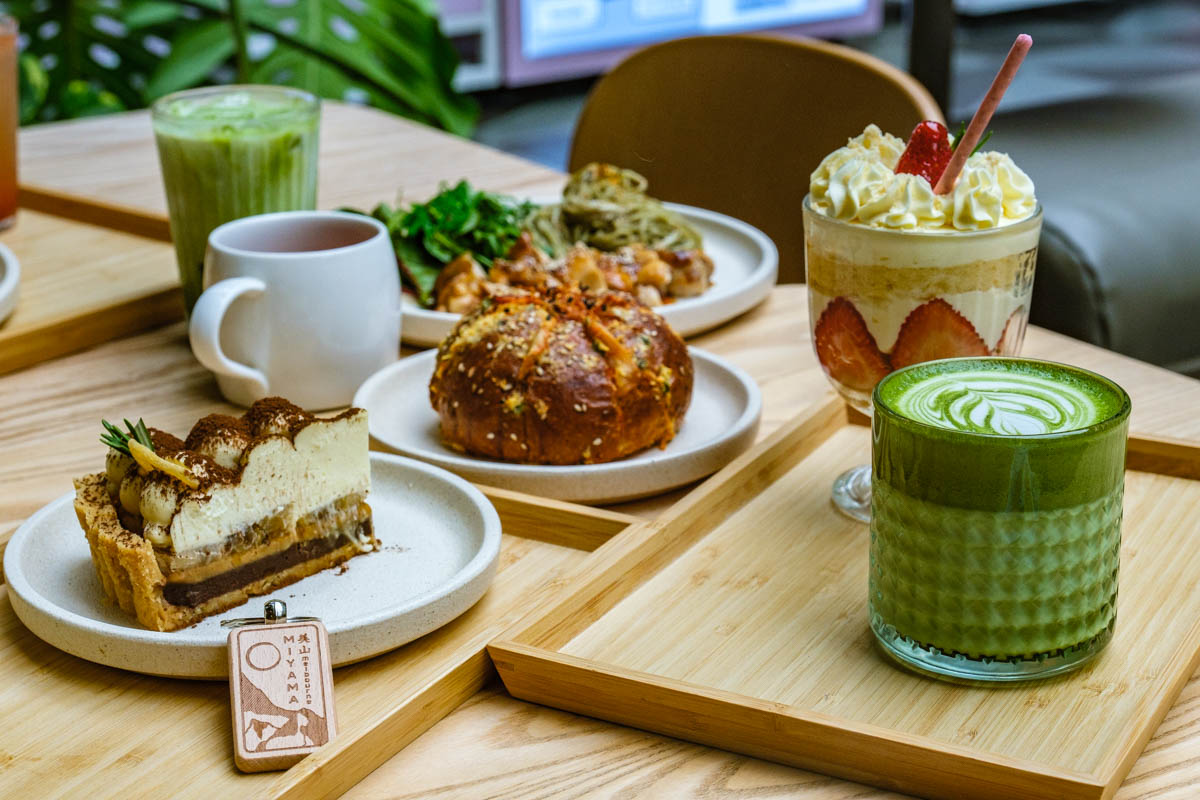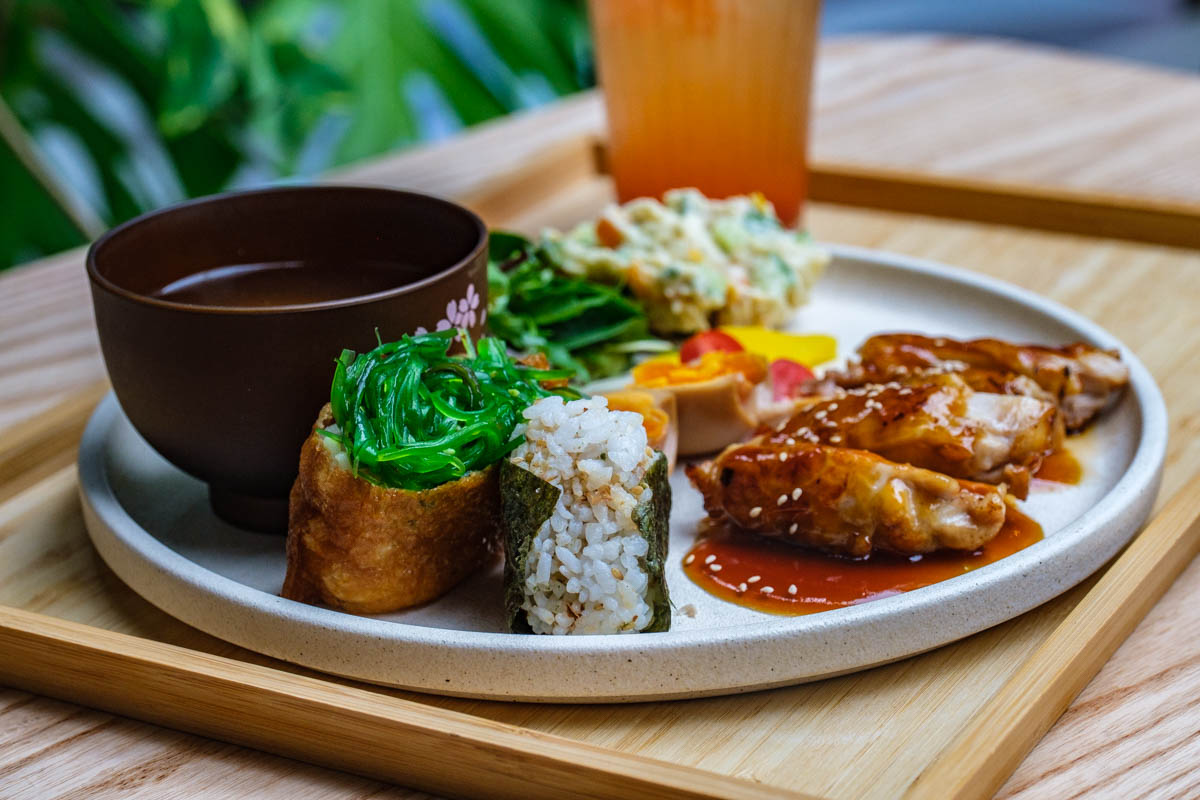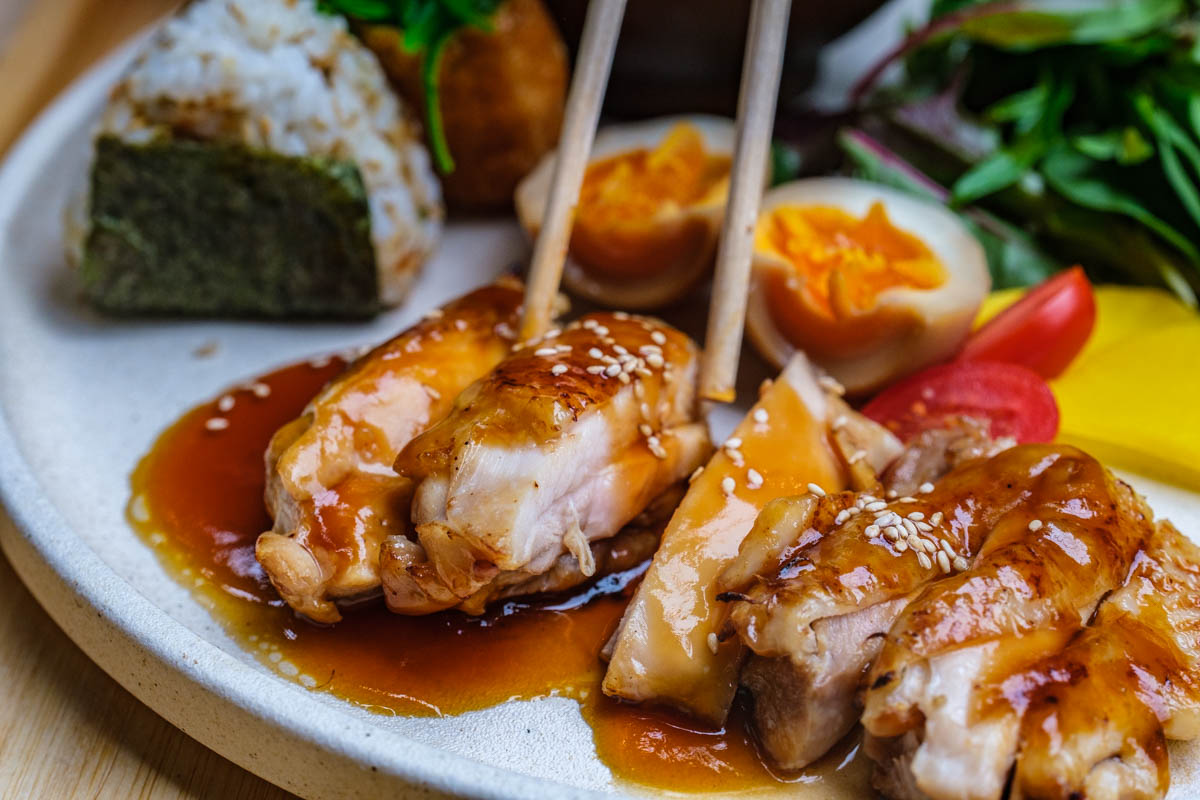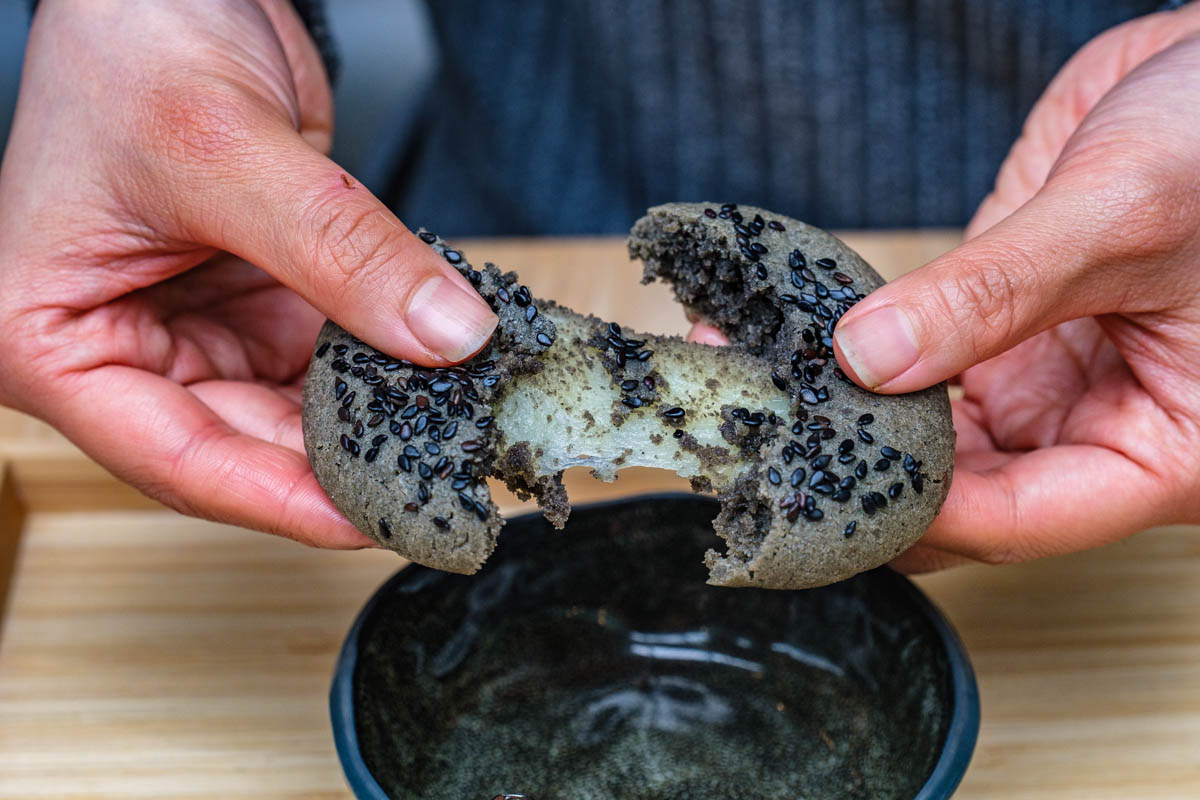ALBUQUERQUE | Before I embarked on my 2023 USA road trip, I didn’t know much about New Mexico. Albuquerque as a city, Breaking Bad, and Mexican food. I knew that I wanted to eat as much Mexican food as I could in the state, and I wanted to learn more about it.
What’s the difference between Mexican food and New Mexican food? What’s the difference between New Mexican food and Tex Mex? These are questions that I wanted to answer, and while discovering New Mexican food, I gained a better understanding of it.
New Mexican cuisine originated in Santa Fe de Nuevo México, a province of the Spanish empire, later a part of Mexico, and today part of the US states of Colorado, Kansas, New Mexico, Oklahoma, and Texas. New Mexican food has much in common with Mexican food, but is a distinct cuisine it its own right.
It’s a cuisine that’s been influenced by the culinary history of the region’s native Pueblo inhabitants (in particular the the Apache and Navajo tribes), and New Mexican spices, herbs, flavours, and vegetables. In particular, red and green New Mexico chile peppers, anise, and piñon (pine nuts).
Common dishes of New Mexican cuisine include things like Native American frybread-style sopapillas, breakfast burritos, enchilada montada (stacked enchiladas), green chile stew, carne seca (a thinly sliced variant of jerky), green chile burgers, pozole (a hominy dish), slow-cooked frijoles (beans, typically pinto or bolita beans), calabacitas (a sautéed zucchini and summer squash dish), and carne adobada (pork marinated in red chile).
If you find yourself in New Mexico, and are looking to discover New Mexican food, here are some great places where you can do just that. I’ve also included places that I visited in Denver, Colorado and El Paso, Texas, where you can try dishes that are popular in New Mexico.
Duran Central Pharmacy, Albuquerque
Located on Historic Route 66, this family owned pharmacy has been in operation since 1942. Pharmacy, you say? Well in the late 1960s, the family decided they wanted to open a Mexican diner selling nostalgic home-style dishes, based on family recipes. They already had the pharmacy, and a back room with a soda fountain, so why no set up the diner there? And here we are, almost 60 years later, with Duran Central Pharmacy an Albuquerque institution. Duran is known for its red and green chile, and made-from-scratch tamales, enchiladas, tacos, and hand-rolled-to-order flour tortillas.
Browsing the menu, I was overwhelmed with delicious options. I wanted it all, and couldn’t choose. When the waitress came to take the table’s order, I did what I often do in these situations and asked the waitress what her favourite thing on the menu was. That got me down to three options.
The carne adovada plate was what I went for. A plate of carne adovada (a new Mexican pork speciality I’ll tell you about in a future post) with steamed potatoes and beans, covered in red and green chile, and cheese. This, my friends, is the kind of breakfast that dreams are made of.
And, being a pharmacy, I was able to grab some needed sunscreen on the way out.
Mary & Tito’s Cafe, Albuquerque
Carne adovada is a New Mexican dish, featuring chunks of tender slow-cooked pork shoulder or butt, braised in a rich, complex red chile sauce. The chile sauce is made using a mix of chillies and spices. Everyone’s recipe is different, but usual suspects include ancho or guajillo chiles for smokiness, pasilla peppers for earthiness, and pueblo or chipotle peppers for sweetness.
The end result is pull-apart tender pork with a flavour that’s something else. I tried a few versions while in New Mexico, with my favourite being the much awarded version at Mary & Tito’s Café.
Mary & Tito’s is a family-run café, founded in 1963 by wife and husband Mary-Ann and Tito Gonzales. All of the recipes on the menu were created by Tito, and many of the current kitchen staff trained under him. Today, the kitchen is overseen by Mary & Tito’s daughter, Antoinette, and her sons Travis and Jordan.
The menu is filled with home-style New Mexican staples like tacos, enchiladas, and tostadas. The carne adovada and red chile are legendary here, so my order was simple. The number one plate on the menu – carne adovada enchilada with rice and beans, and extra red chile. Everything on this plate is next level. The pork, so tender, the chile, smooth and rich with a wonderful balance between heat, smoke, and sweet. The rice, light and fluffy, and the enchiladas to pull it all together.
Even the free totopos and salsa that each table gets to snack on while ordering are next level, some of the best salsa I’ve ever tried. Leaving, I grabbed a box of freshly-baked bizcochito (New Mexican butter cookies) for the road. Unsurprisingly, they were also brilliant.
Talking to the Jordan as my friends and I ordered, the passion for what the Gonzalez family do here came through in spades. From tales of Mary & Tito’s love and dedication for the restaurant to the current staff’s drive to ensure nothing slipped once things were entrusted to them. This experience, is exactly why I came to Albuquerque.
El Modelo Mexican Foods, Albuquerque
El Modelo Mexican Foods was founded by Refugio and Carmen Garcia in 1929, as El Modelo Tortilla Factory. It wasn’t long before they garnered reputation for selling some of the best tortillas and tamales in town, made from scratch each day in their home kitchen.
Today, El Modelo’s tortillas and tamales are still considered some of the best in Albuquerque. The current building, which dates back to 1947, is on the same site that Refugio and Carmen’s family home once stood.
On the menu today, you’ll find an assortment of other tasty, traditional New Mexican favourites like chile rellenos, enchiladas, stuffed sopapillas, huevos rancheros, burritos, and tacos. Everything is made from scratch on site, using produce sourced from local, independent suppliers.
I went for the #2 Chicken Enchilada Plate (four rolled enchiladas topped with red chile and chicken, lettuce, cheese, onions and tortilla chips), and #3 Tamale Plate (same as the former, but with three tamales instead of four enchiladas). Both are saucy, cheesy, comforting delights.
La Guelaguetza, Albuquerque
La Guelaguetza is named for the annual Oaxacan summer festival where Zapotec, Mixtec and other Indigenous groups celebrate their culture. They serve great versions of the dishes that New Mexico is famous for. Tacos, burritos, tortas, and the like.
You might want to visit here twice. Once for New Mexican food, and another for Oaxacan food. Unlike many Mexican restaurants in Albuquerque, La Guelaguetza offer Oaxacan dishes like tlayudas, and a unique ‘pizza birria’.
Campo at Los Poblanos, Albuquerque
One of the more unique New Mexican dining experiences in Albuquerque is Campo at Los Poblanos. Located on a historic organic farm in the Rio Grande River Valley, Campo is a causal fine-dining experience. Dishes are made using seasonal, organic ingredients from their own farm, as well as from longstanding relationships with local farmers and herdsman.
The food here isn’t Mexican food per-se, but it’s food that’s very much of its place. Mexican influences form a significant part of the menu, and native New Mexican ingredients feature prominently.
Expect things like house chorizo memela with local beans, coriander, quick-pickled cabbage, and basil; braise lamb birria with roasted seasonal vegetables, blue corn hominy, and house-made Sonora wheat tortillas; and blistered vegetable huarache with grilled squash, mantequilla beans, queso Oaxaca, salsa macha, and seeds.
El Chile Toreado, Santa Fe
Chiles toreados, or Mexican blistered peppers, are pan-fried chile peppers seasoned with lime juice, soy sauce, and salt. At El Chile Toreado, a food truck run by Mexican-born Luis Medina and his family, you’ll find the namesake chiles, along with a menu of burritos, tacos, and quesadillas, that honour traditional Mexican flavours and ingredients.
Paloma Restaurant, Santa Fe
For a modern take on New Mexican food, check out Paloma Restaurant. Opened by Texas-born chef Nathan Mayes and Marja Martin, Paloma’s menu is inspired by the flavours and culinary traditions of Mexico and the American Southwest.
Paloma source fresh, local ingredients where possible, from farmers in the Northern New Mexico Valley. They are also committed to preserving the ancient agricultural traditions of New Mexico, and promoting the use of native, heritage New Mexican ingredients.
Saenz Gorditas, Las Cruces
Breakfast in Las Cruces, before heading off to El Paso, was the only meal I was going to be eat in town, so I had to make it count. My desire to try all of the Mexican things hadn’t abated since the start of the trip, and when I found out about Saenz Gorditas, I knew that was where I needed to be.
Saenz Gorditas is housed in what used to be a drive-through burger spot. Owner Virginia Guerra saw the spot for lease in 1996, and a month later she opened Saenz Gorditas. Starting with the gorditas and tacos that Virginia learned to make from her mother, the menu gradually expanded to include other things like burritos and quesadillas.
A gordita, which I’d not tried before (that I can recall) is a thick, stuffed masa (corn flour) or wheat flour tortilla similar to an arepa, that’s either baked or fried. The gorditas at Saenz Gorditas use masa, and are fried.
Several fillings are available on the menu. I asked Albert, Virginia’s son and third-generation manager of the family-run spot, which one I should go for. Without hesitation, he replied “Number 3, Green Chile”. Sorted.
There’s a light crunch on the exterior, with a soft, airy interior. Fillings are generous. In this case, ground beef, green chile, a Mexican cheese blend, fresh tomatoes, and lettuce. A wonderful balance of flavours and textures – a perfect start to the day.
El Taco De Mexico, Denver
Order a burrito in Colorado and New Mexico, and you’ll be asked if you’d like it “regular or smothered”. It’s not something I’ve ever been asked when ordering a burrito before, but it’s a ubiquitous question in these parts.
The origin of the ‘wet’ burrito is, as is often the case with these things, unclear. The earliest written record of it is in 1966, on the menu of diner ‘The Beltline Bar’, in Grand Rapids, Michigan. Some say it was created earlier, in Texas. It makes sense – burritos originated in Ciudad Juarez, and Mexicans migrating north to the Midwest states during and after the Mexican Revolution in the early 1900s would have brought and adapted their food. More often than not, these recipes would not have been recorded in writing.
Rather than being wrapped in foil, a wet burrito is served on a plate, covered in red and/or green salsa, and melted cheese.
The smothered burritos you find in Denver have their own regional flair. New Mexico is famed for its native chile, first grown by Pueblo and Hispano communities, now popular throughout the Southwest of the USA. The most prized kind of New Mexico chile is the Hatch chile, the terroir of the Hatch Valley in which it’s grown, giving it a unique taste. While it does have heat, Hatch chile is known for its pungent garlicy bite, smokiness, and sweetness.
More often than not, it’s Hatch chile that forms the backbone of the red and green salsa used in smothered burritos in Denver. One of the best place to try it is at El Taco de Mexico. It’s a small, family-run Mexican diner opened in 1985 by Mexico City-born Maria Luisa Zanabria. It’s an institution, with an all-female kitchen staff, that sees locals line up for Mexican street food favourites daily. In 2020, they won an “America’s Classics Award” from the James Beard Foundation.
The most popular item on the menu is the green chile-smothered ‘special burrito’. A big flour tortilla burrito filled with green chille, pork, beans, and rice, smothered in just the right amount of green chile salsa and melted cheese. It’s life-affirming stuff.
L&J Cafe, El Paso
On my list before I visited, and recommended (see below) by a local, L&J Café is a place that you’ll definitely want to visit to experience the kind of Mexican food that this region is known for.
Originally known as “Tony’s Place”, the restaurant opened on the outskirts of El Paso in 1927, providing home cooking, home brew and slot machines through Prohibition. Now run by the fourth generation of the family, L&J Café is still one of the best places in El Paso for Mexican food.
Dishes to try include their signature spicy chicken mole, fresh tostadas, chili con queso, and chicken tortilla soup. Everything is made fresh to order, with vibrant, exciting flavours.
The Tap Bar & Restaurant, El Paso
After my walk through El Centro and El Segundo Barrio, I headed to El Centro’s ‘Mona Bar of Modern Art’ for a beer. Chatting to bartender and co-owner Enrique, I asked him where he thought the best Mexican food in town could be found. He replied with “my mom’s house”, followed by L&J Café, and, “the dive bar next door”.
That bar is The Tap Bar & Restaurant, which I visited once my beer was done. The Tap opened in 1956 and from what I was told, chatting to locals, has barely changed. It’s known as a welcoming venue, accepting of all, with cheap beer and excellent Mexican food. Grab a seat at the bar, and it’s a whole vibe. I felt like I was in a movie, a thriller, waiting to meet a contact, with something about to go down. “When you’re on the border with nothing to lose, there are no rules”, is how I envisage the voice over for the trailer to this movie beginning”. Yeah, that’s the vibe.
Whether it’s more Spanish or English spoken here depends on who is serving you. I had the former, so placed my order in broken/poor Spanish. “Quisiera dos IPAs, y nachos y un steak torta por favor”. The IPA bit was lost in translation, as two Modello Specials appeared in front of me, but I was happy with that. As for the food, wow. It’s all cooked by an abuela in the kitchen and is the real deal.
The nachos, which many say are the best in Texas, are outstanding. Homemade refried beans, onions, tomatoes, jalapeños, queso blanco, and carne deshebrada (shredded beef). Each tortilla chip is individually topped with just the right amount of ingredients. How’s that for attention to detail. As for the torta, next level. Charred, tender steak, fluffy bread, and perfectly balanced it’s hands down the best torta I’ve eaten.
What a venue. I could have happily stayed here all night.
Chico’s Tacos, El Paso
The final new city (for me) on this road trip was El Paso, Texas. A place that I knew very little about beyond it’s status as a US-Mexico border town. Driving into town on the I-10 E, towards my lunch destination, Chico’s Tacos, I was awestruck by the visual contrast of the vista, the US on one side of the highway, and Mexico on the other. More on that in another post.
Chico’s Tacos is a family-run local chain with five locations. I visited the original location, just a 20 minute walk from the border, in Washington Park. It was founded on July 4, 1953 by local boxing promoter Joe Mora, and is run by his children today.
Chico’s is known for their unique rolled tacos (aka flautas AKA taquitos), served in a special tomato soup-like sauce, generously topped with a melted Mexican cheese blend. Chicos is also known for their prices. A standard serve of three rolled tacos costs USD$2.70.
When I sat down with my order, it wasn’t clear what the best way to tackle this thing was. It’s very saucy and very cheesy. What you’re meant to do is pick up a taco from the sauce individually, then using a fork, scoop the melted cheese on top, and eat. Which is pretty much what I deduced was the least messy way to eat it.
While eating my lunch, I thought to myself that this would be the perfect thing to eat after a big night on the town. It’s by no means “great” Mexican food, but it’s food that has its place. Enrique, co-owner of MONA Bar of Modern Art, who I spoke to later that day, confirmed as much. “Nobody goes to Chico’s because they want the best Mexican food in town, they go because they feel like Chico’s, usually after a big night”. Having said that, they were super busy when I visited at 2pm on a weekday.
I loved eating my way through New Mexico, learning about the food that makes the state tick, and the people behind it. New Mexico has such a rich culinary history, and I barely scratched the surface during my time there. I hope to return someday and dig deeper, and hope that this post has inspired you to visit and spend some time discovering New Mexican food.
Have you tried New Mexican food before? What’s your favourite dish, or place to eat it?


